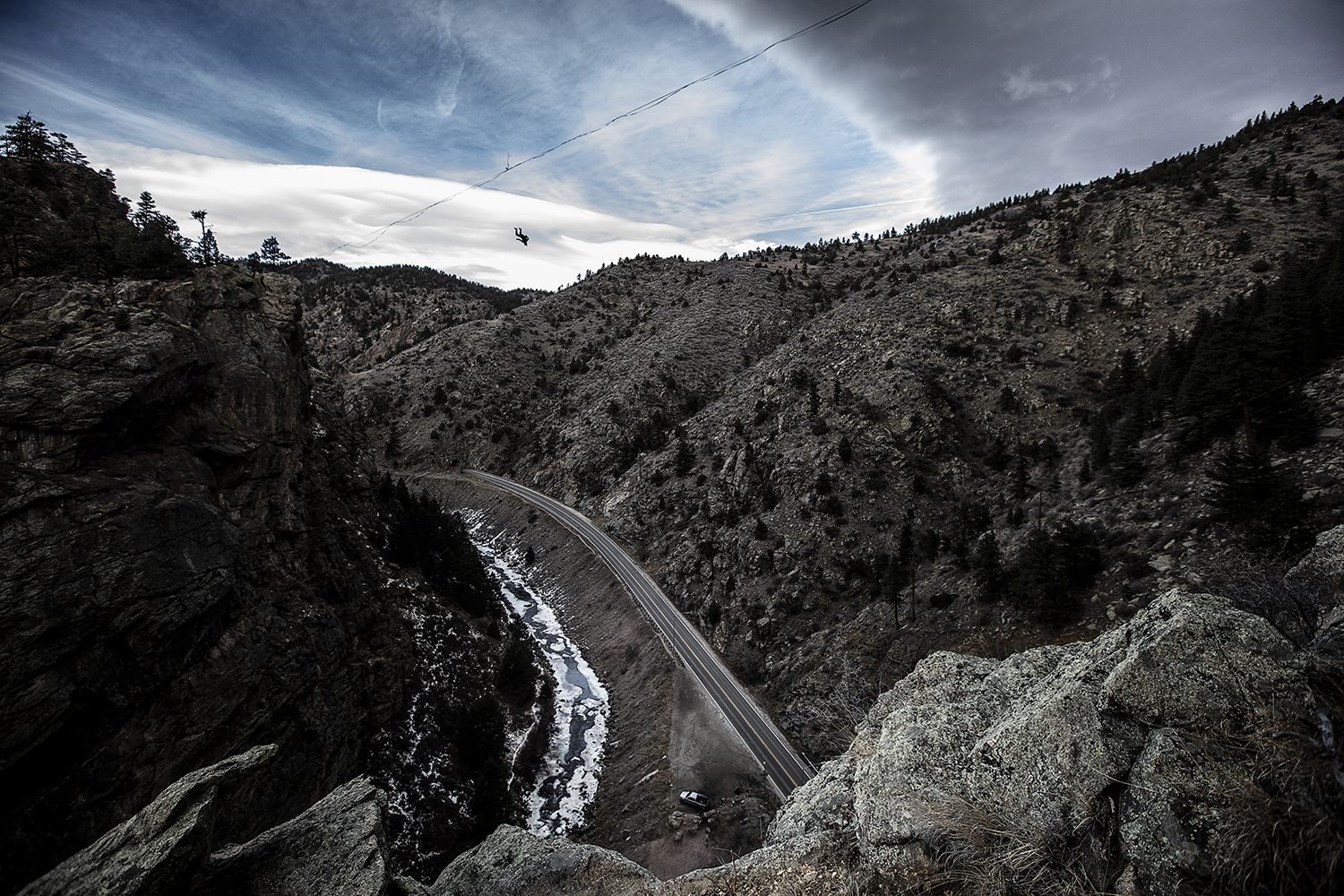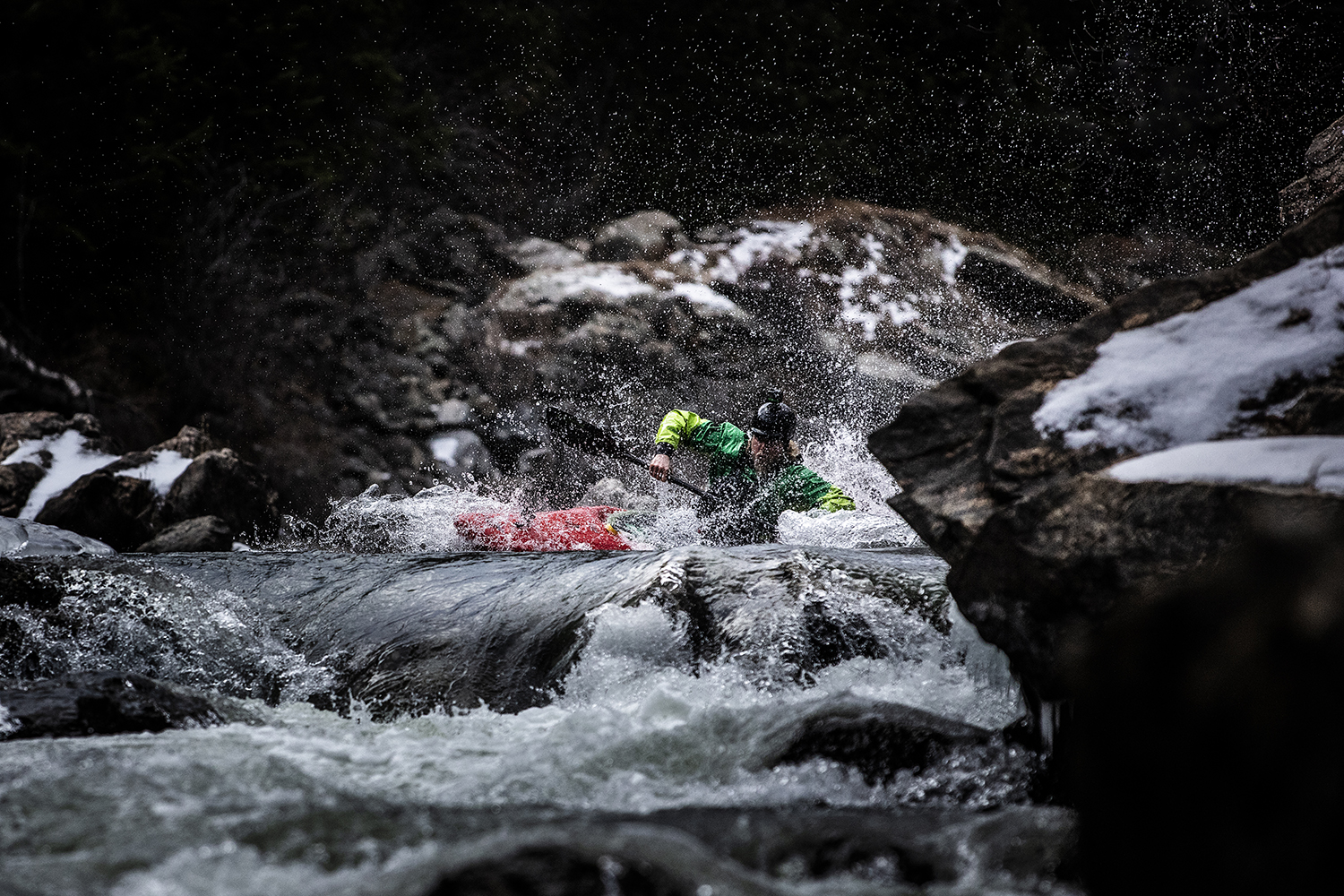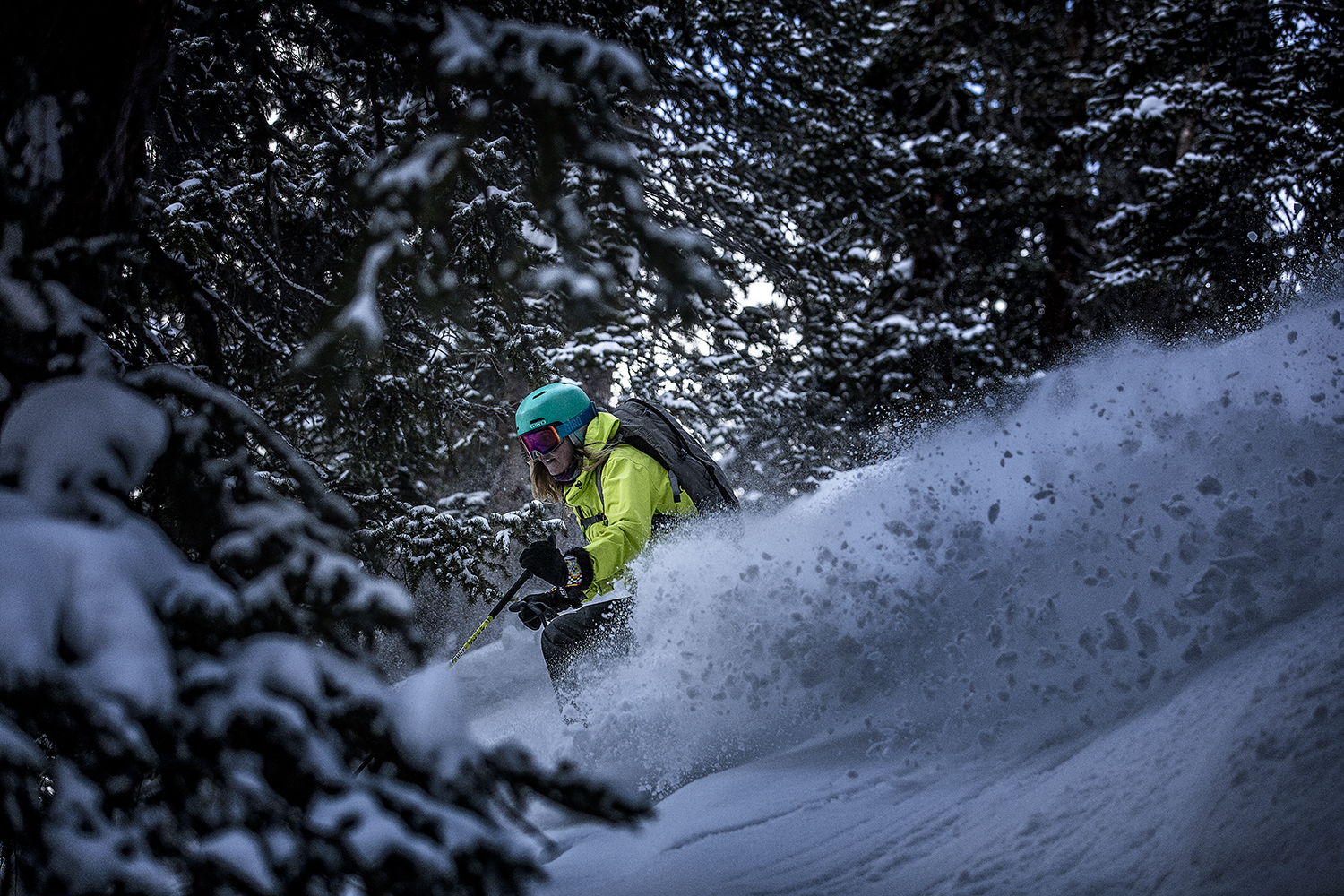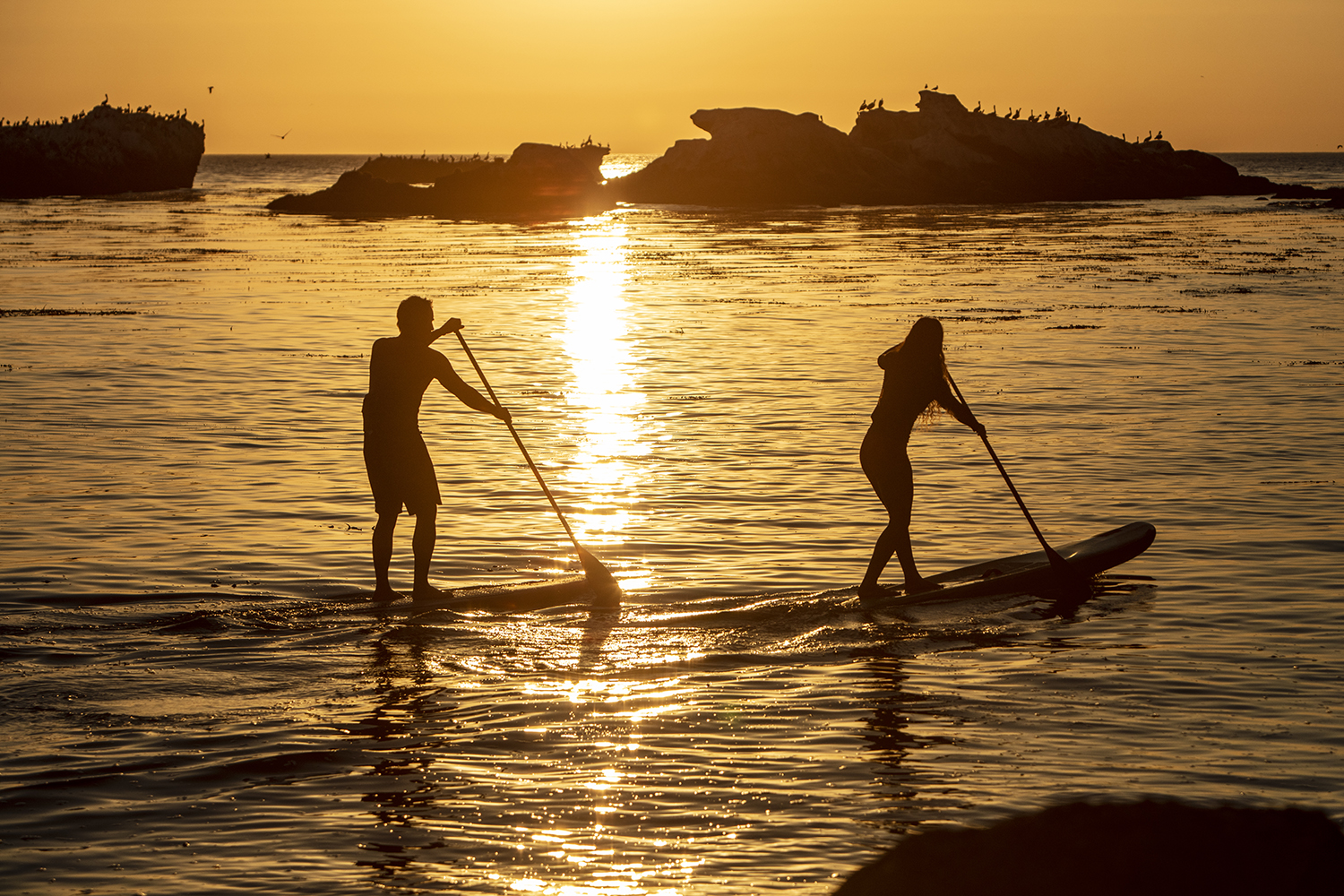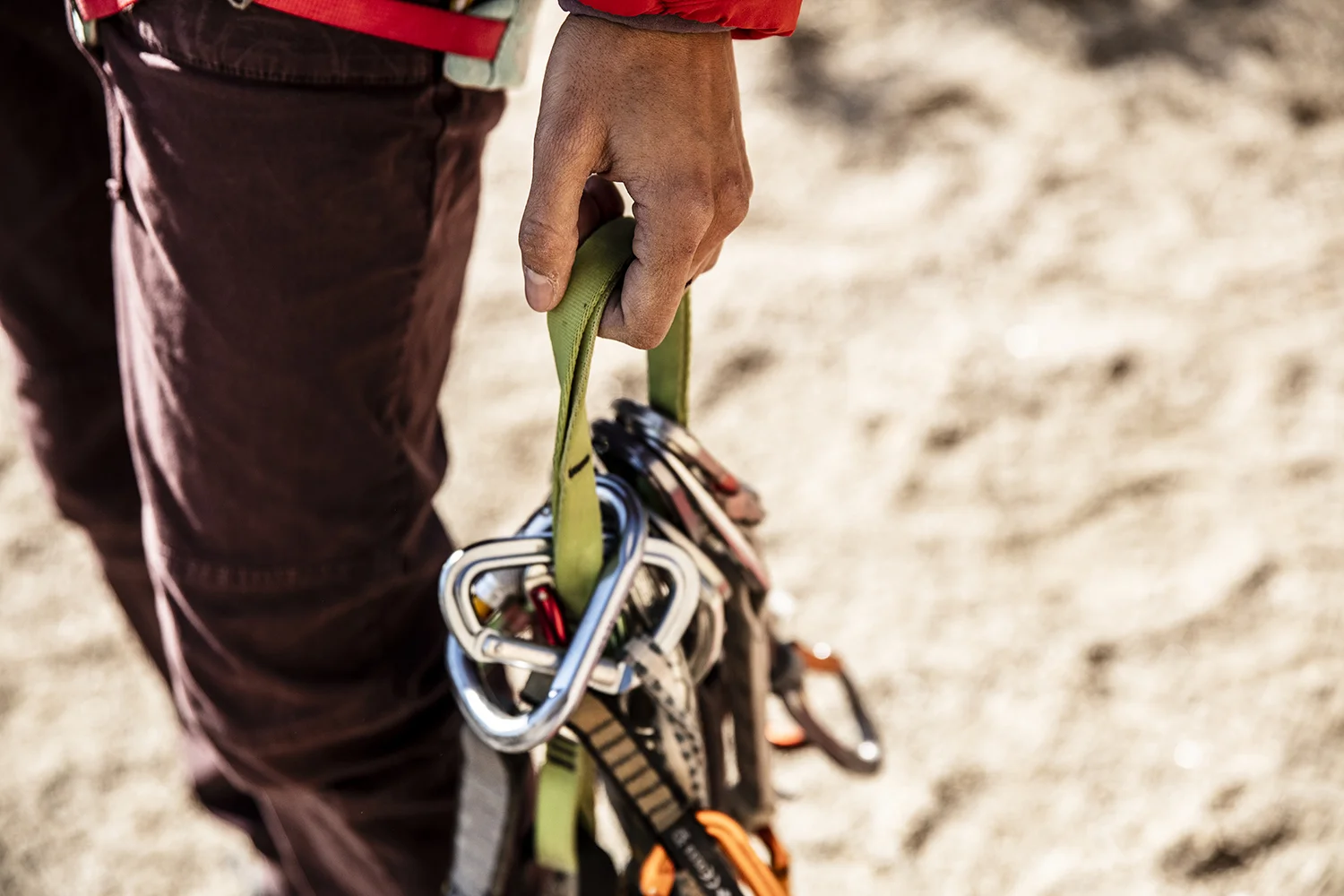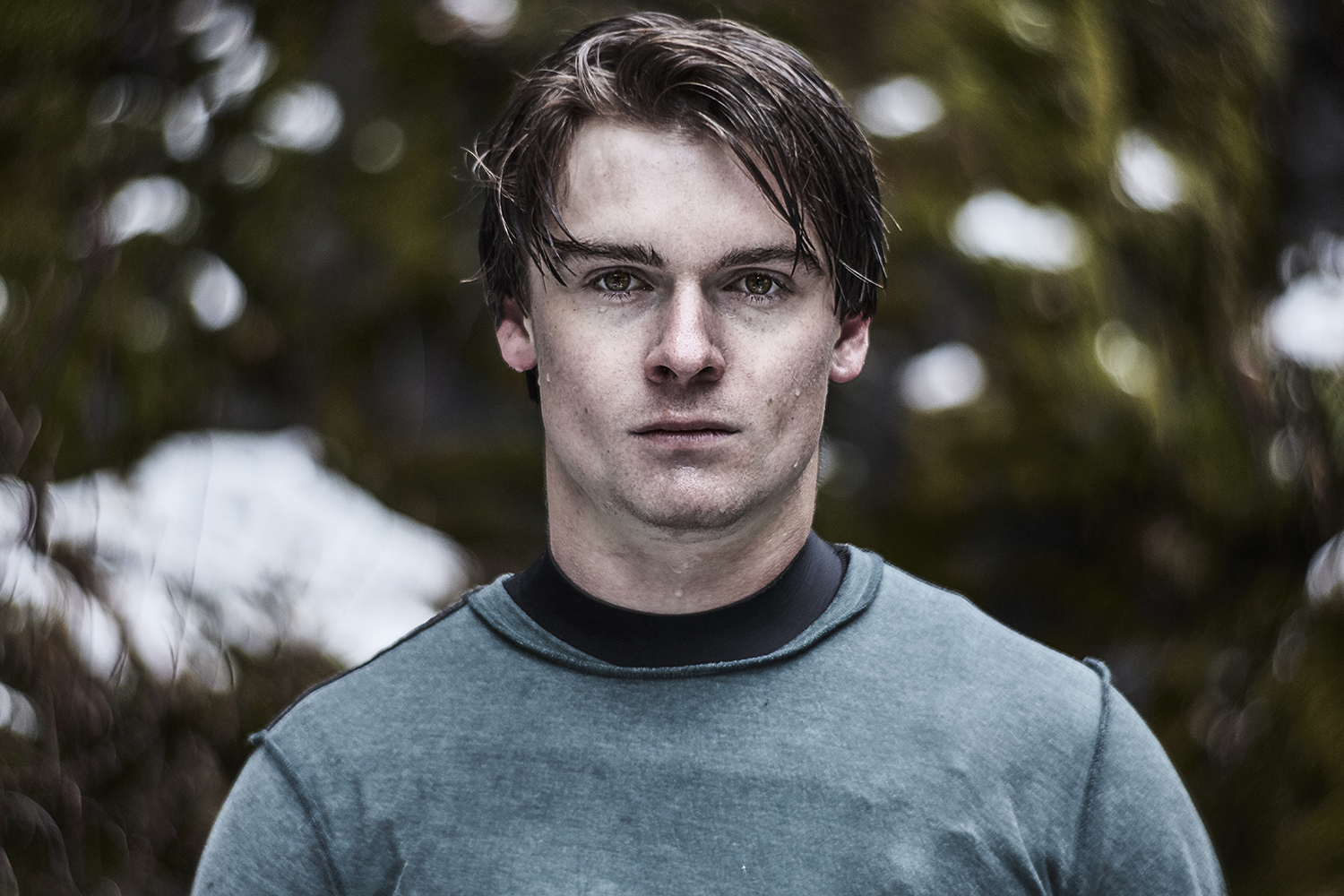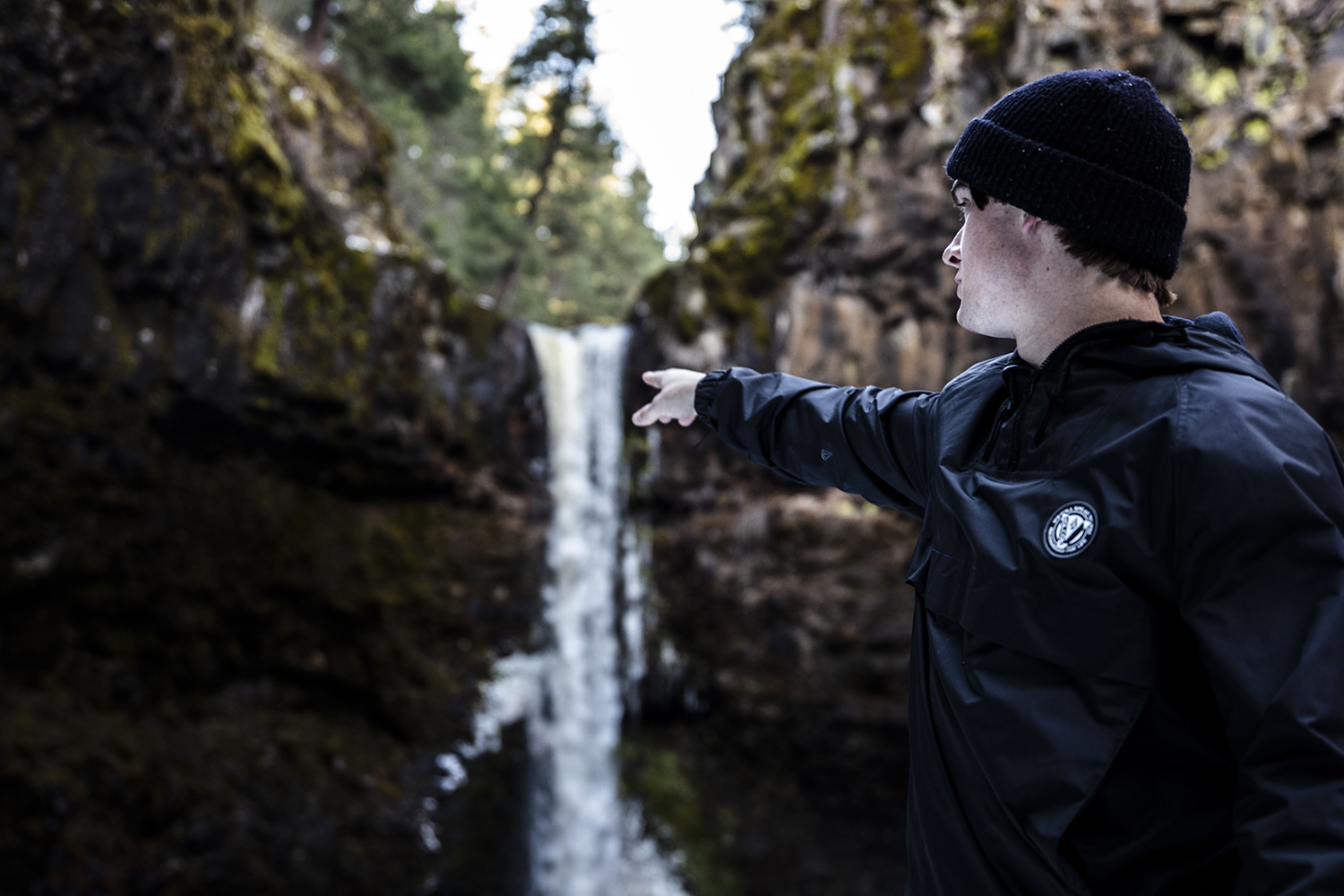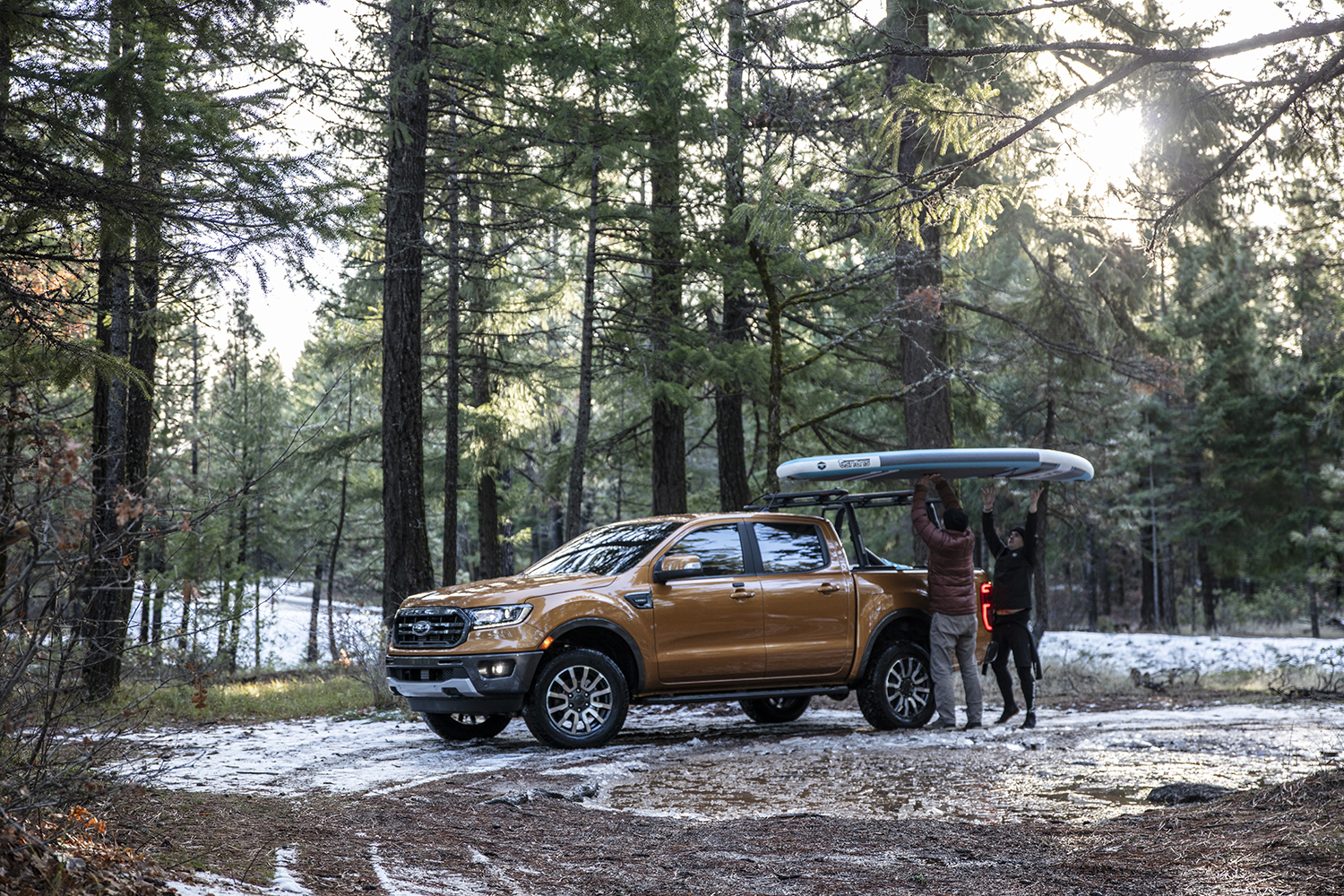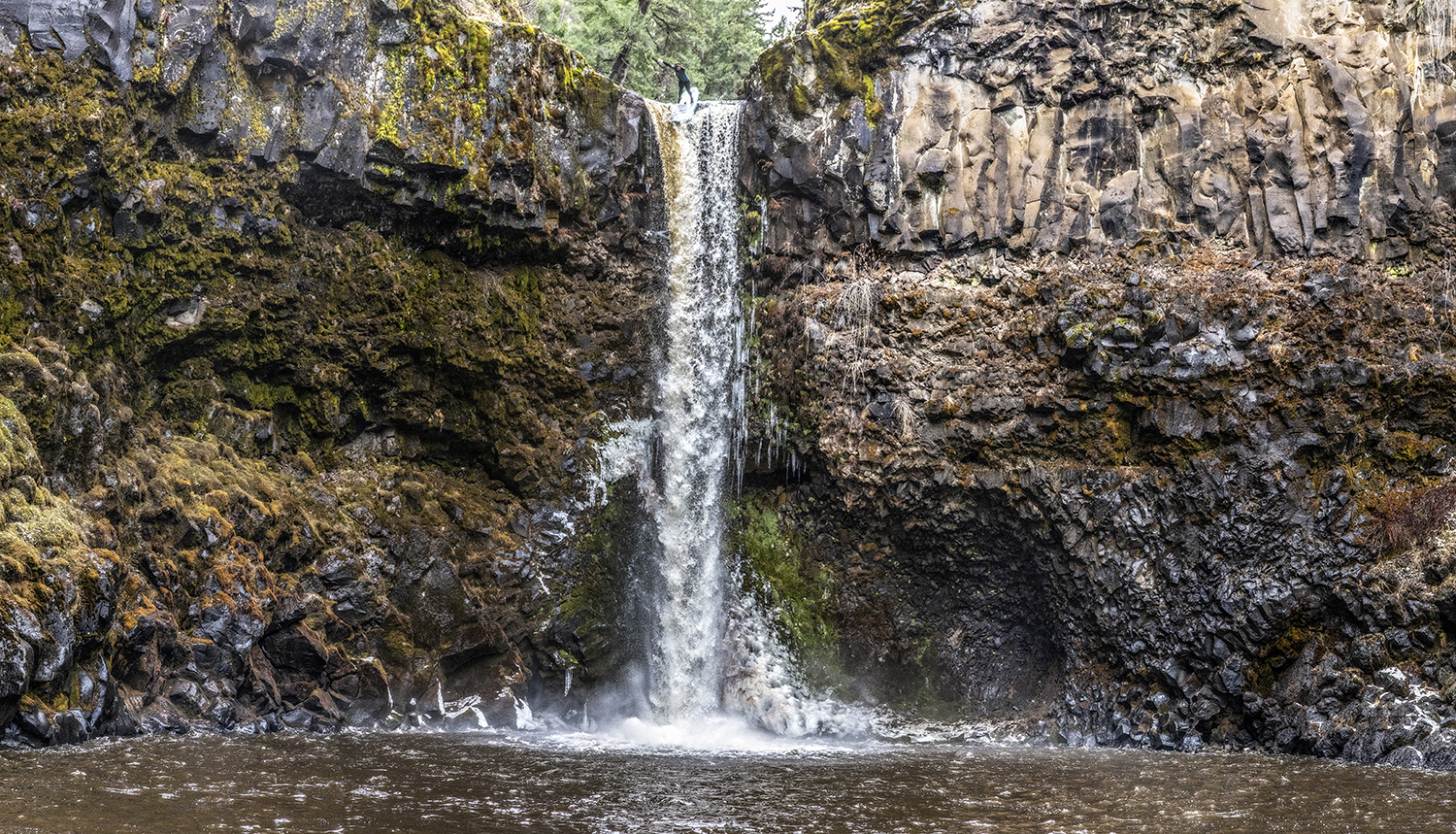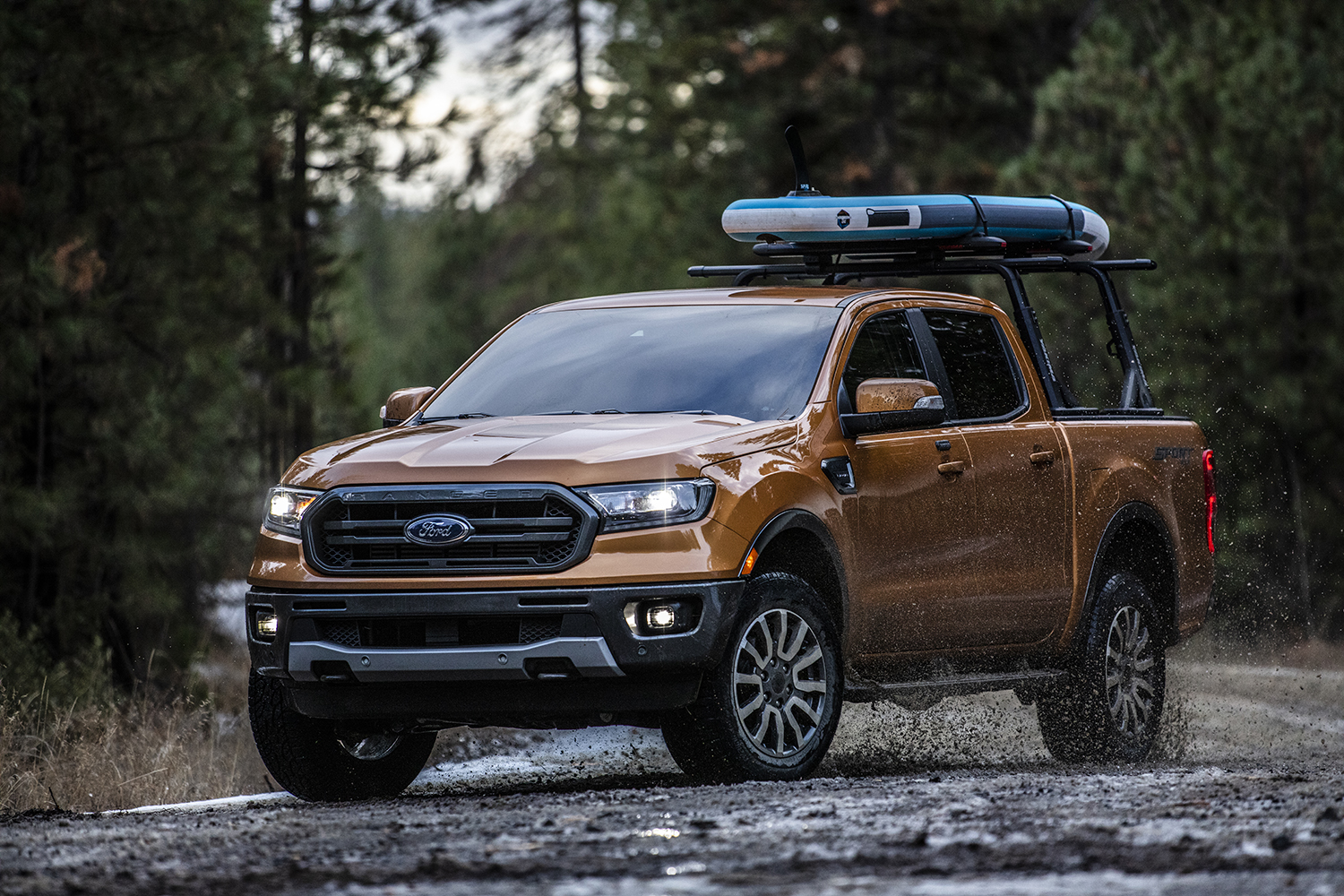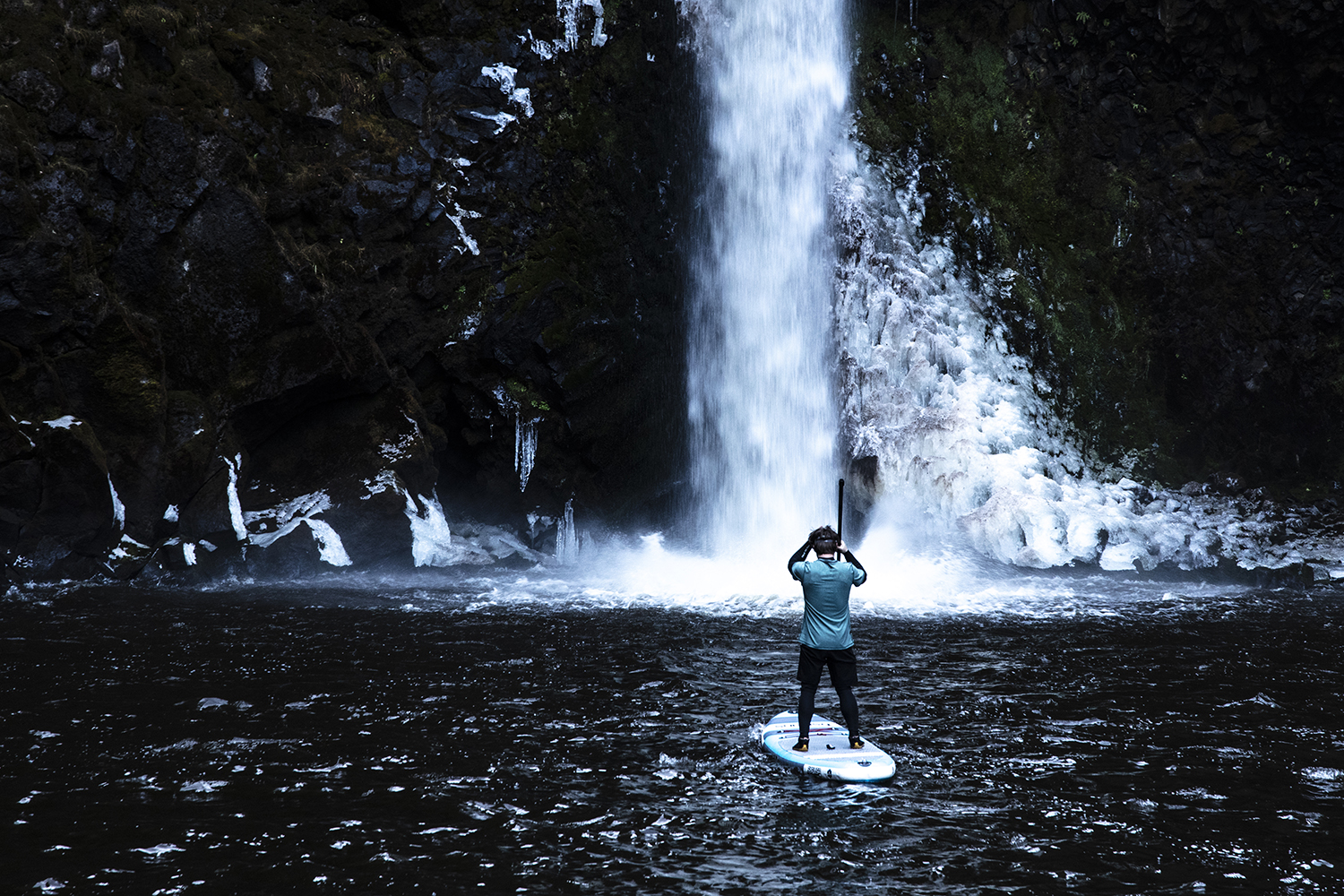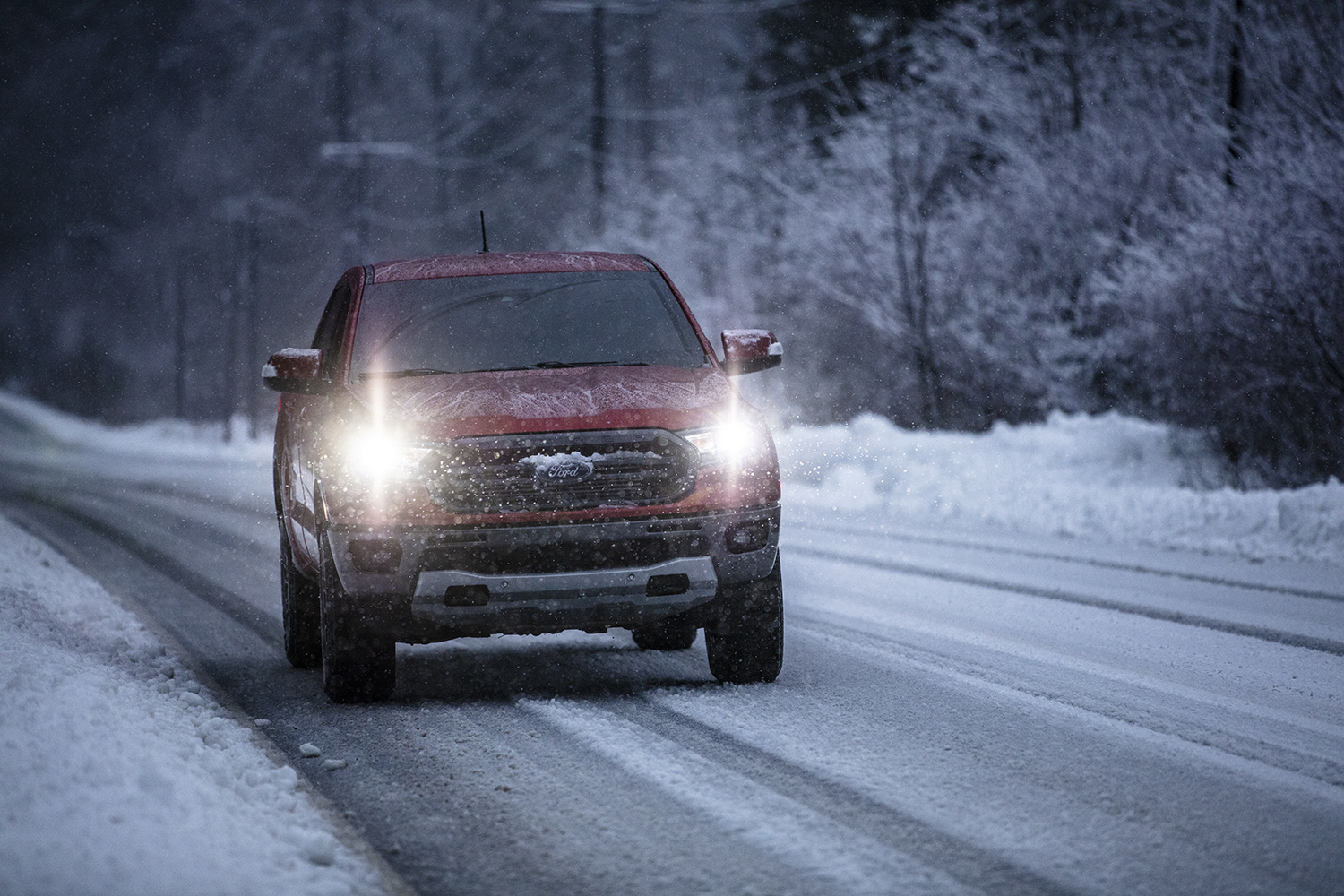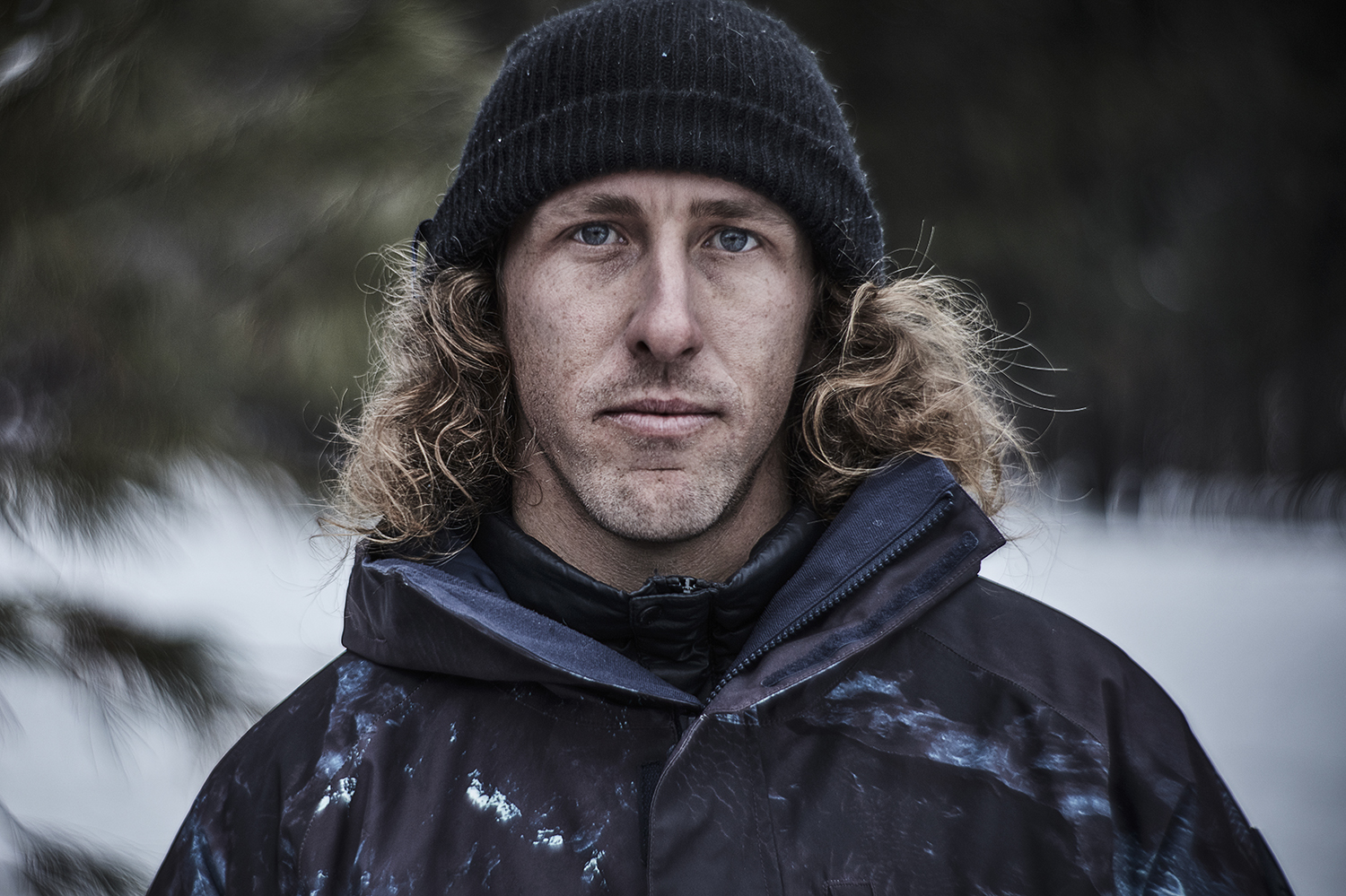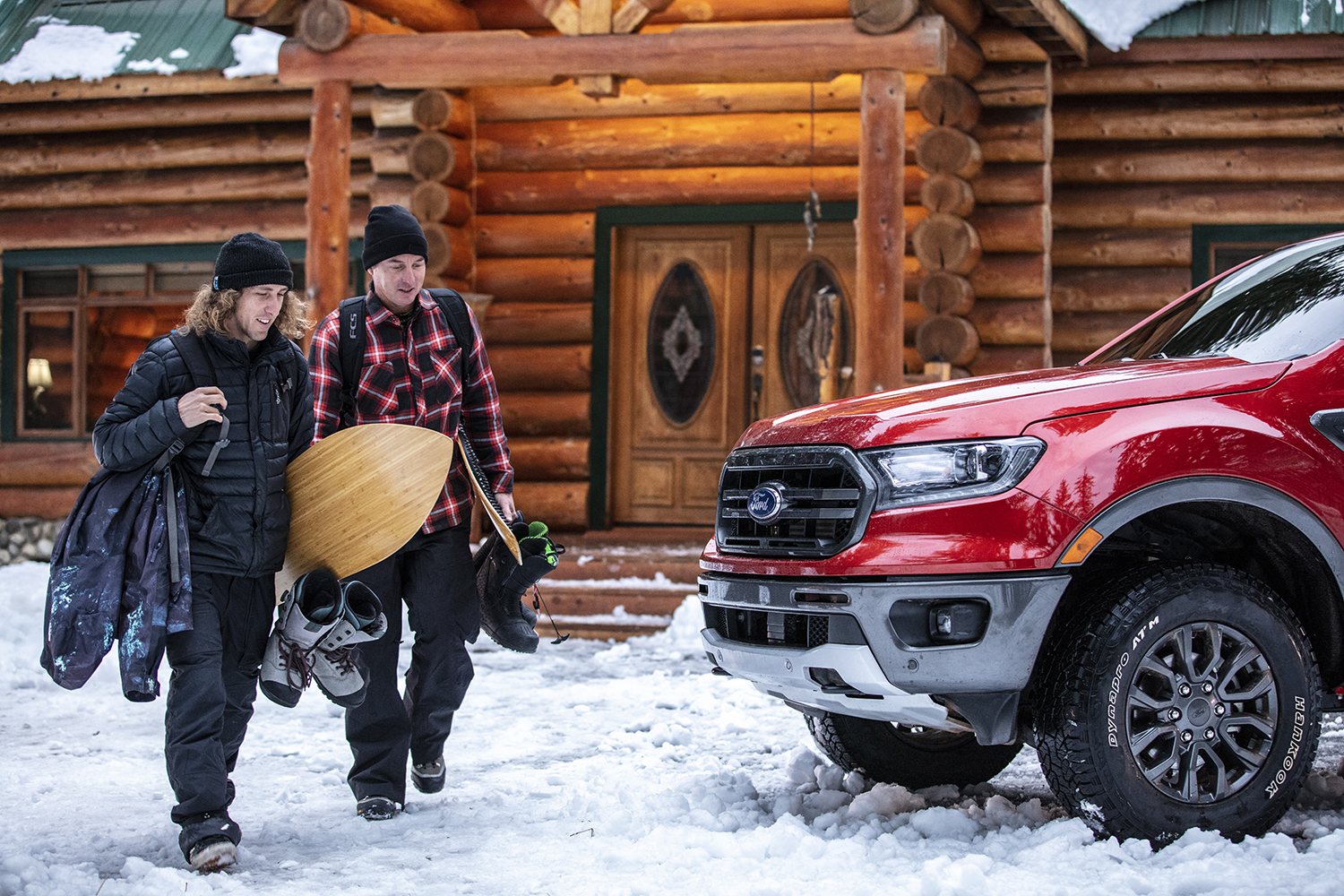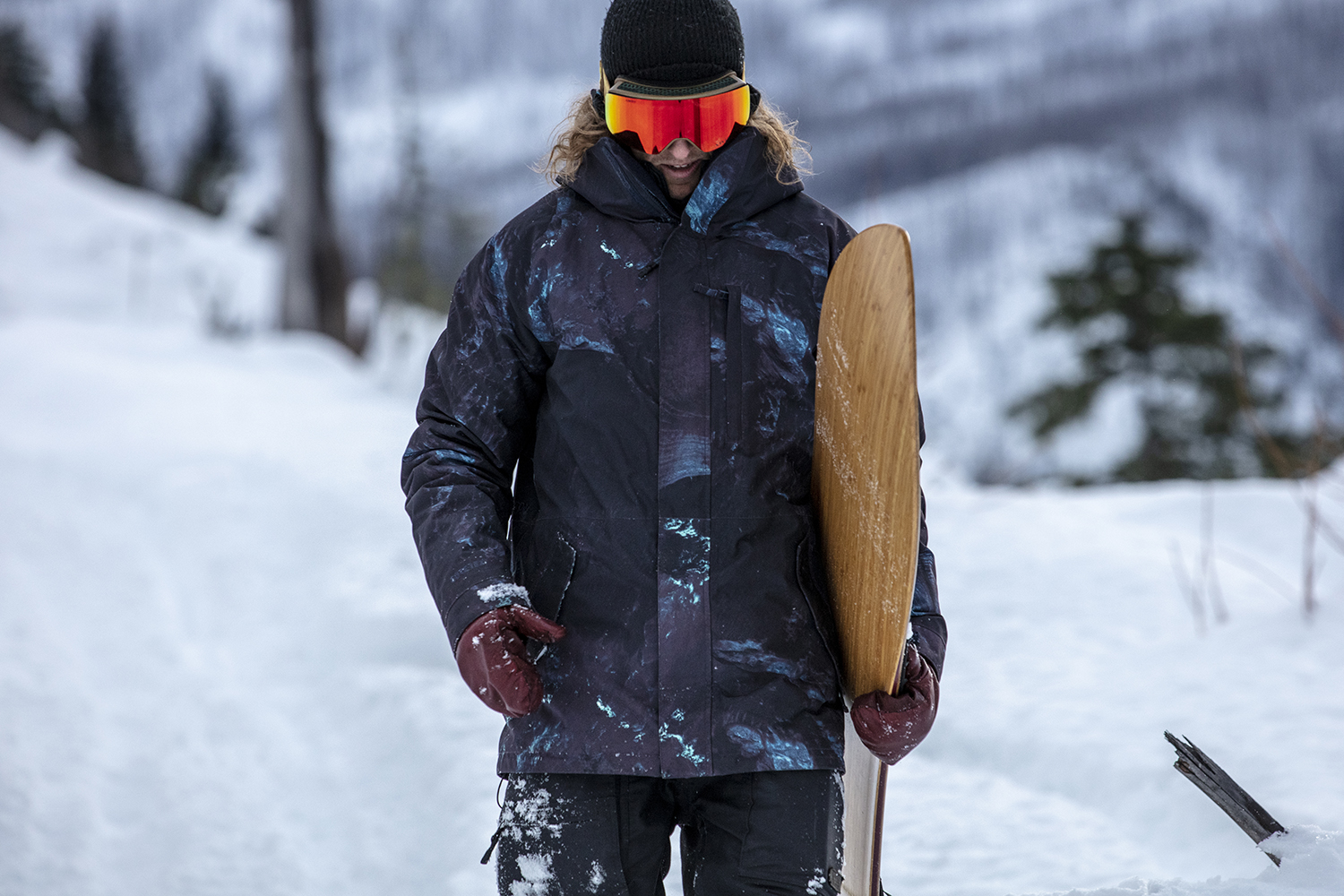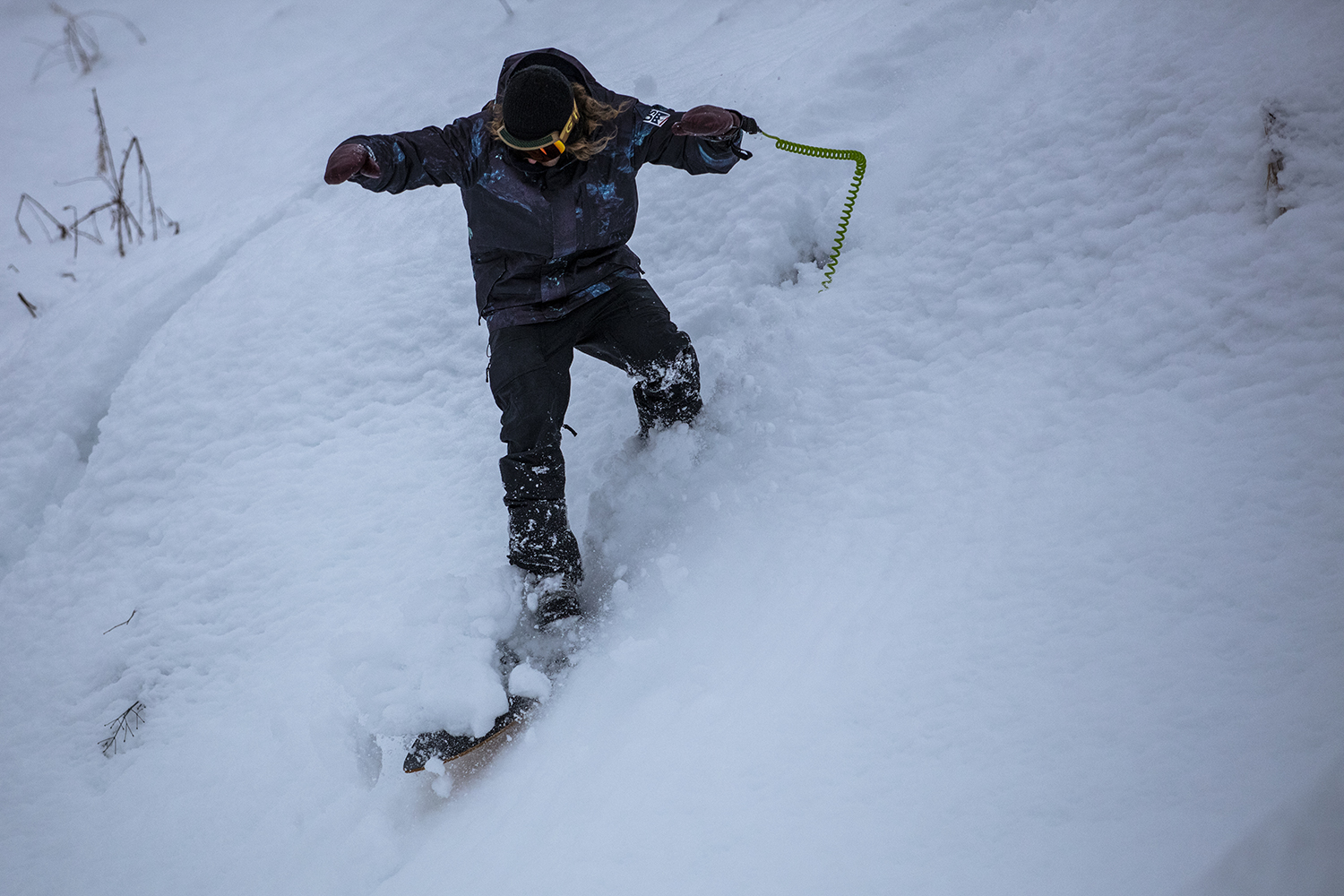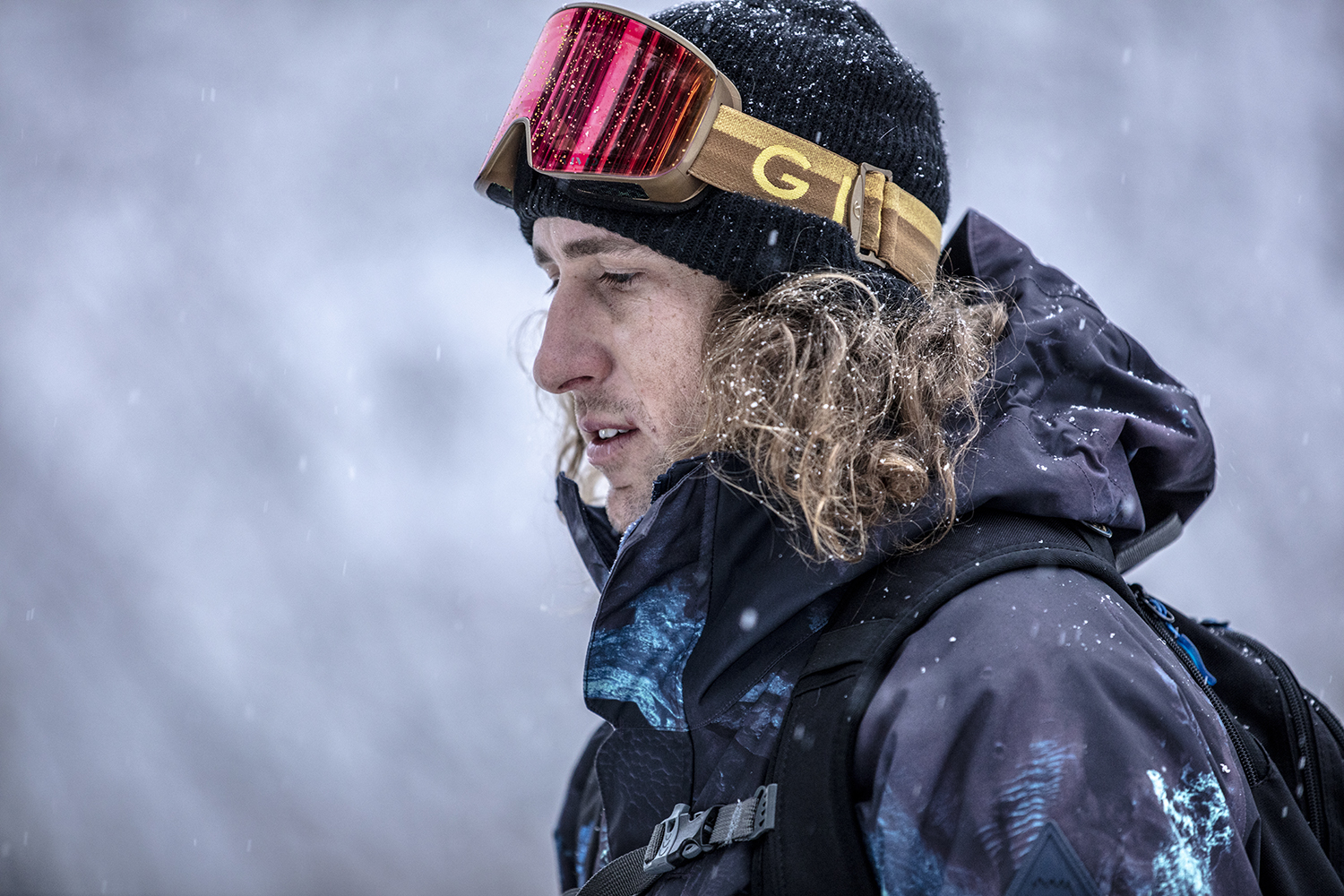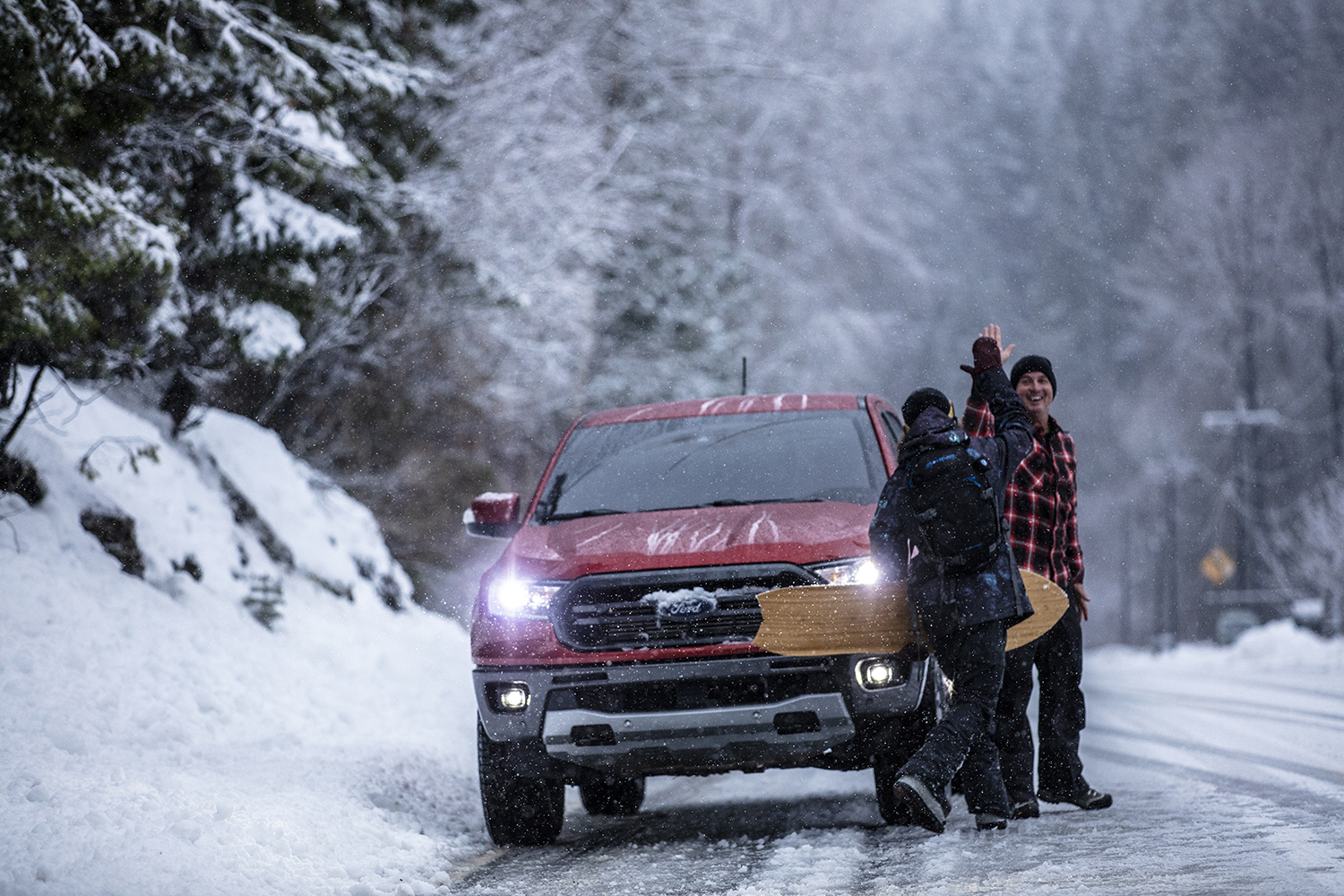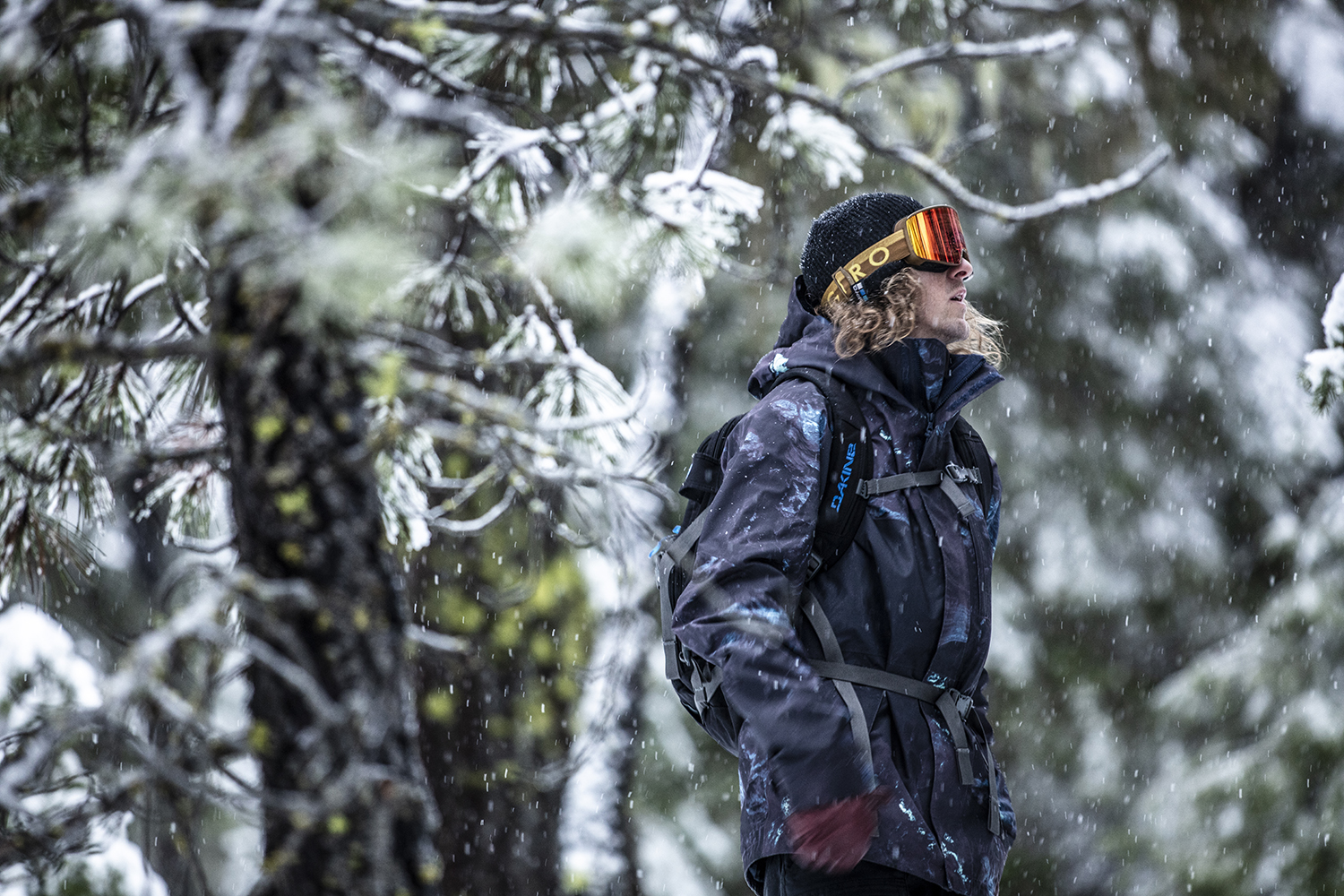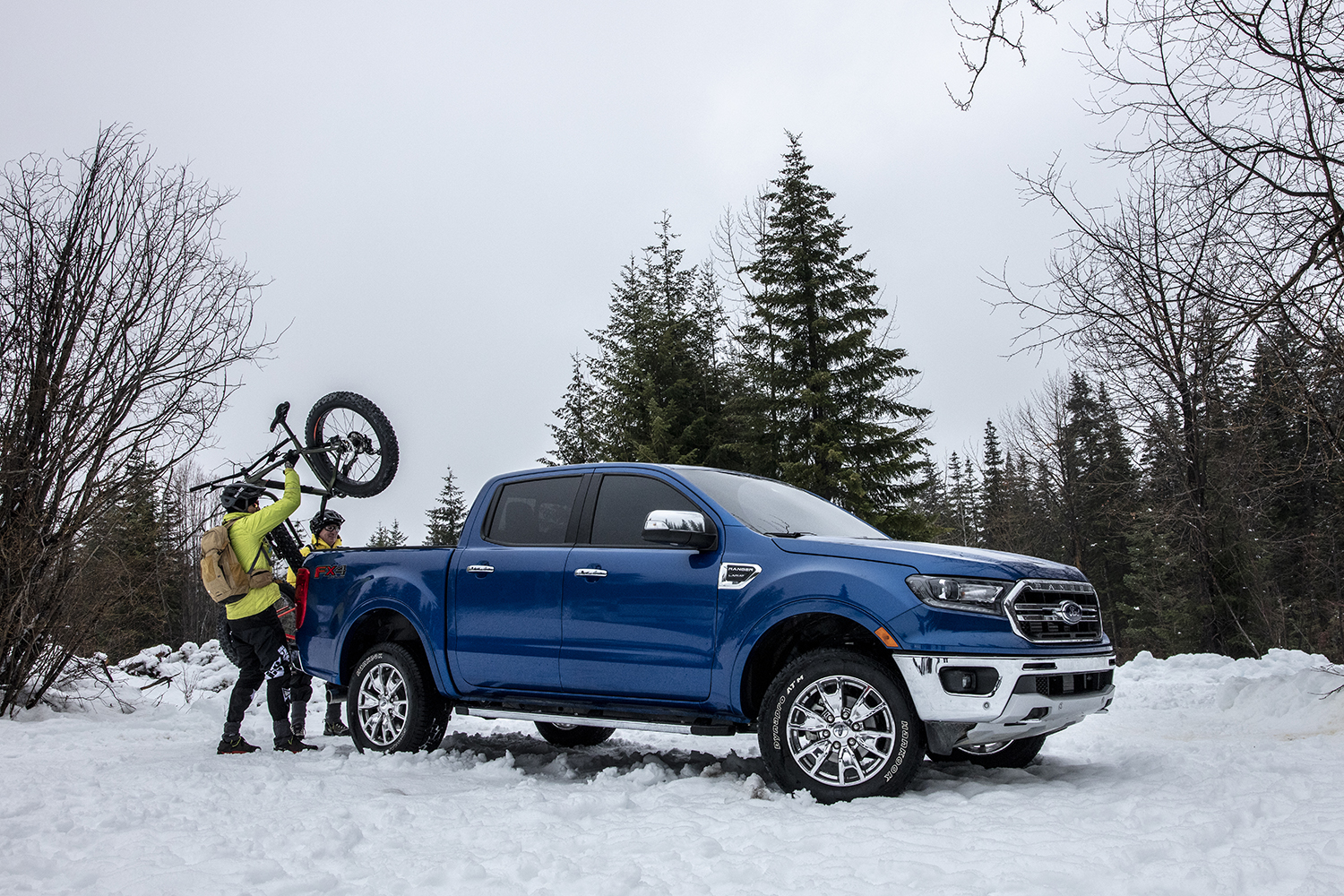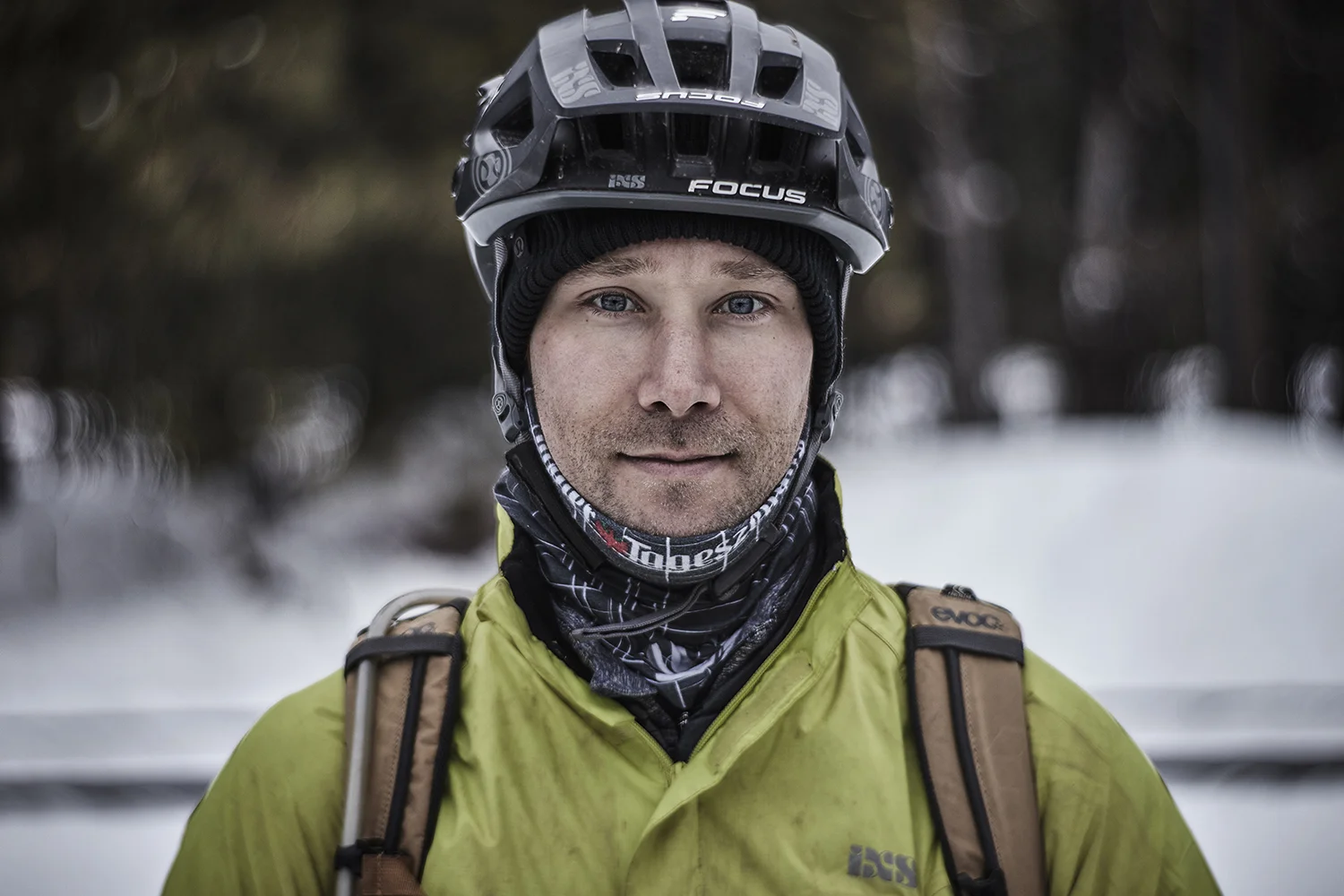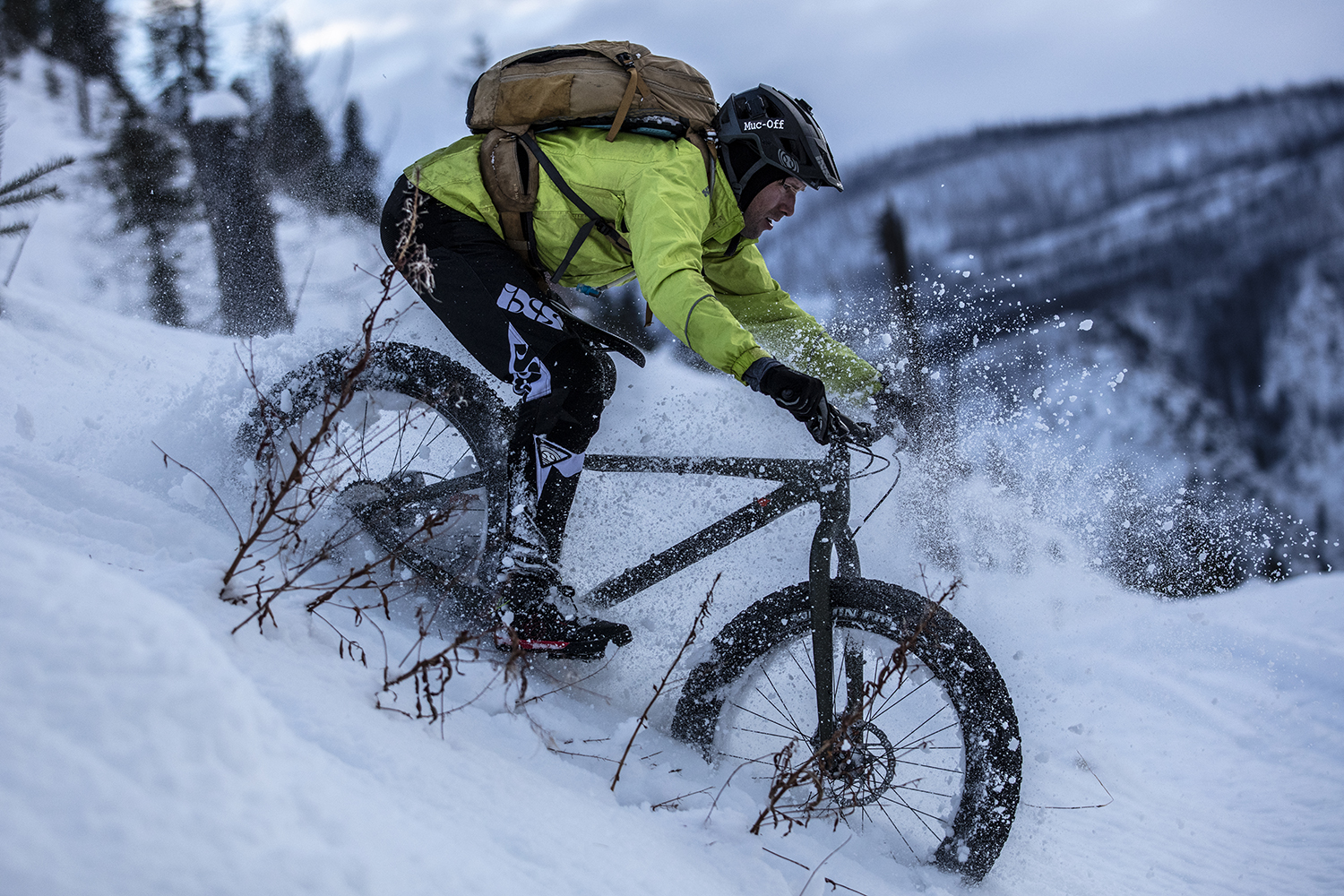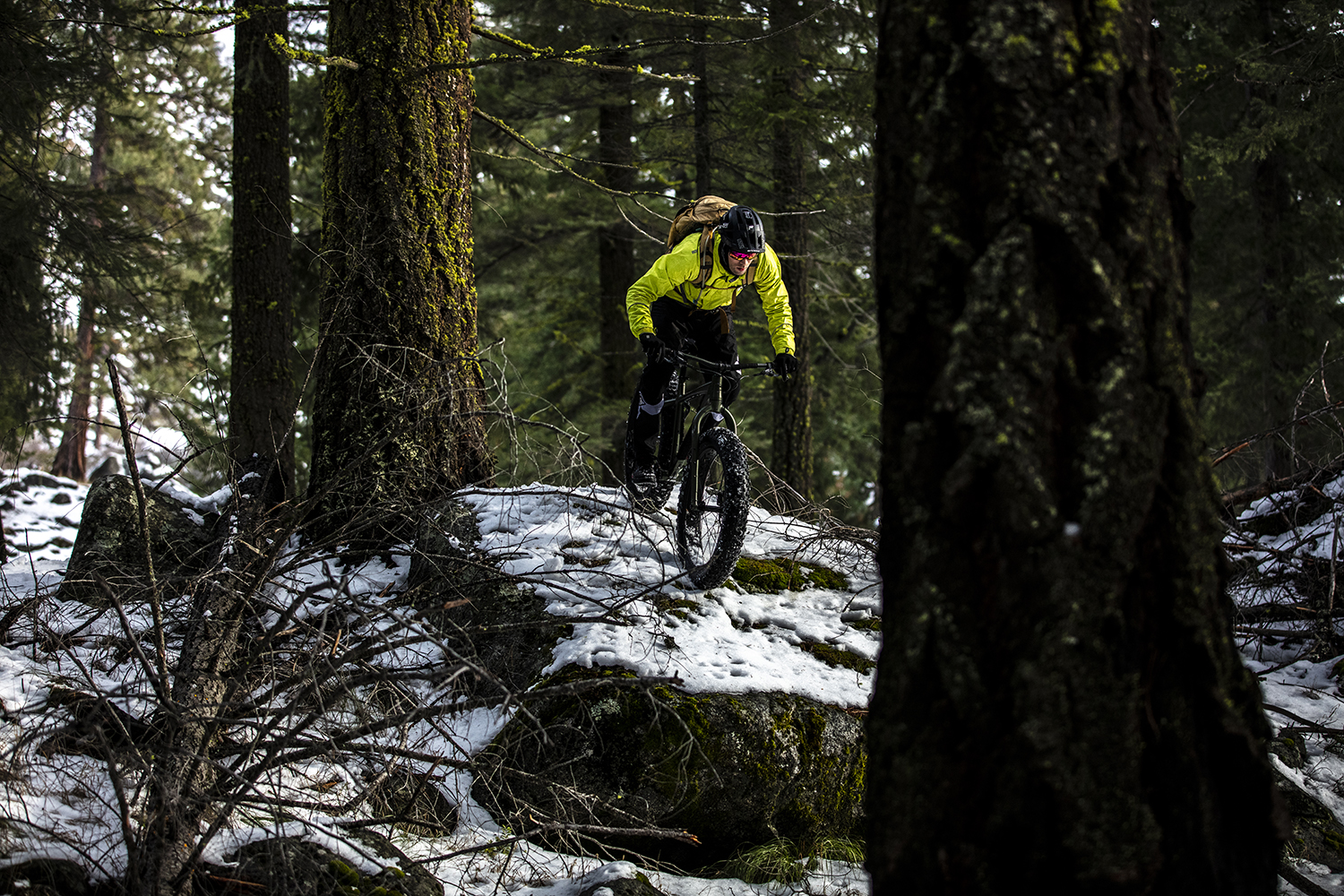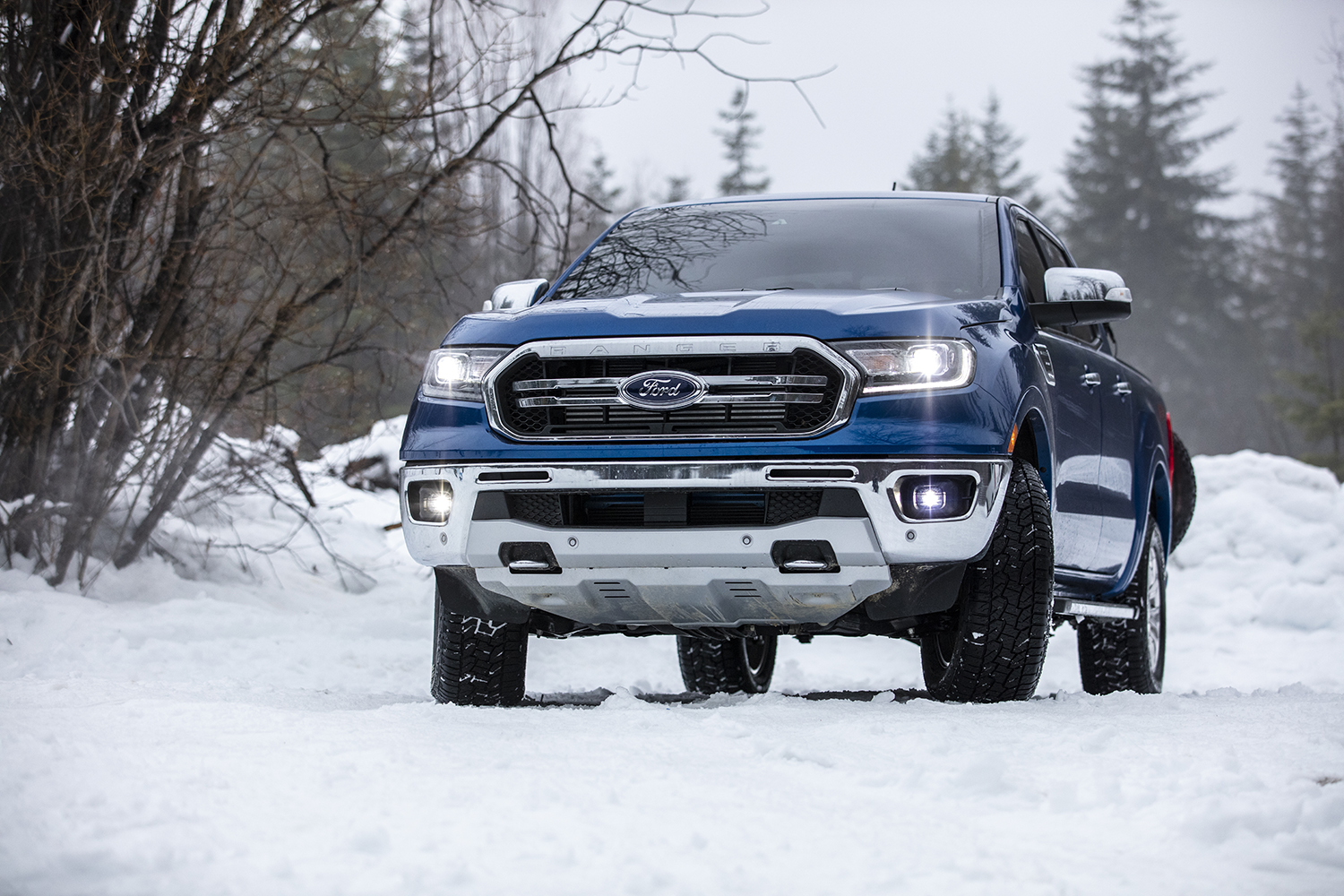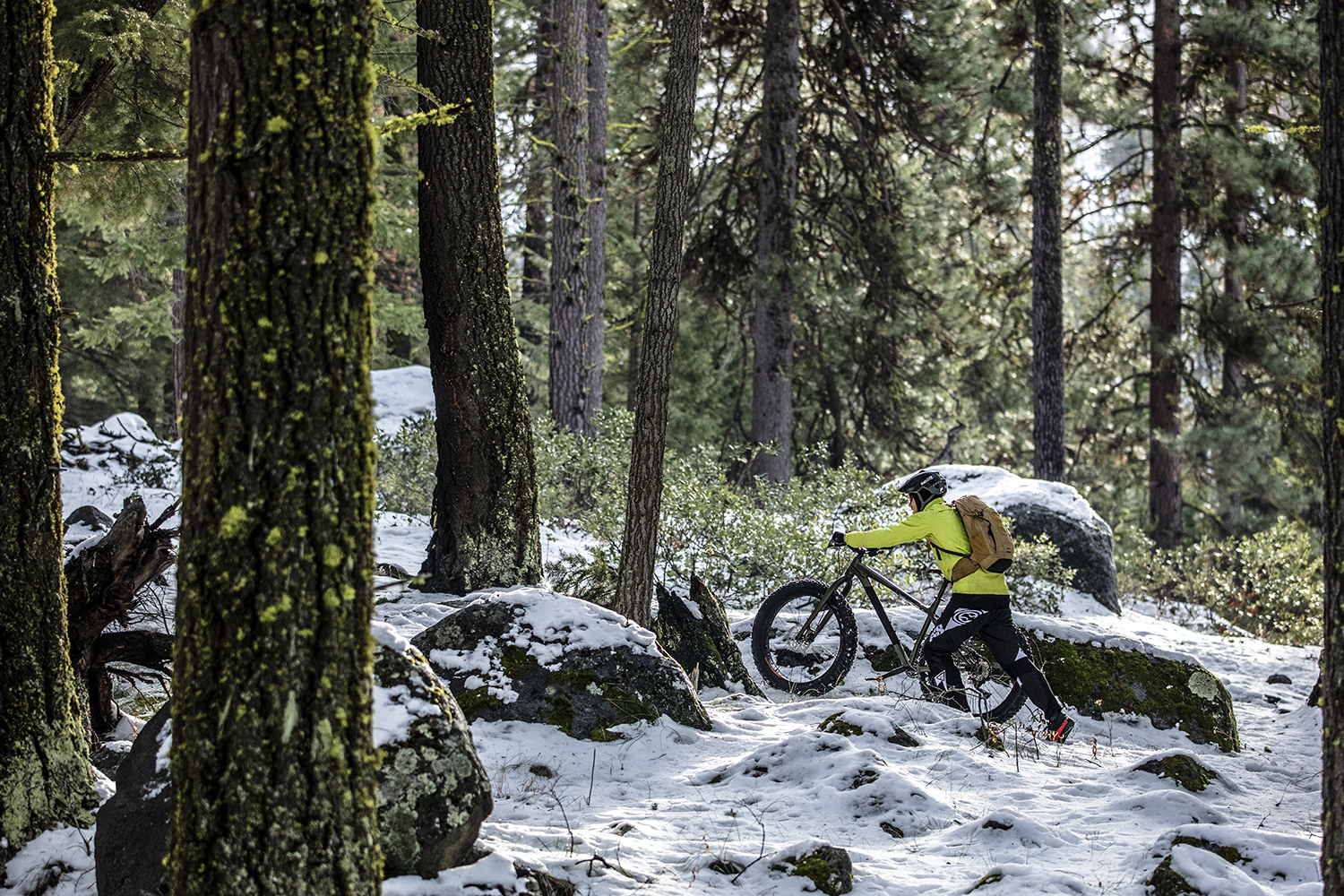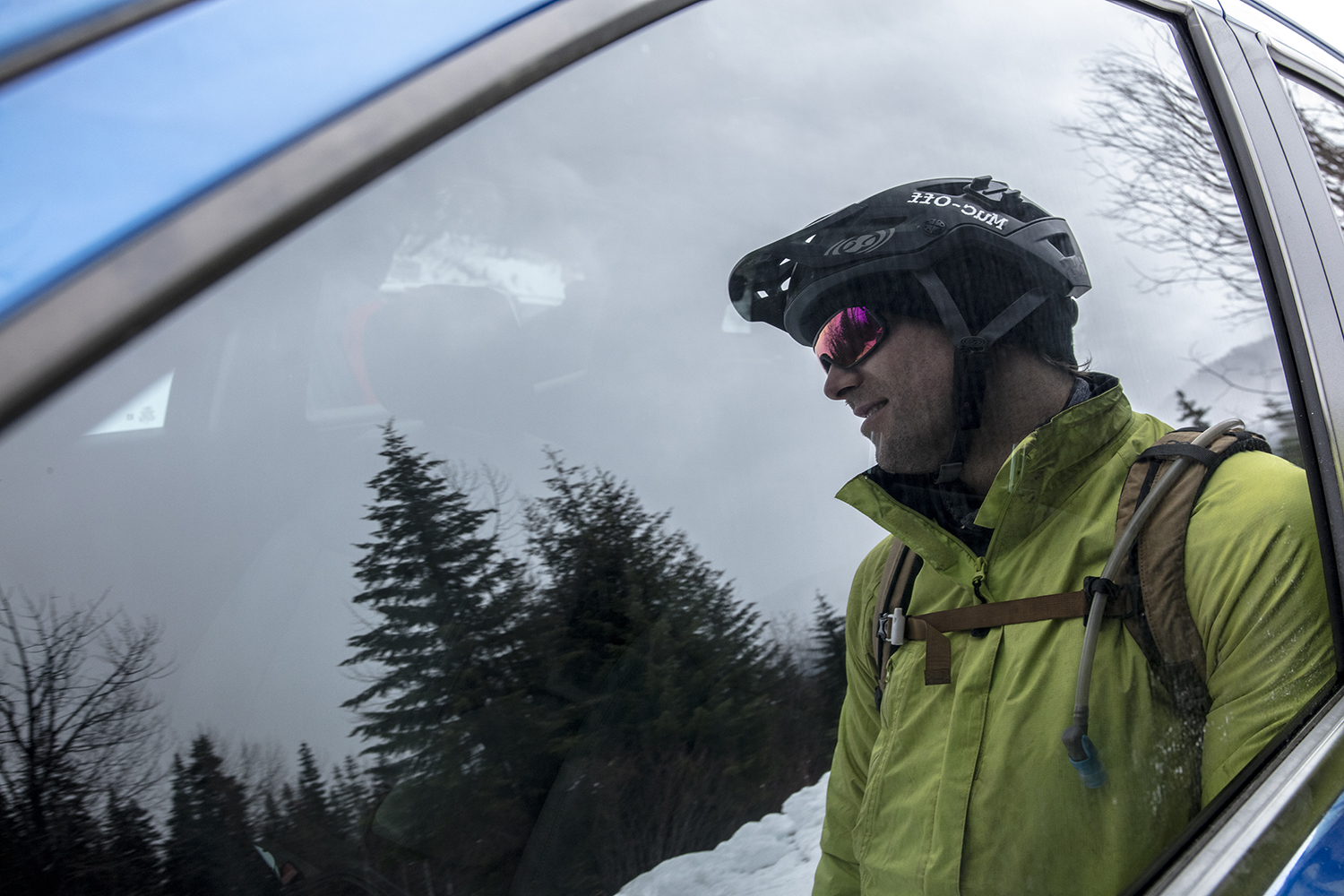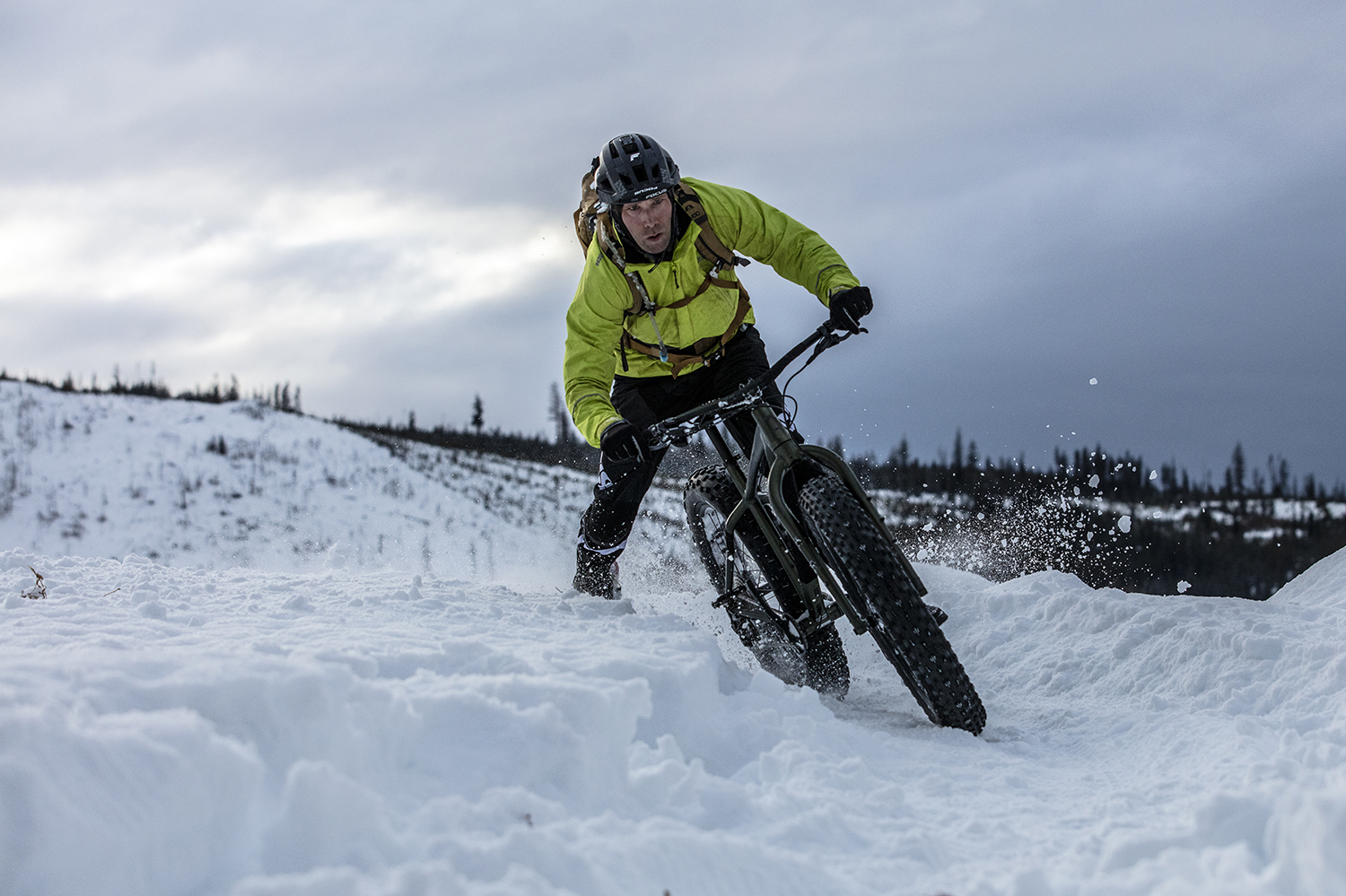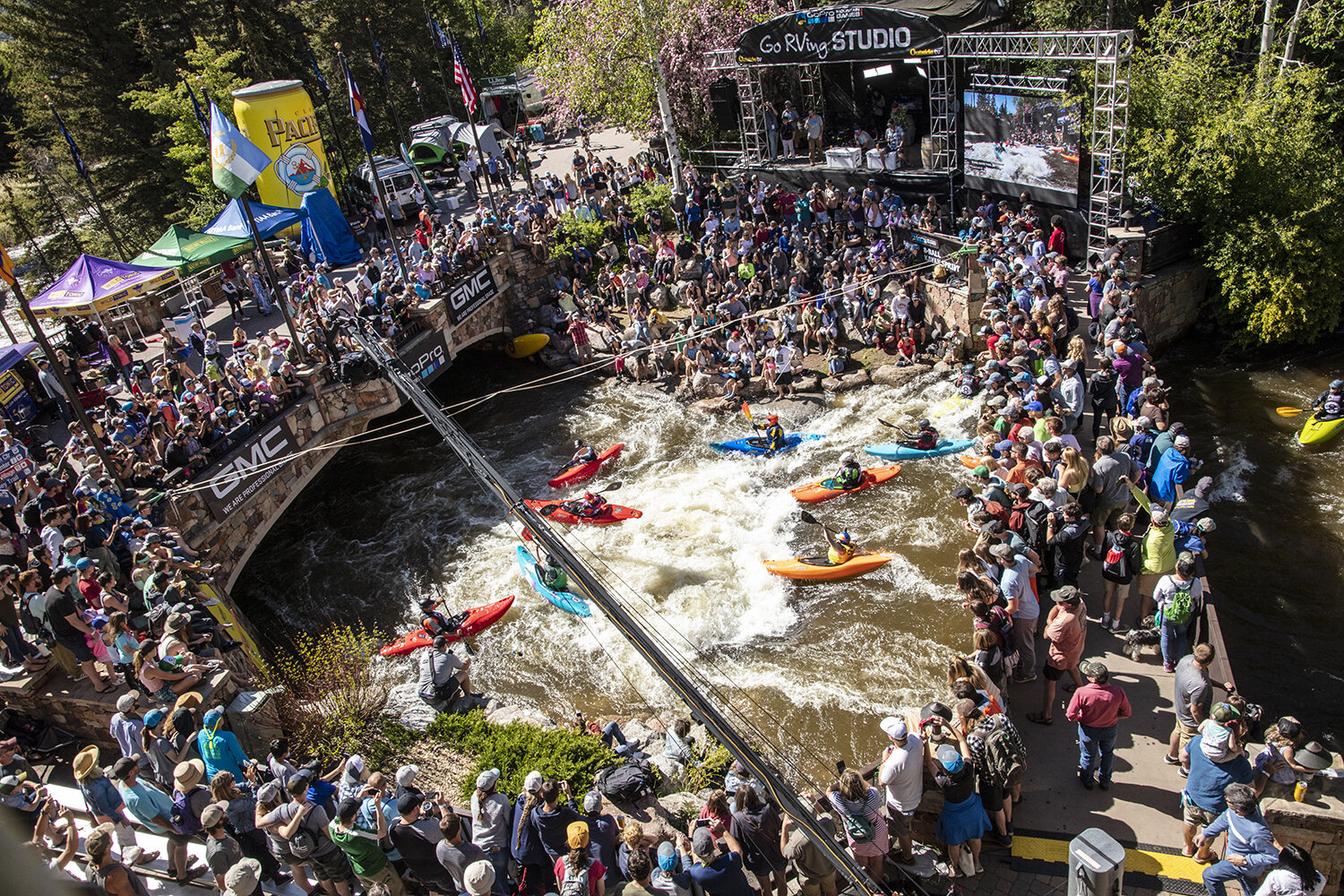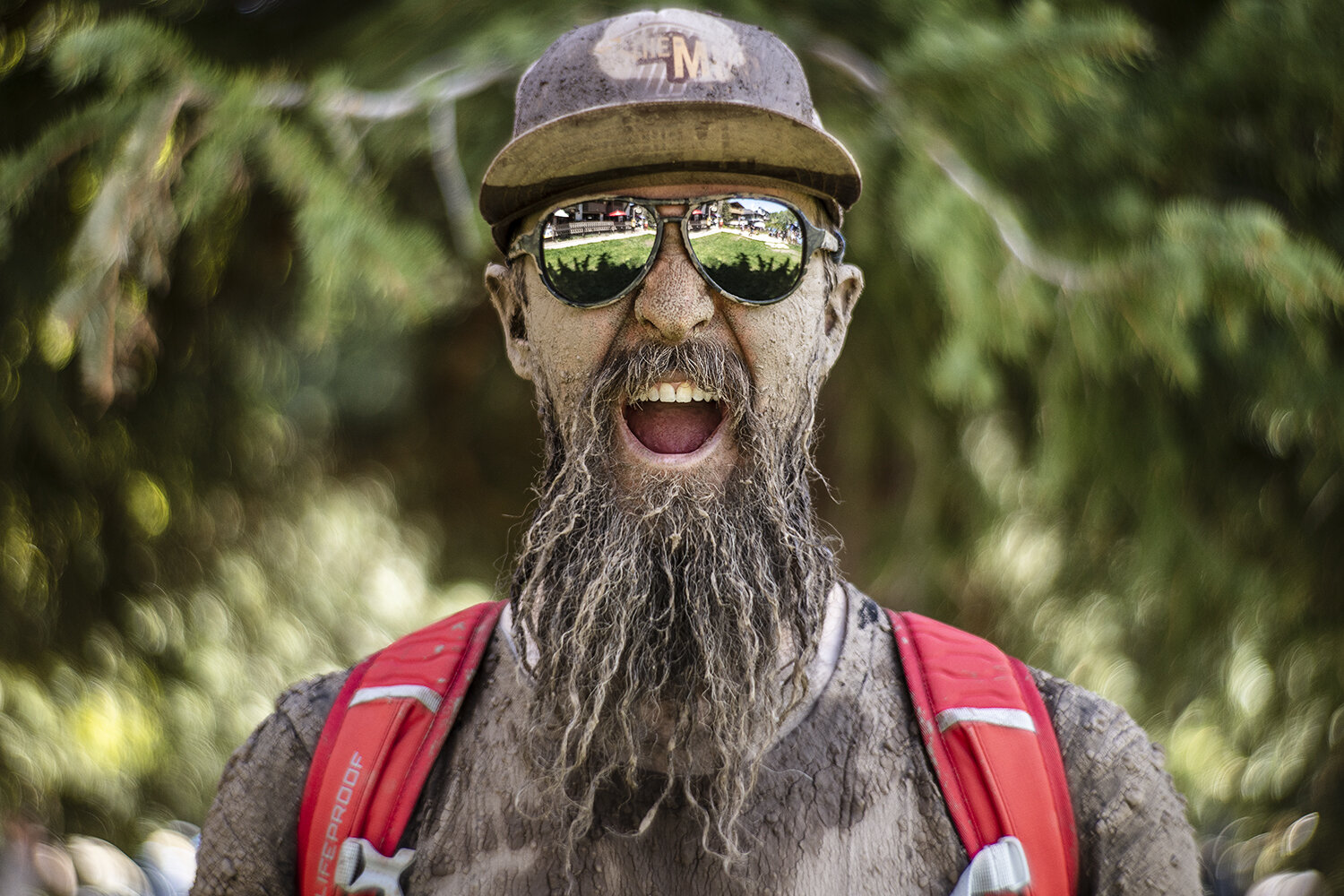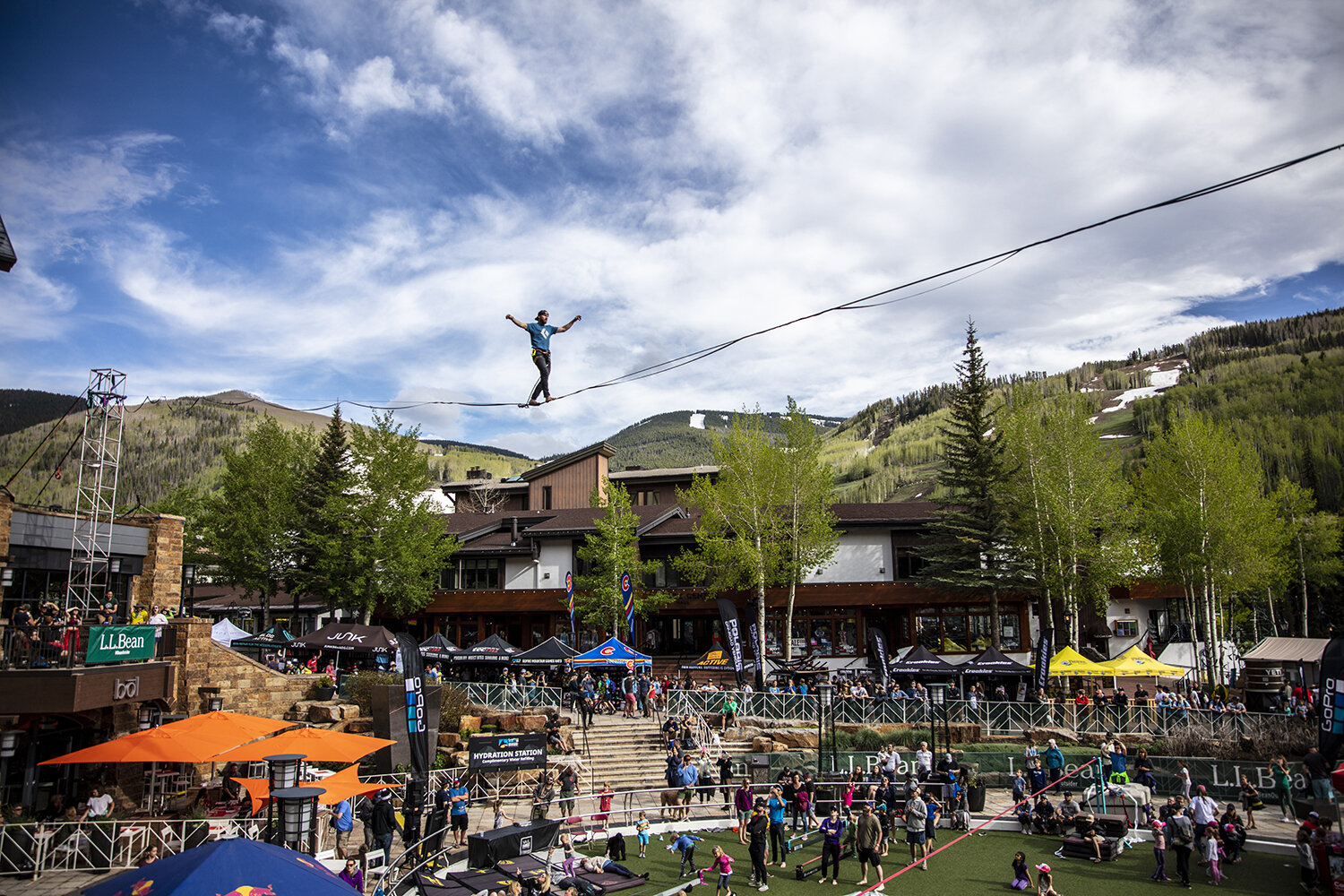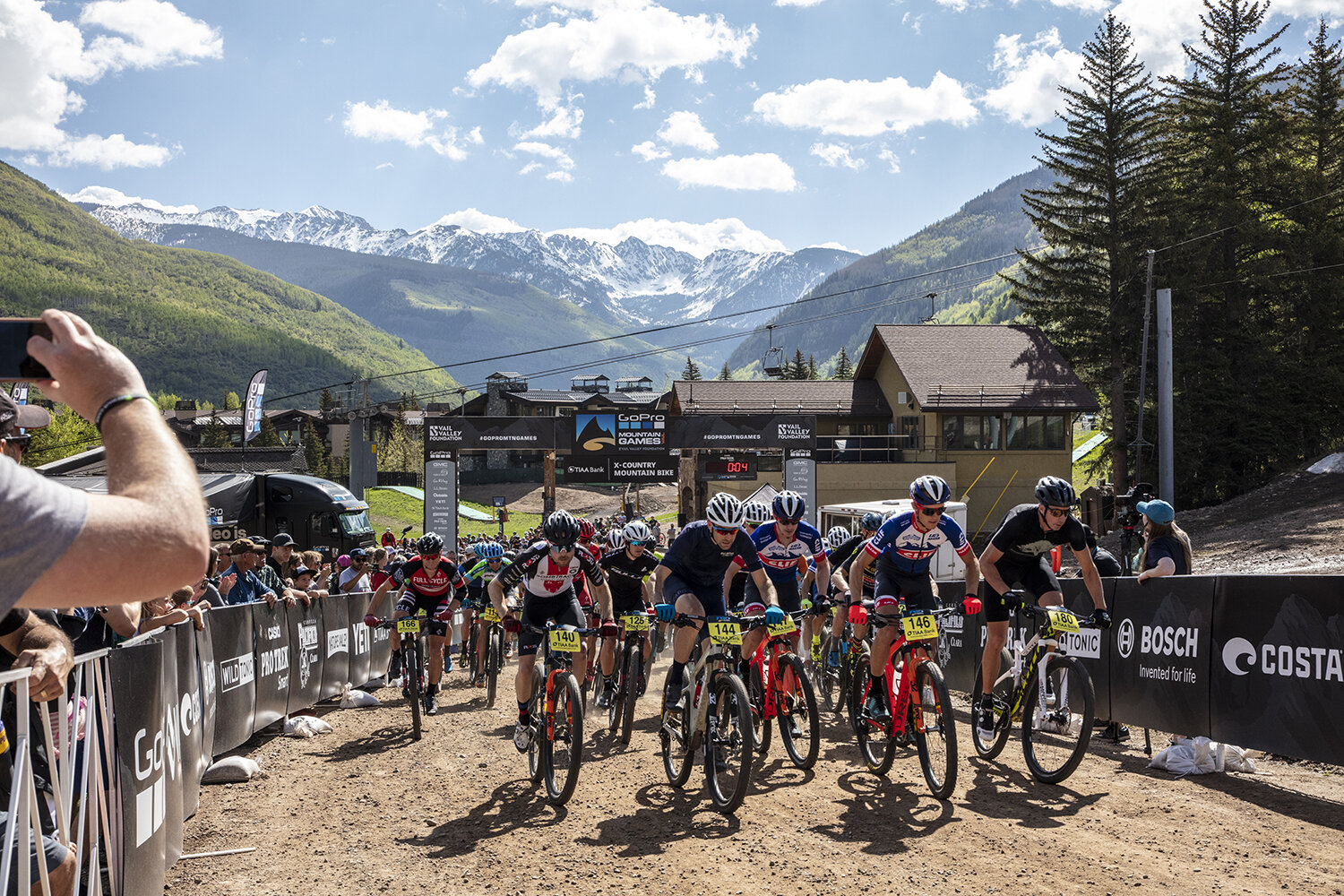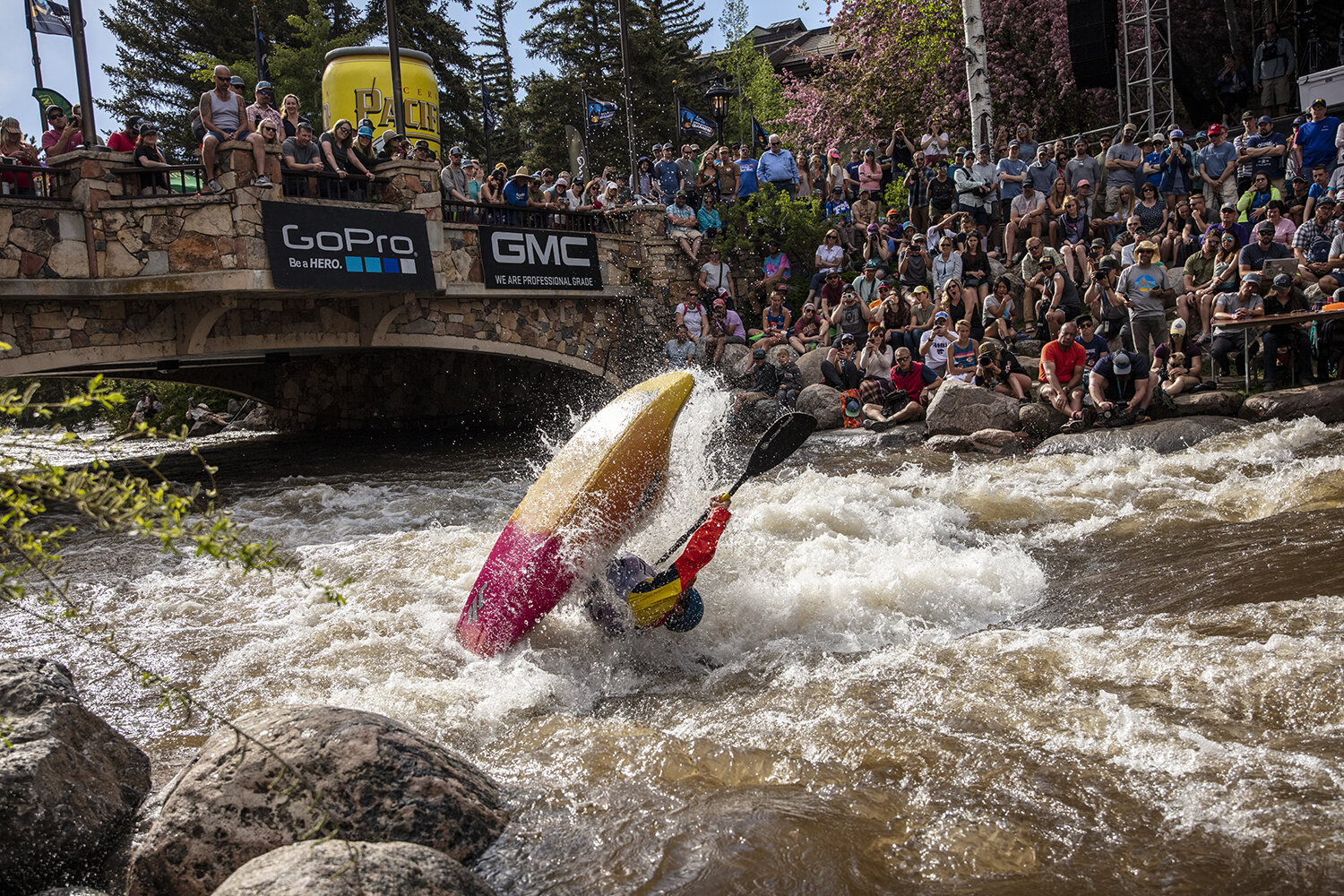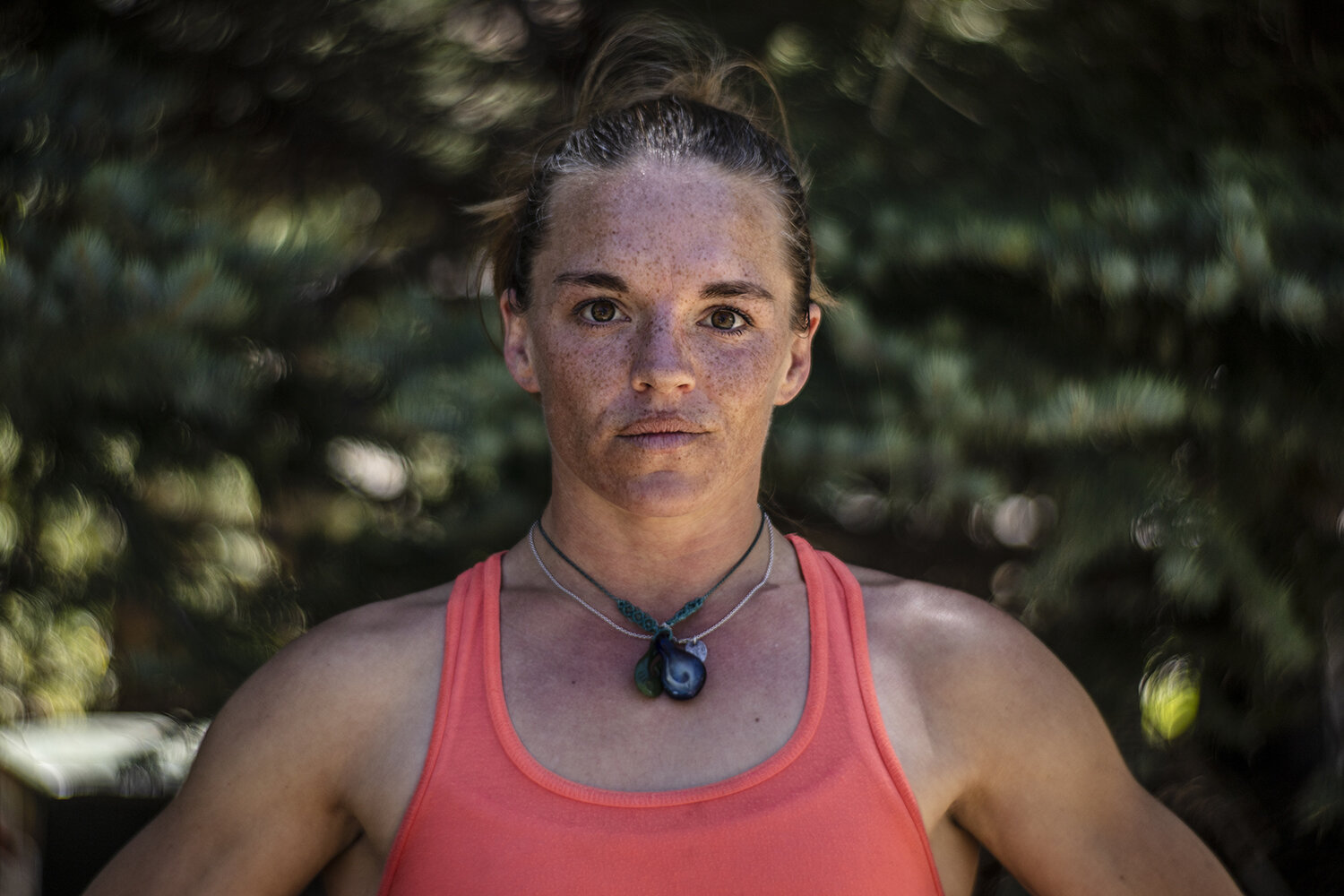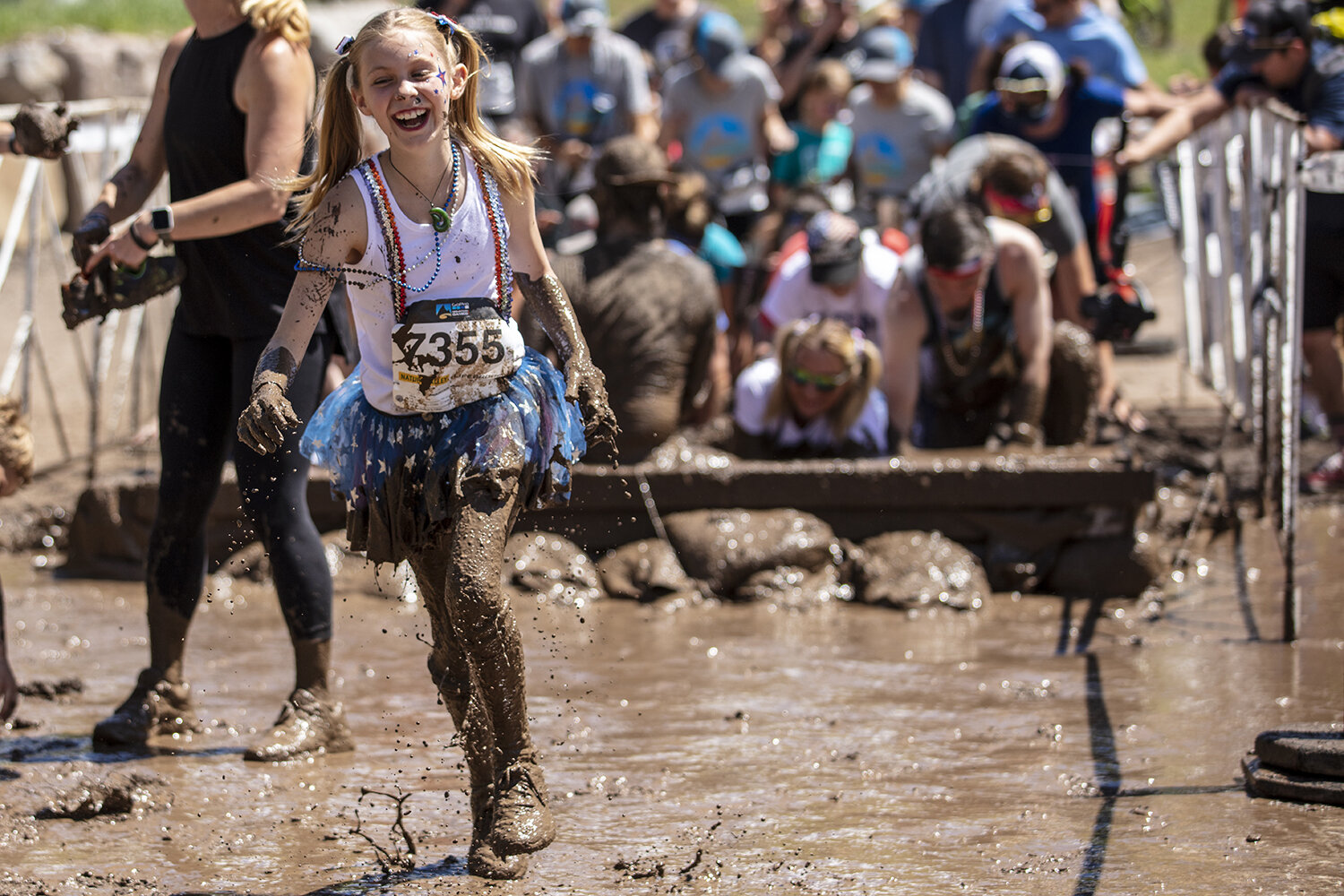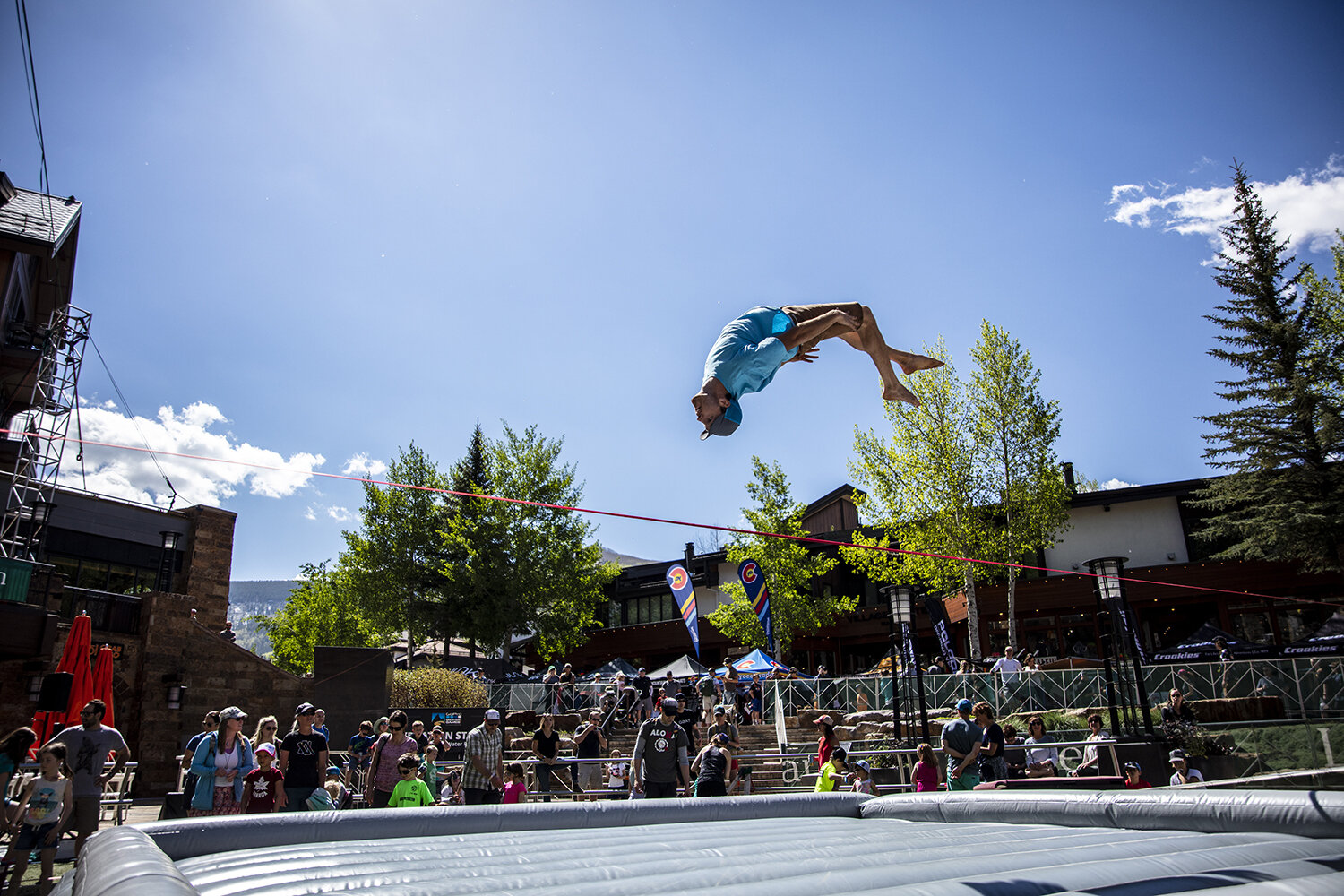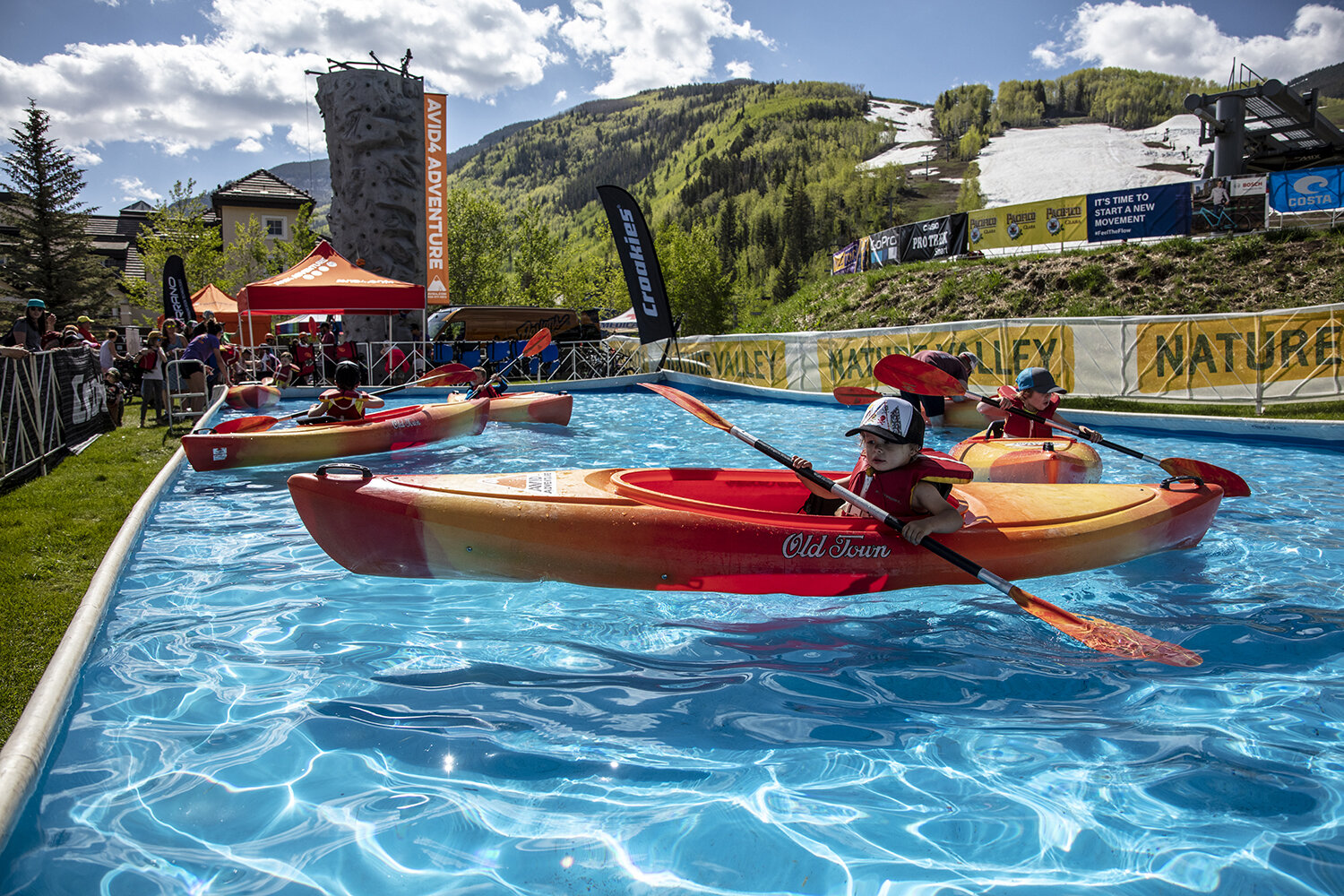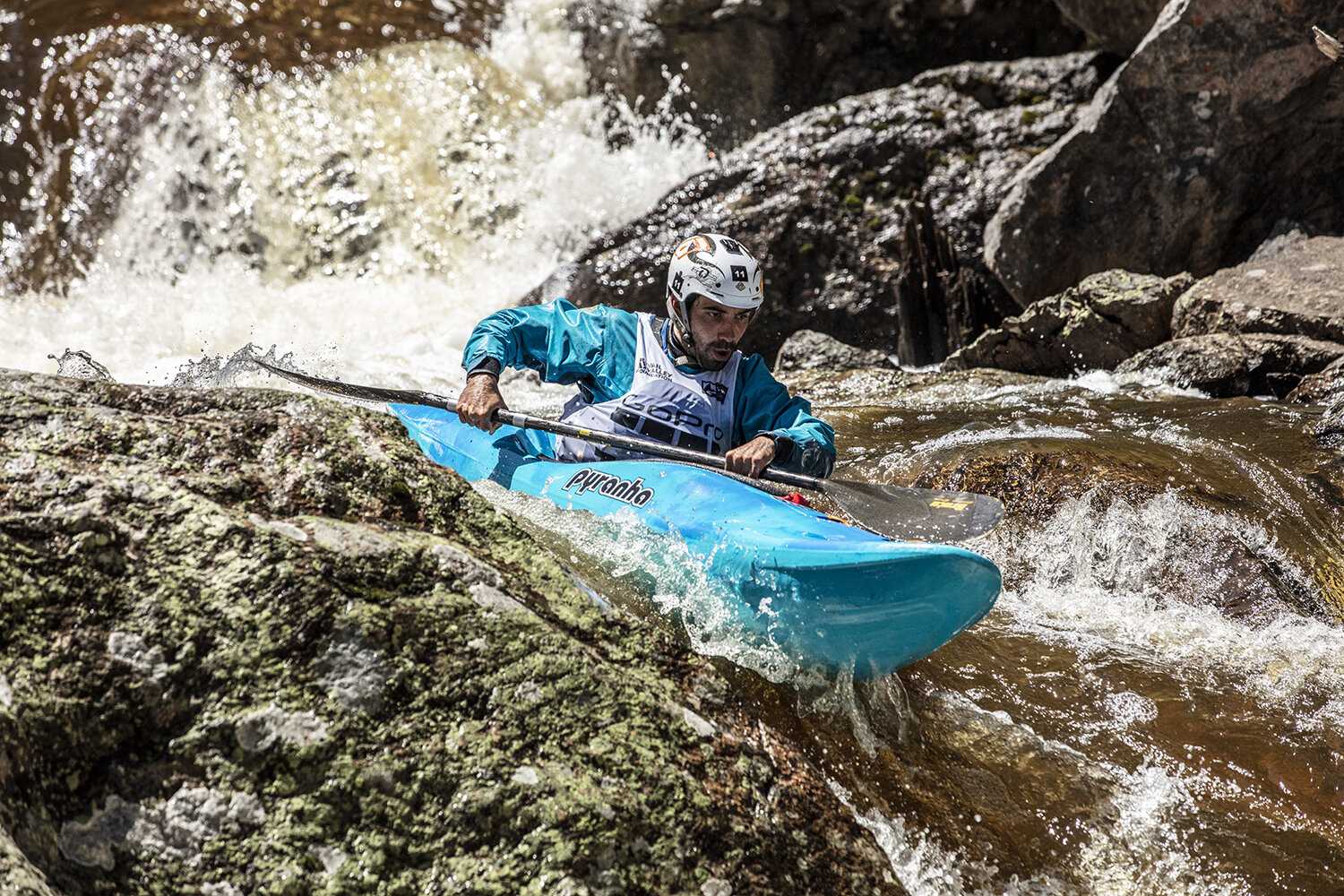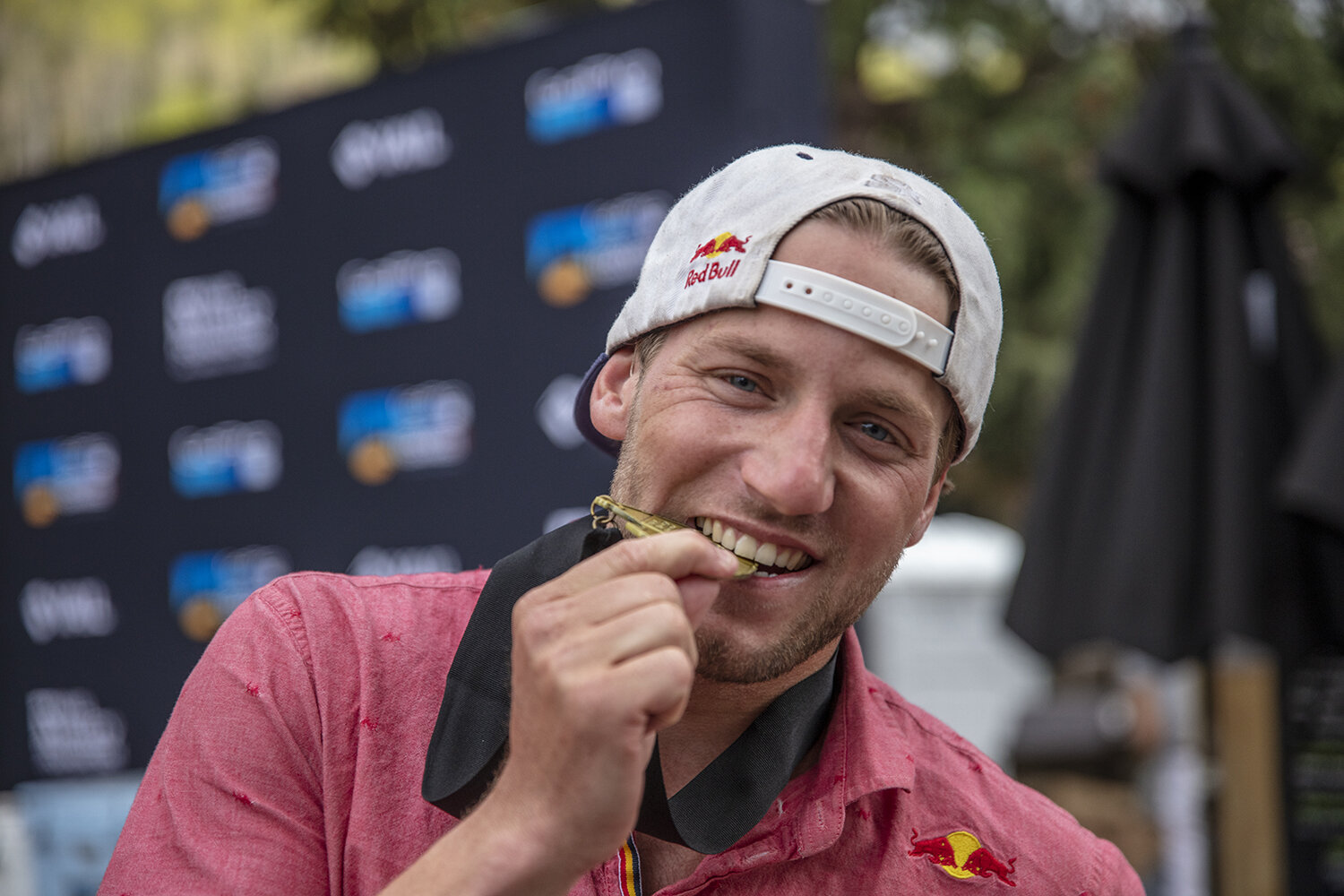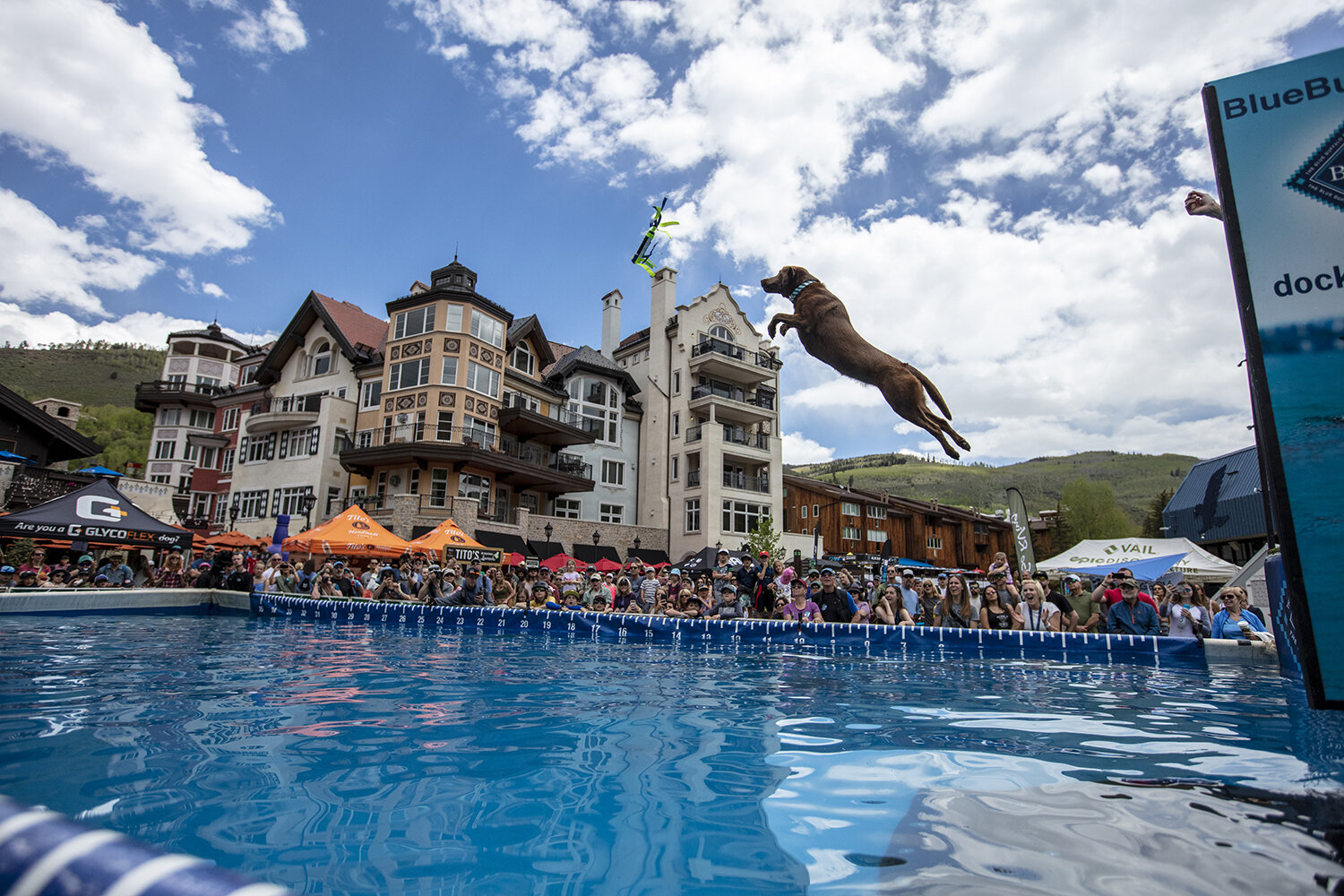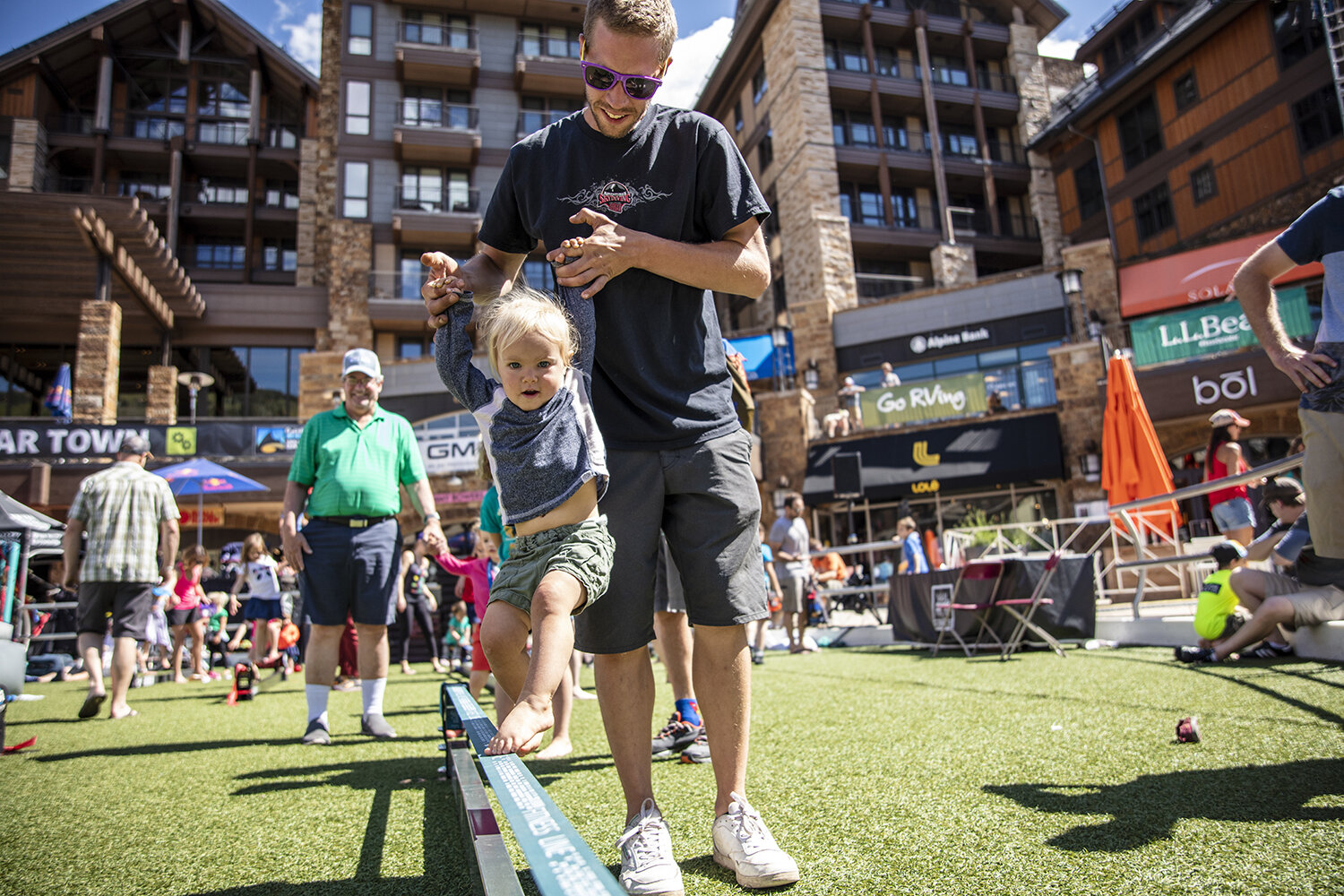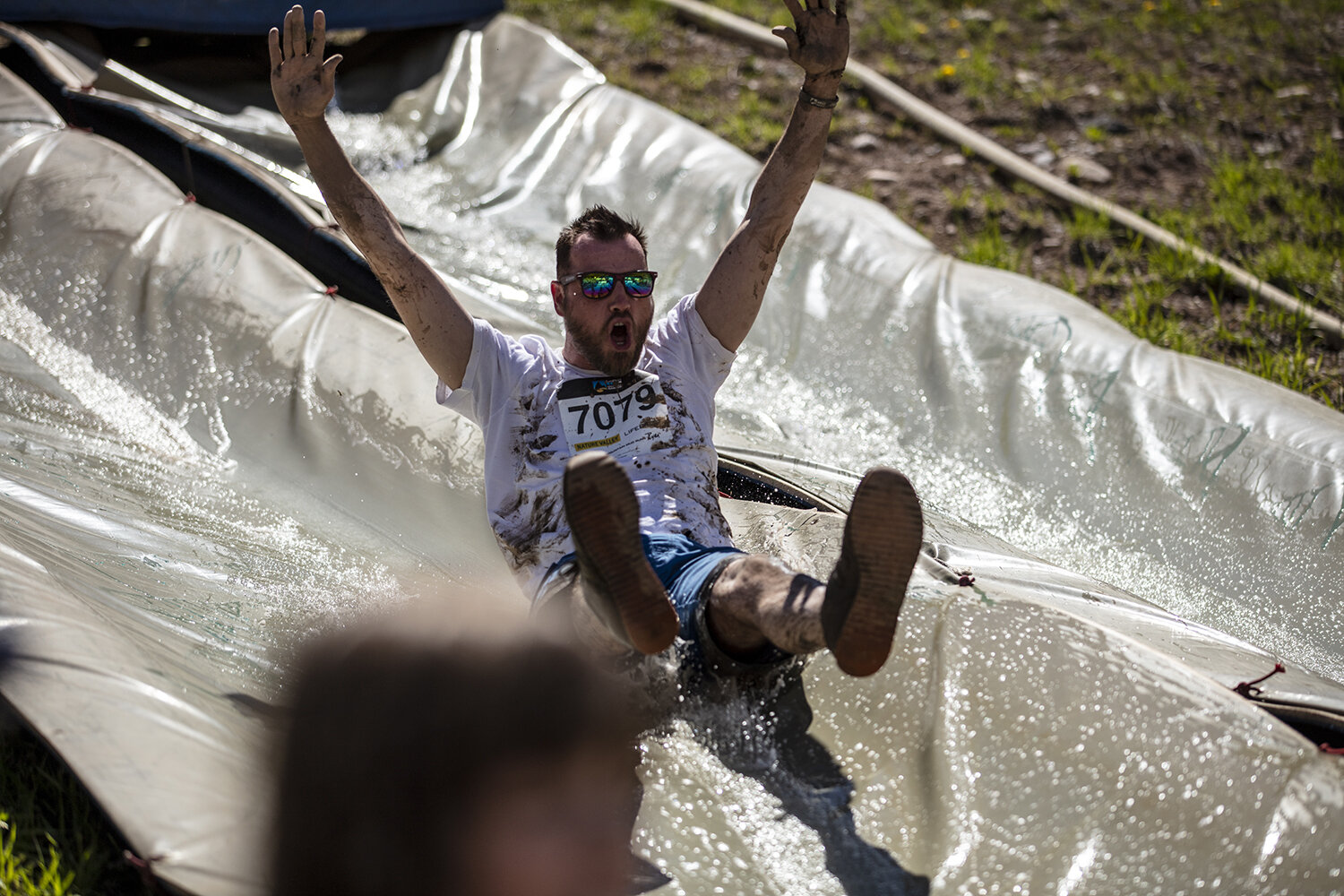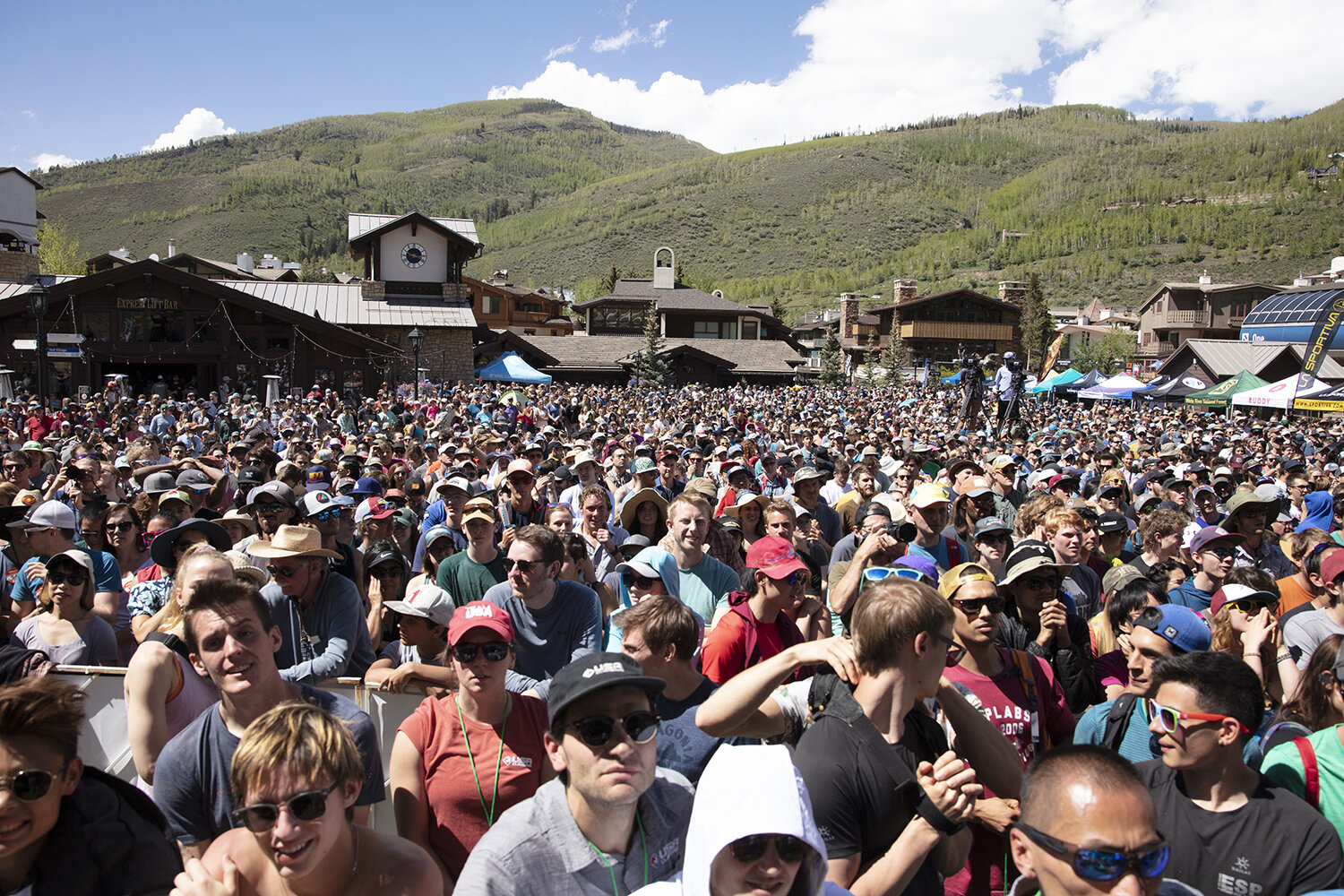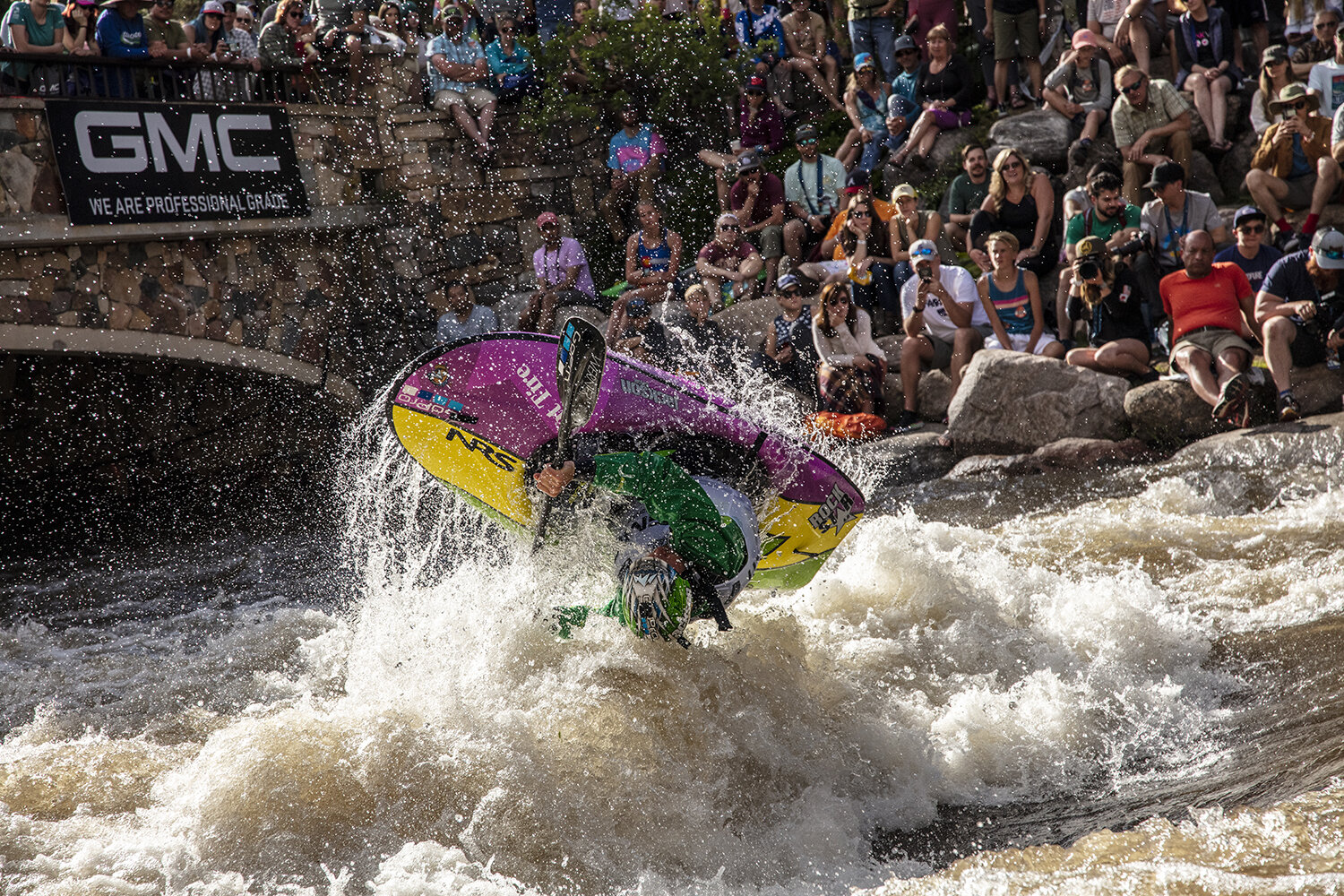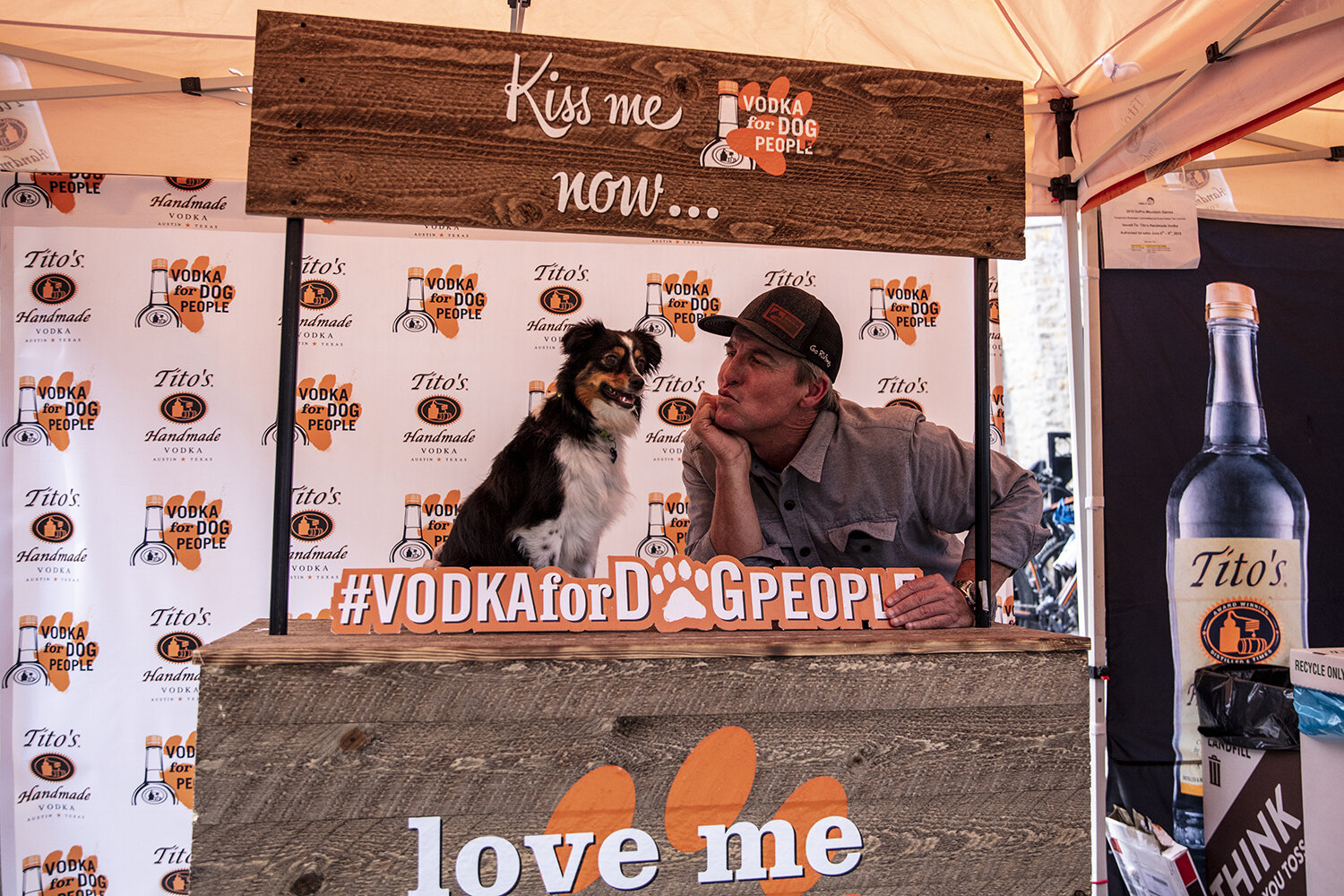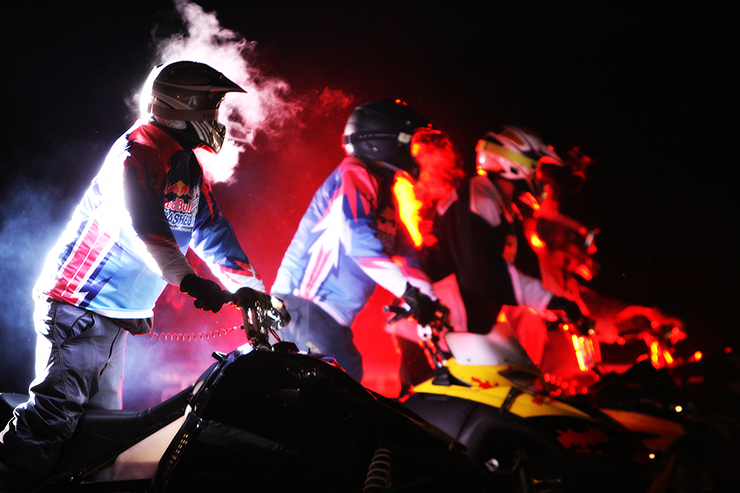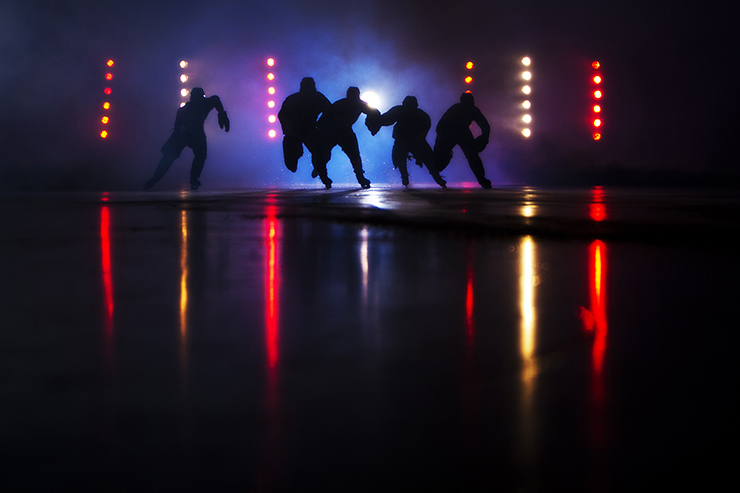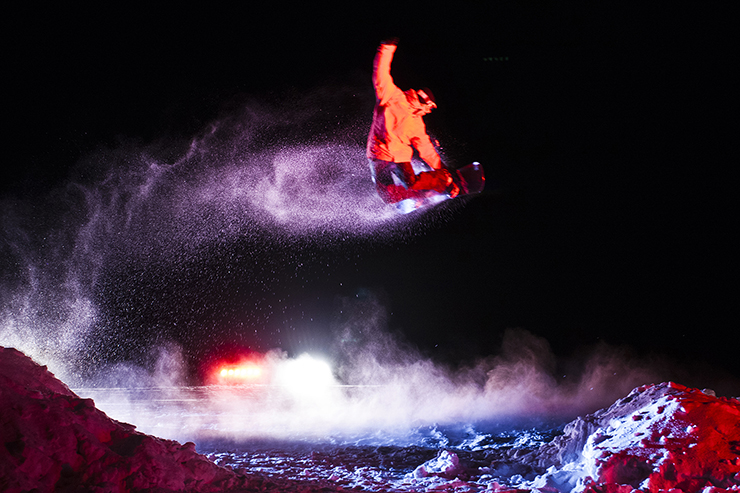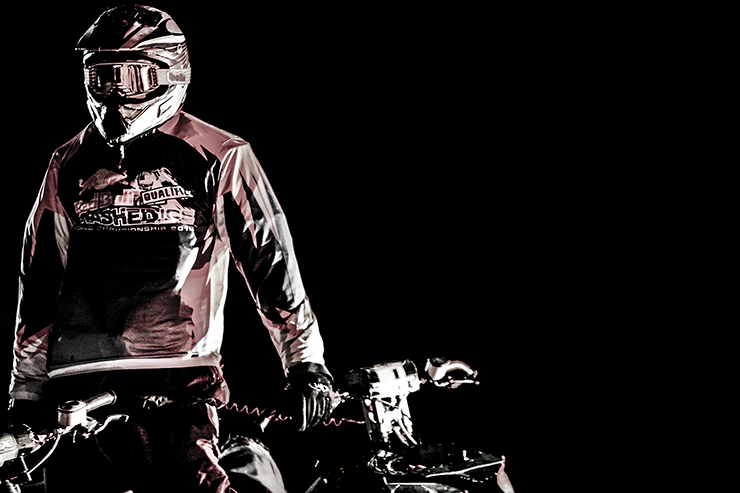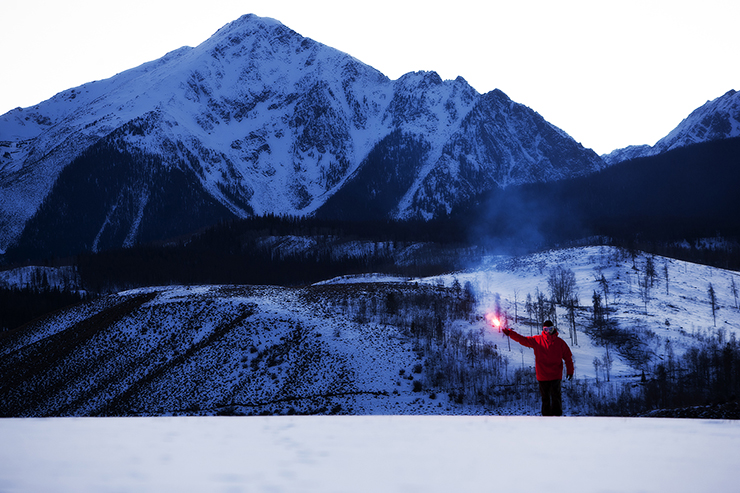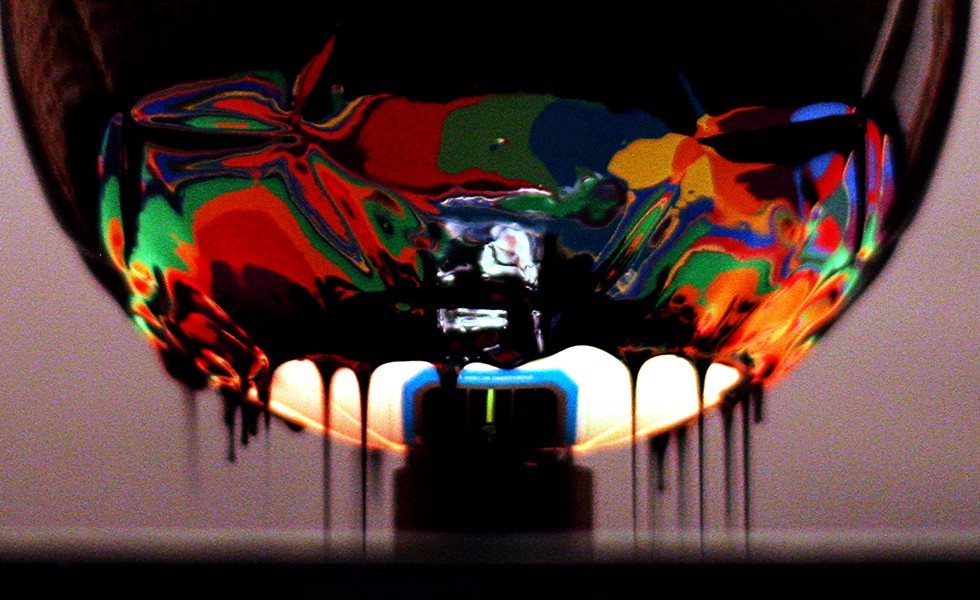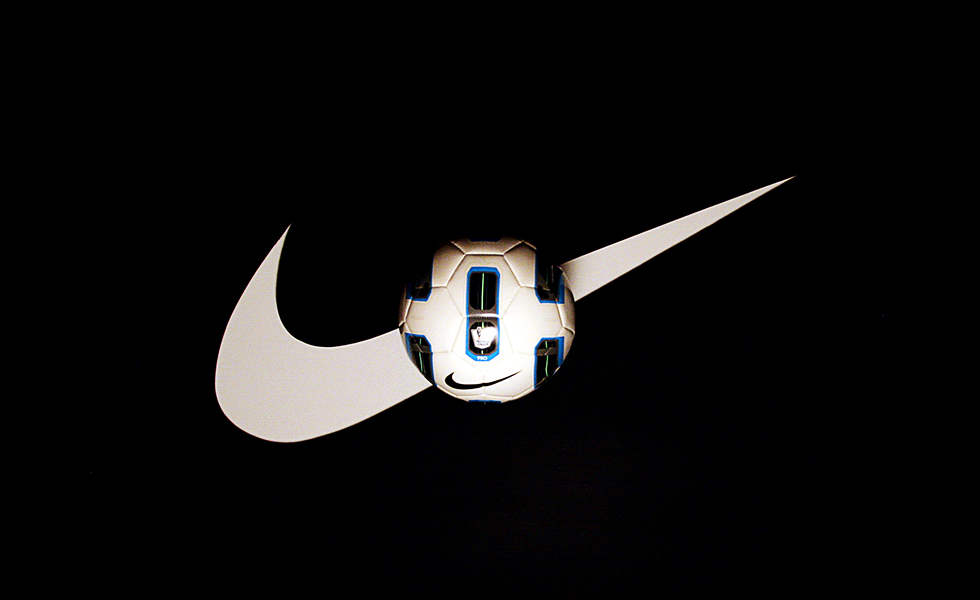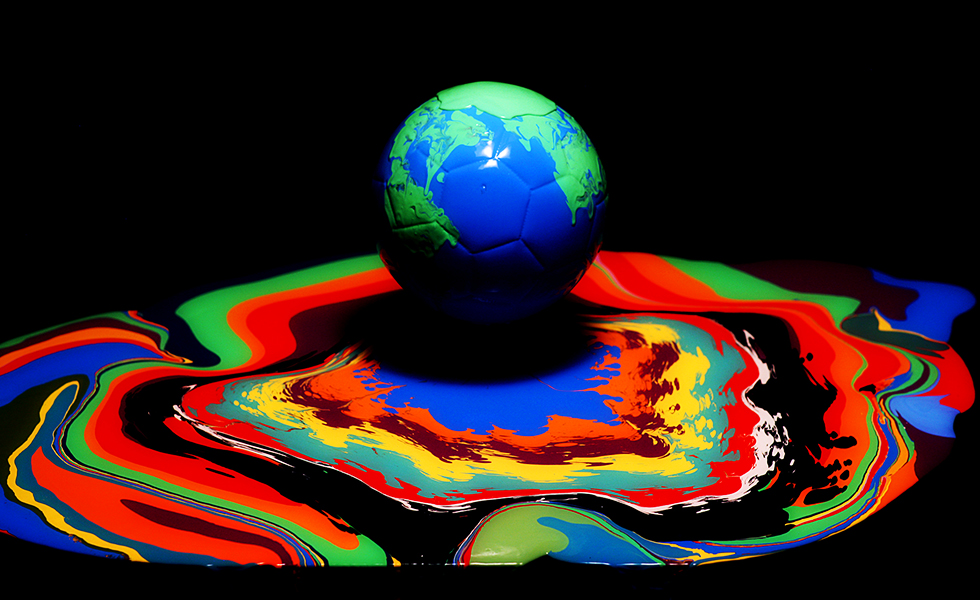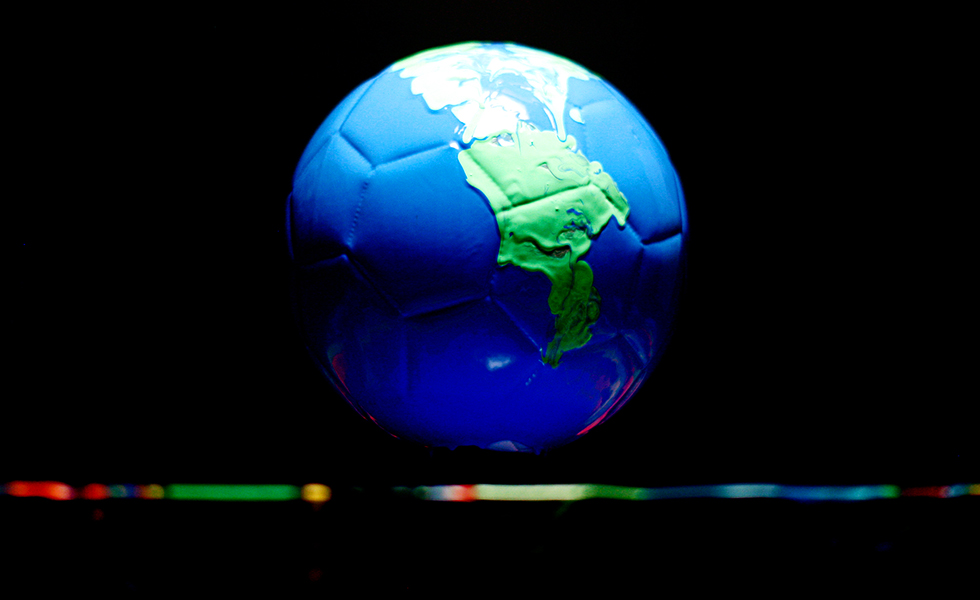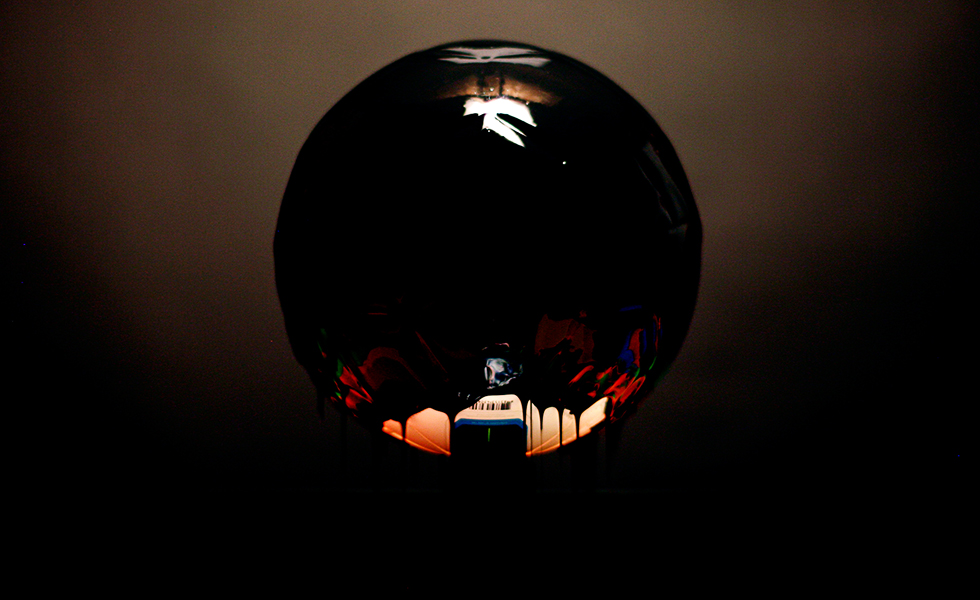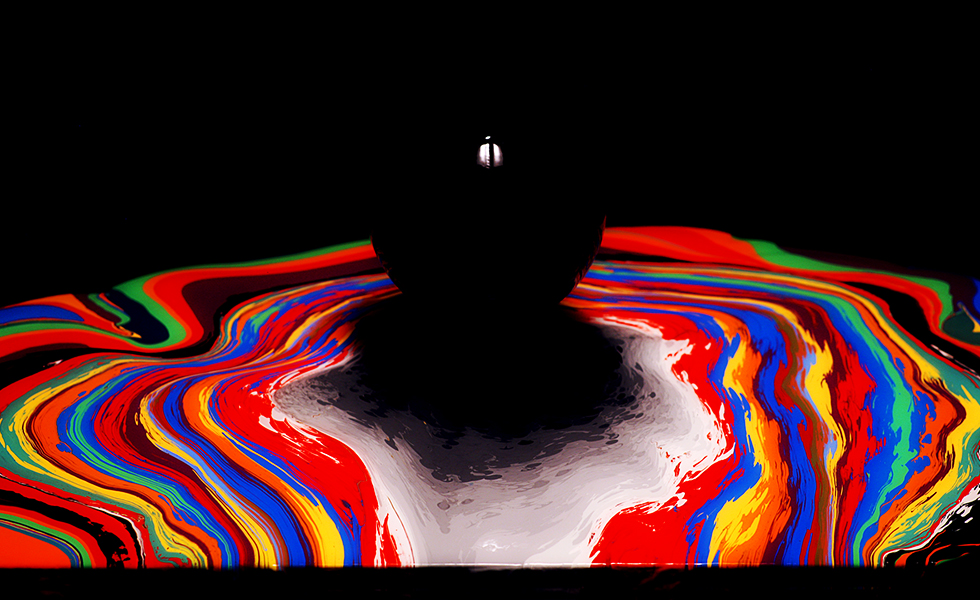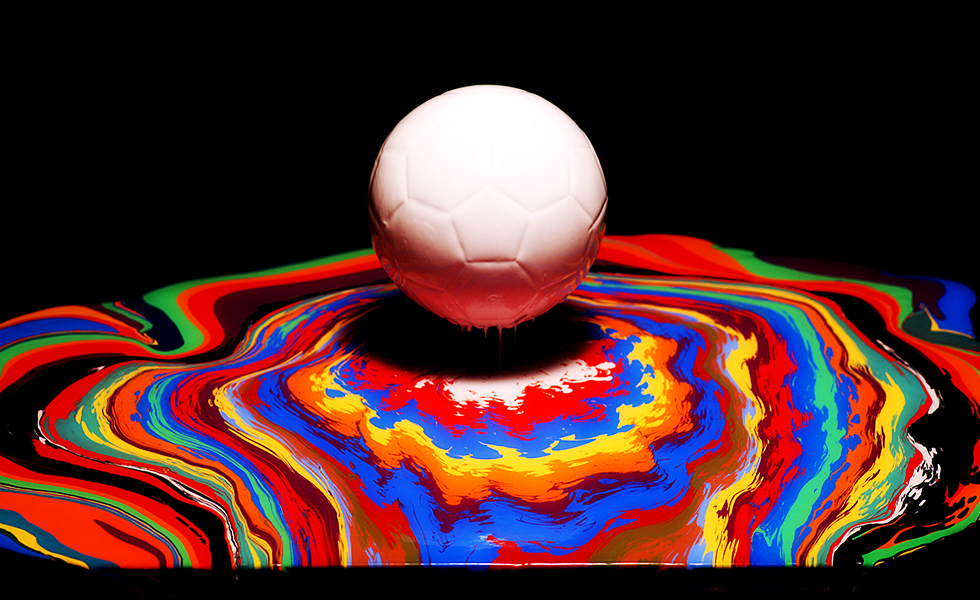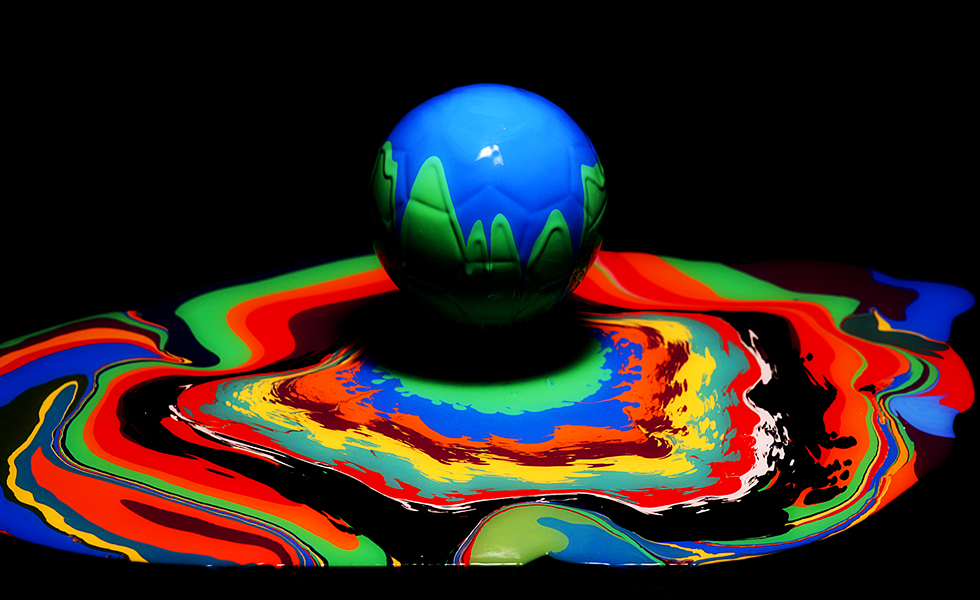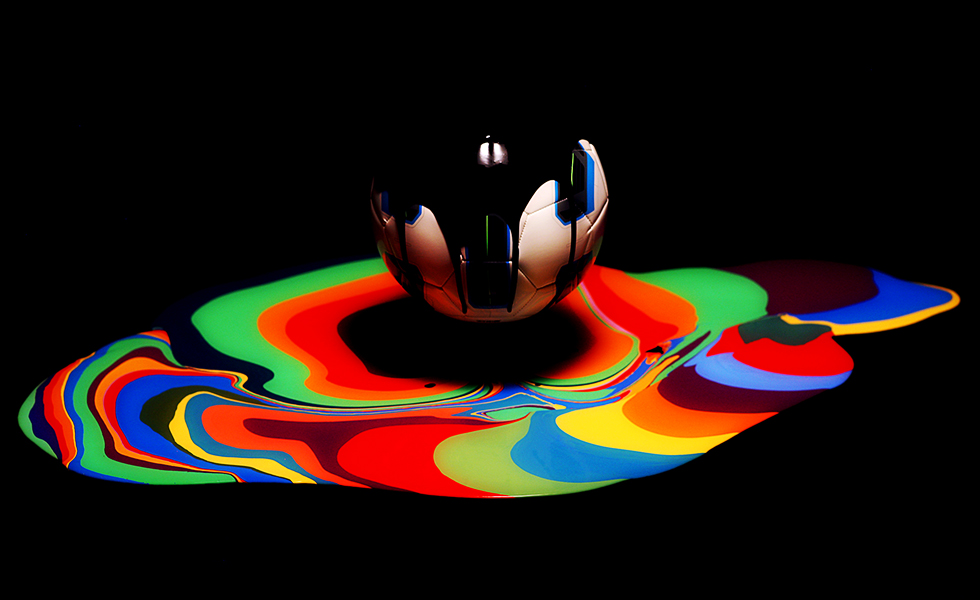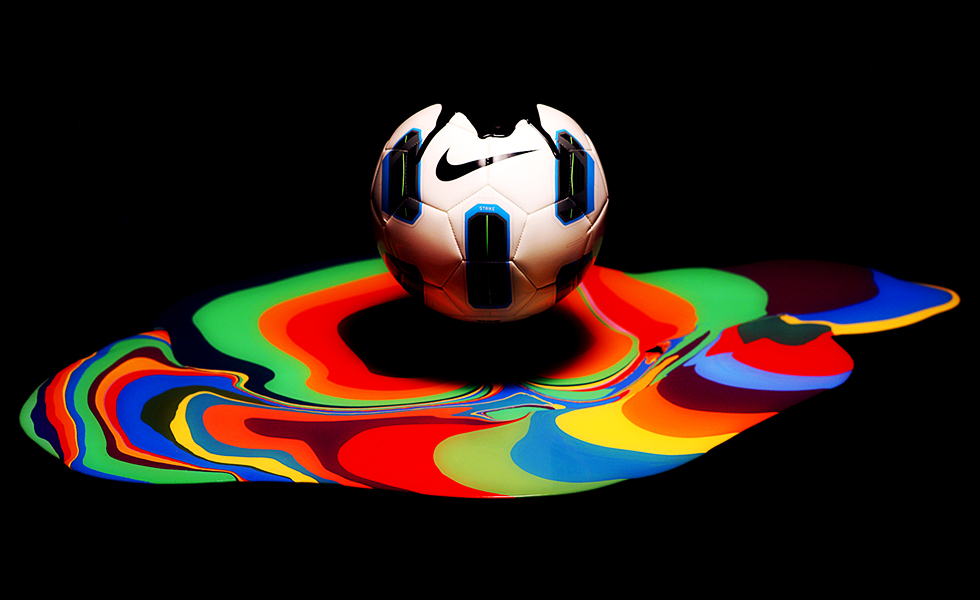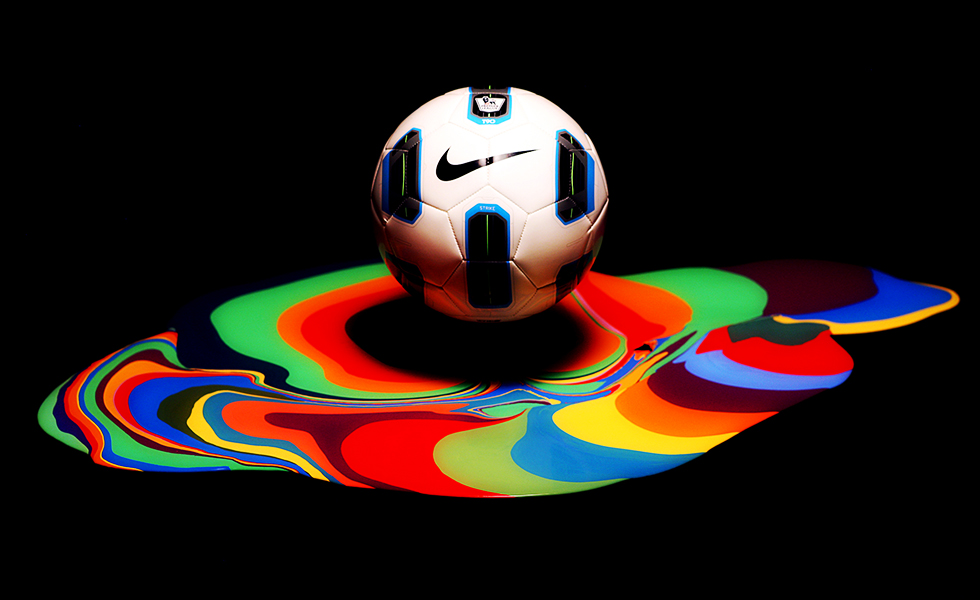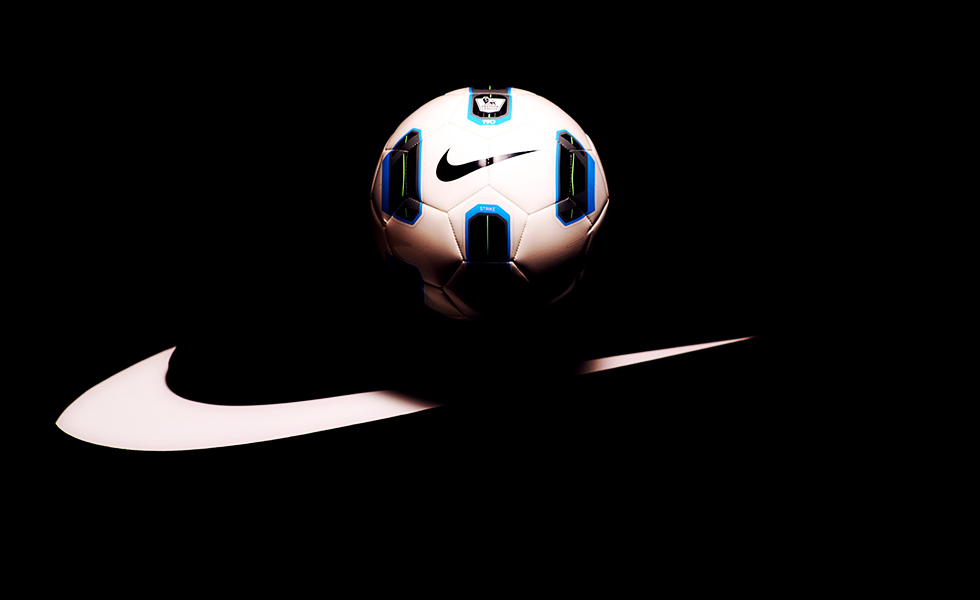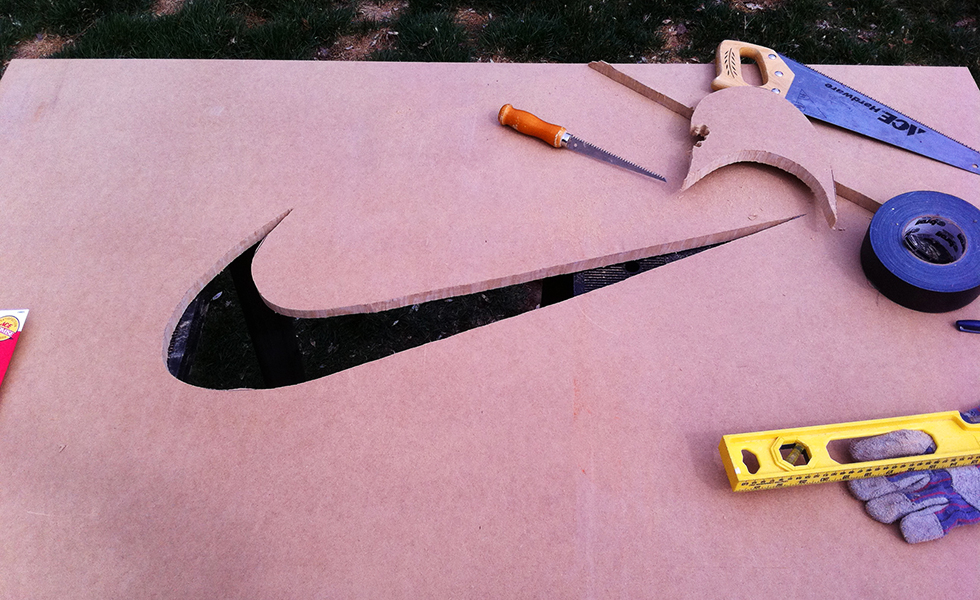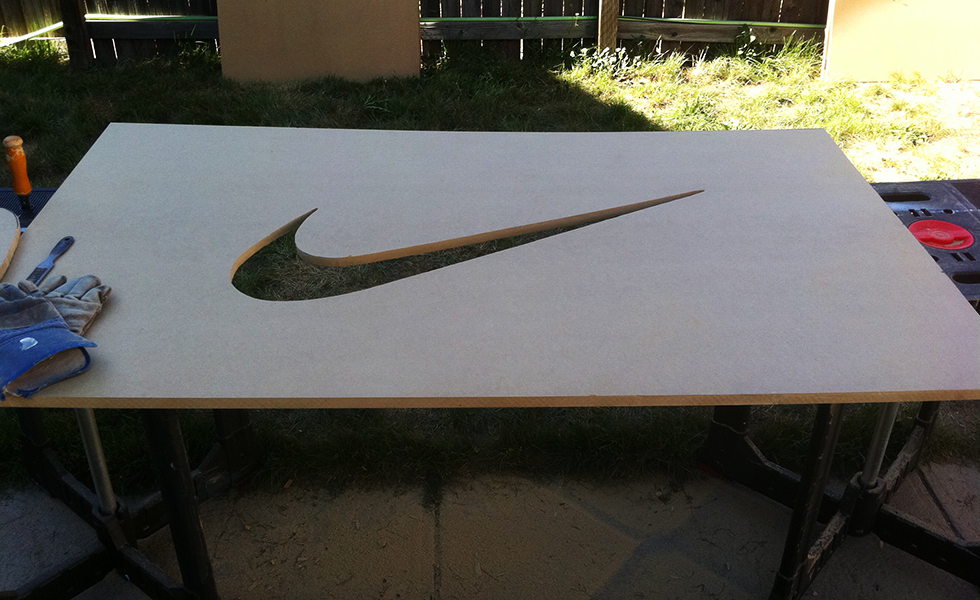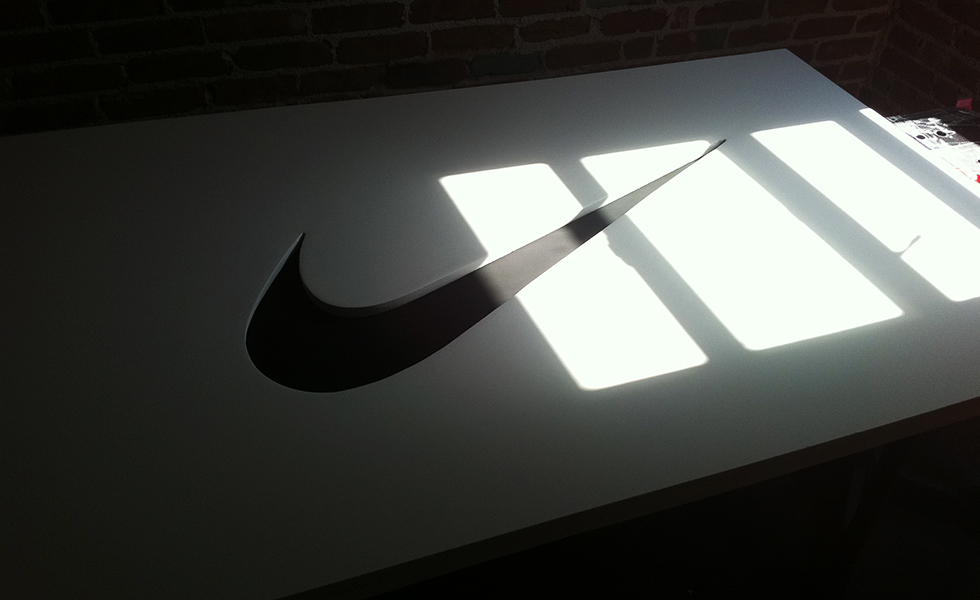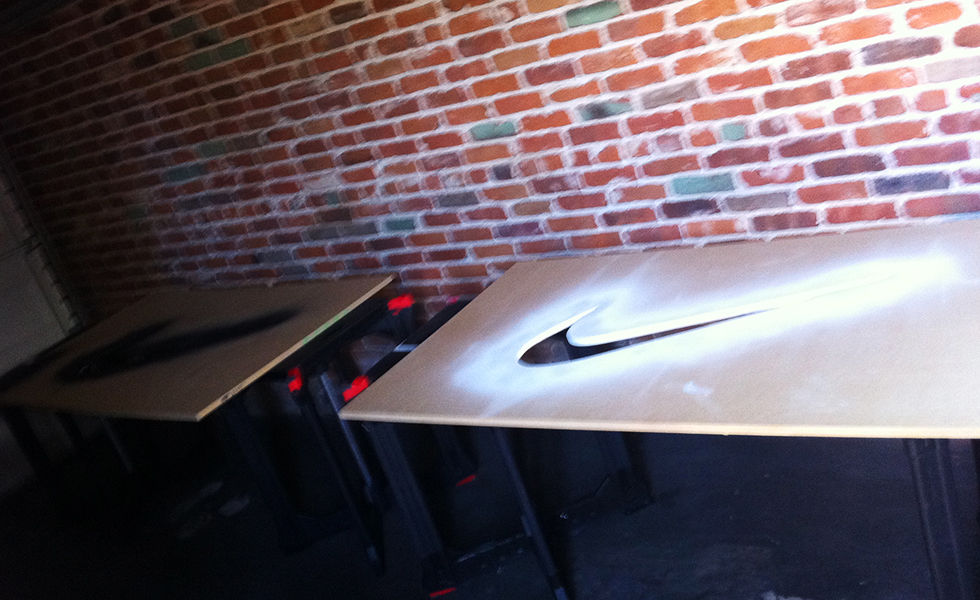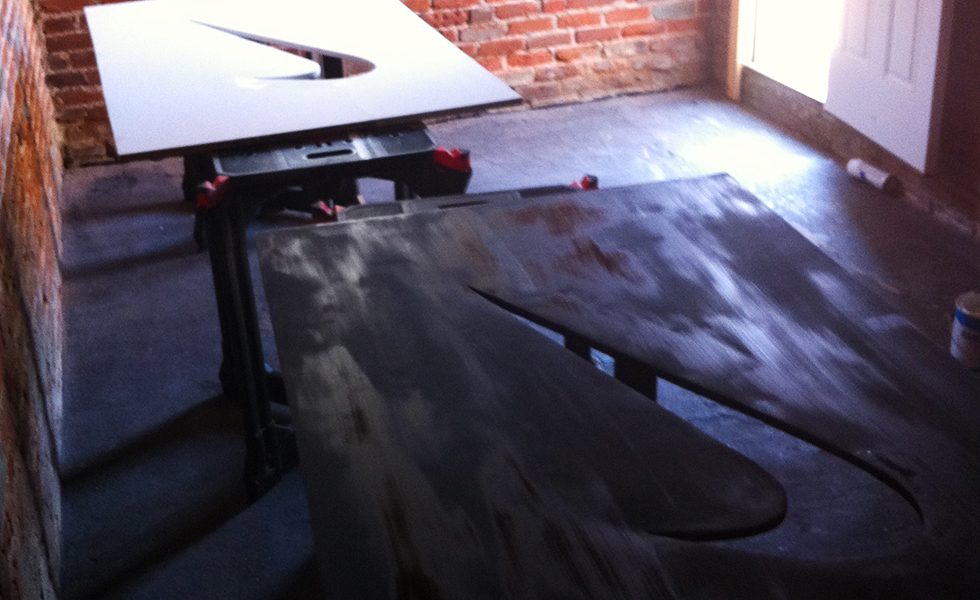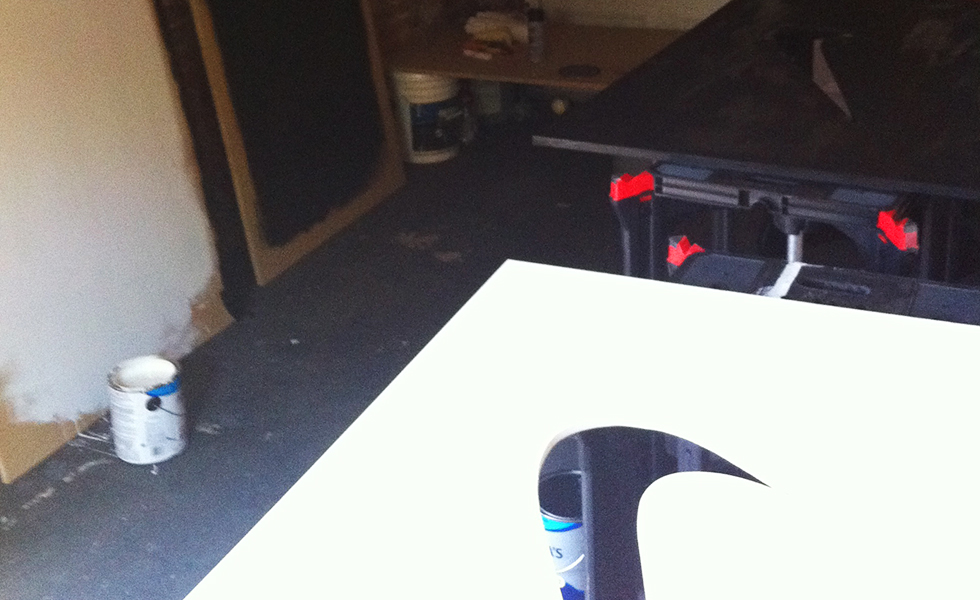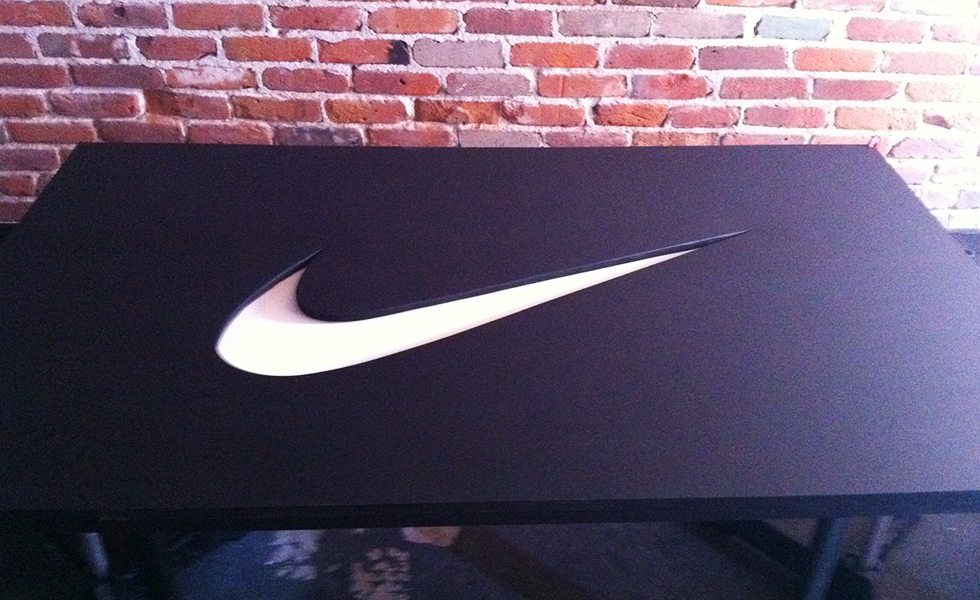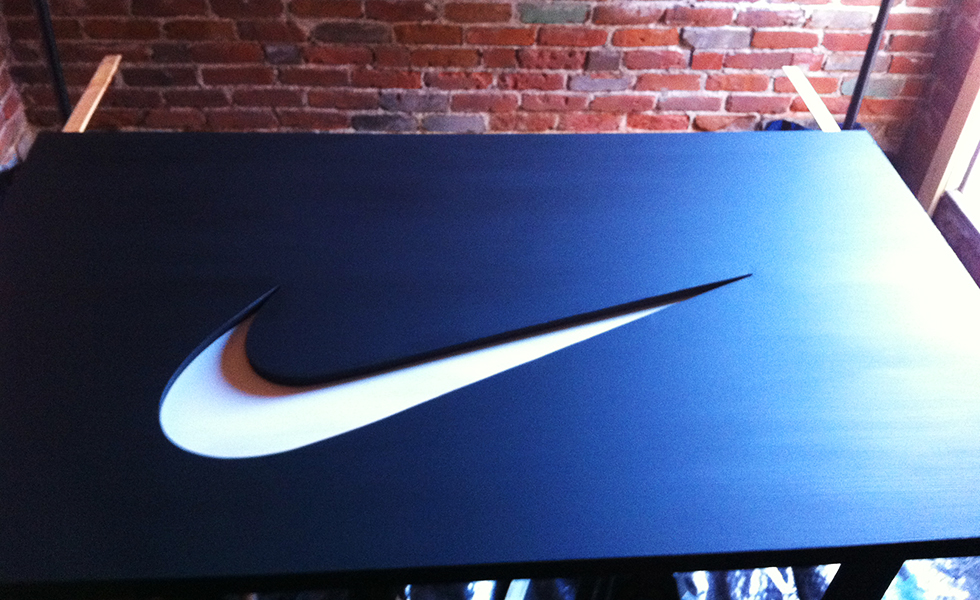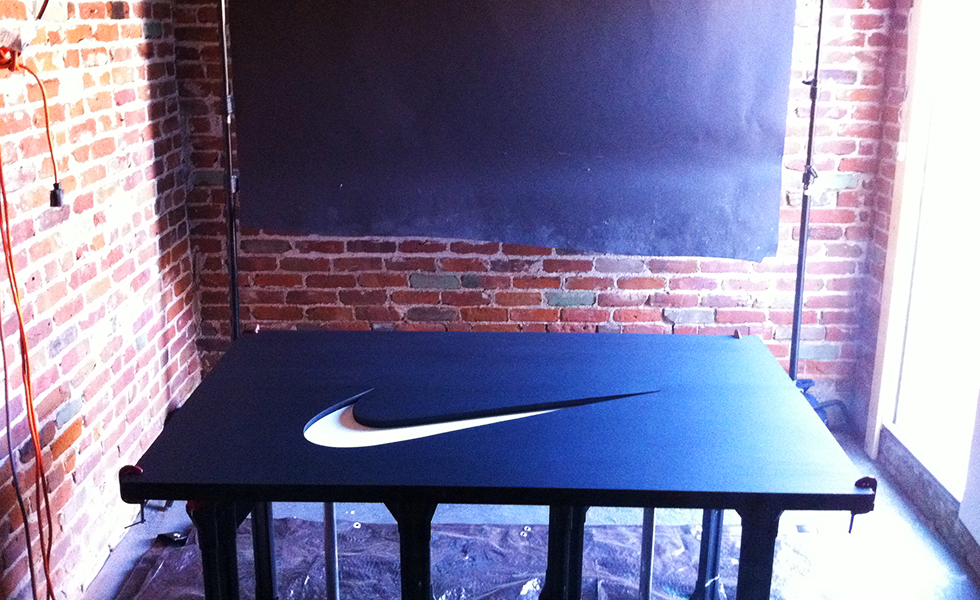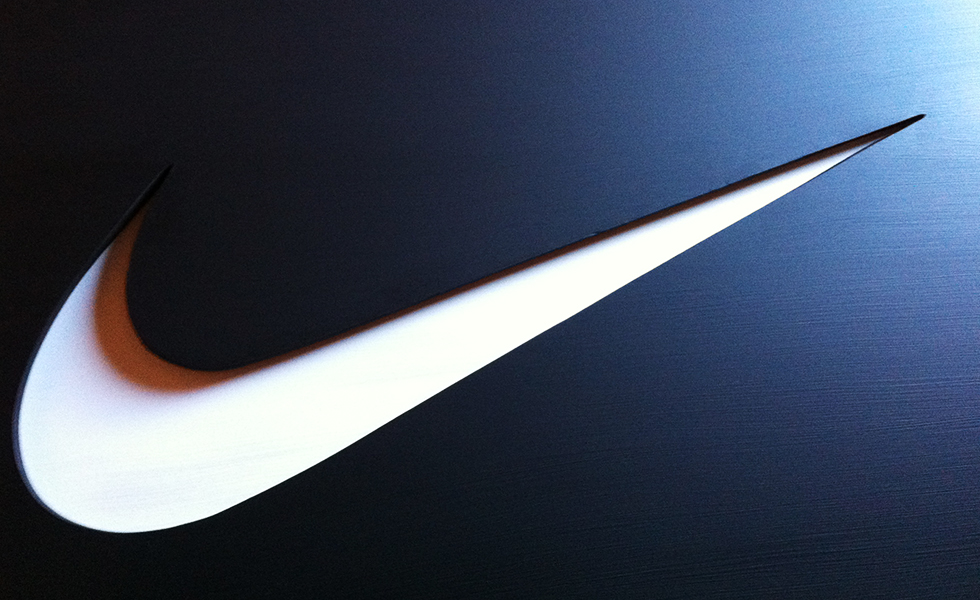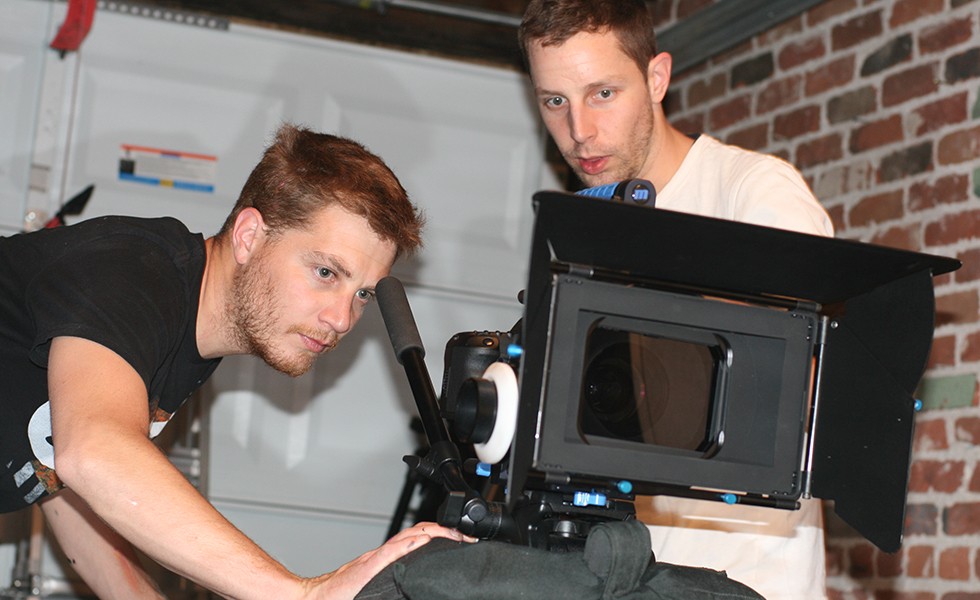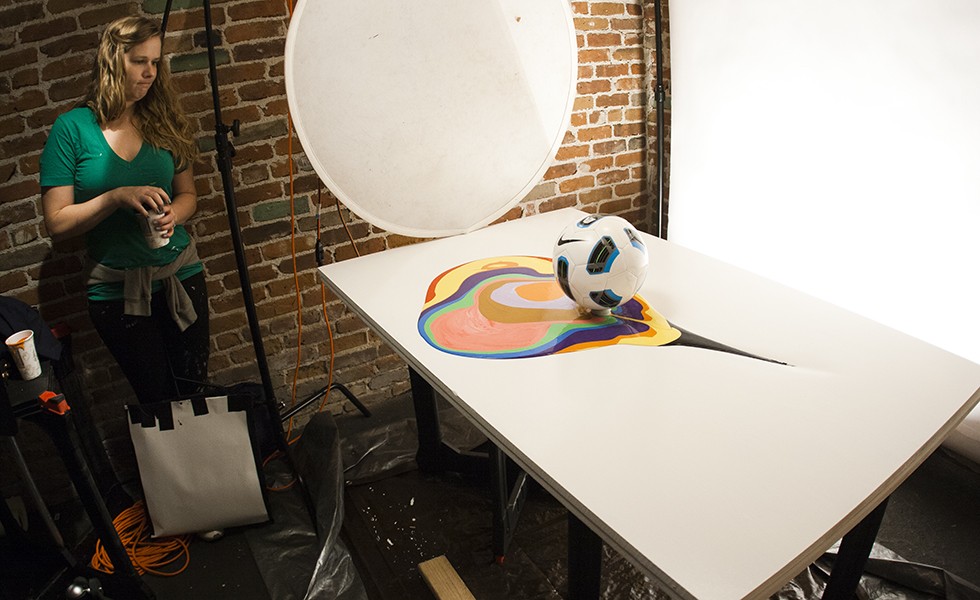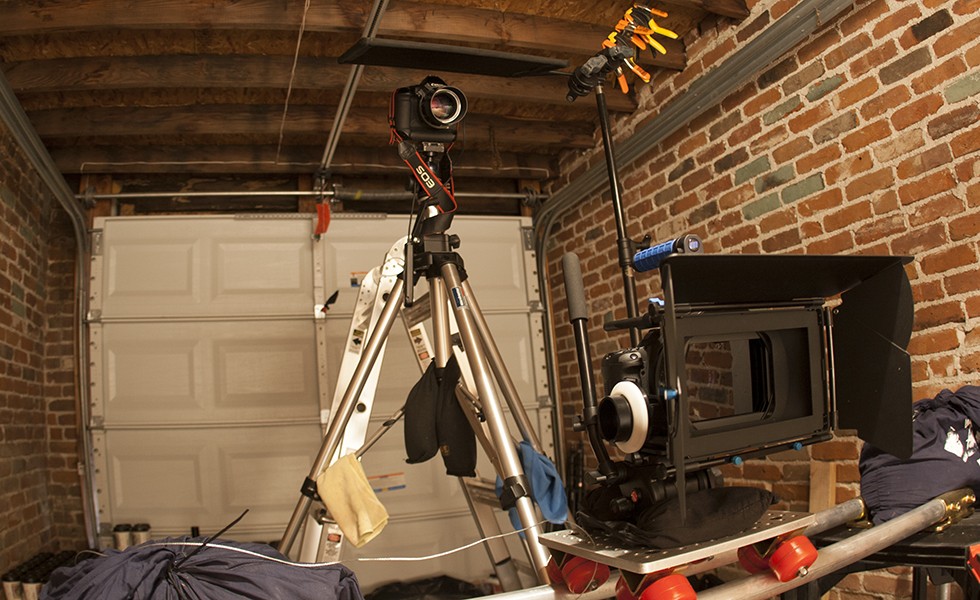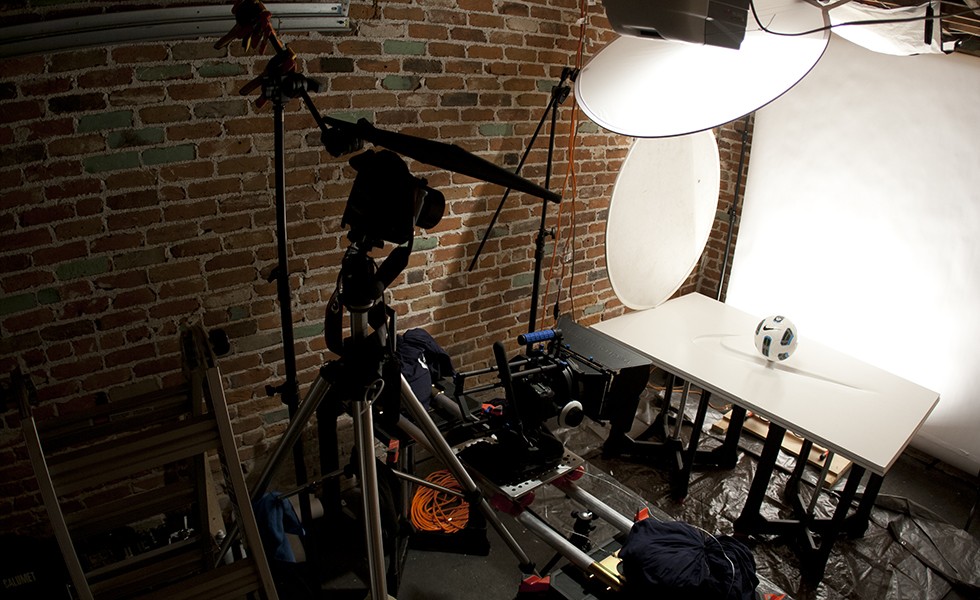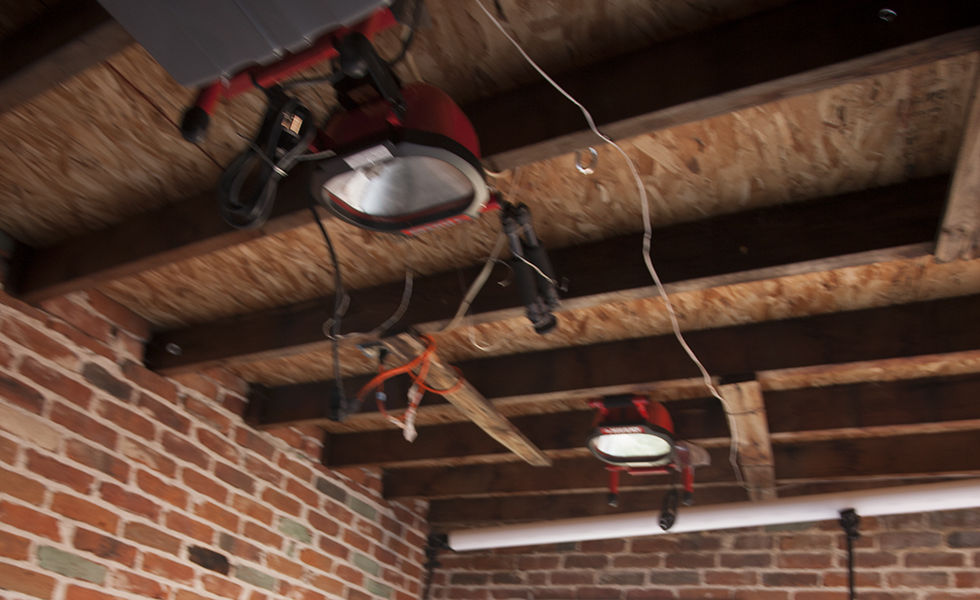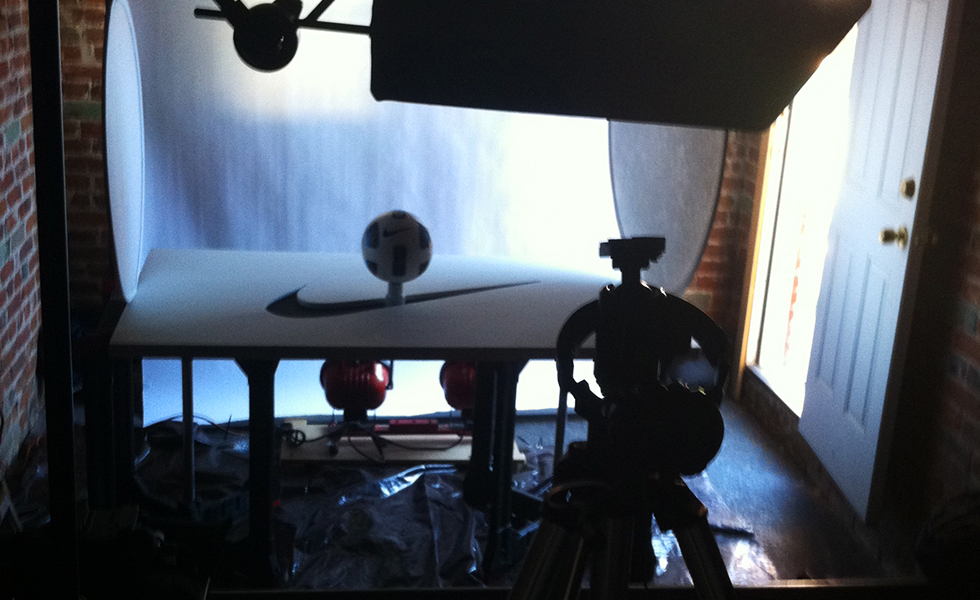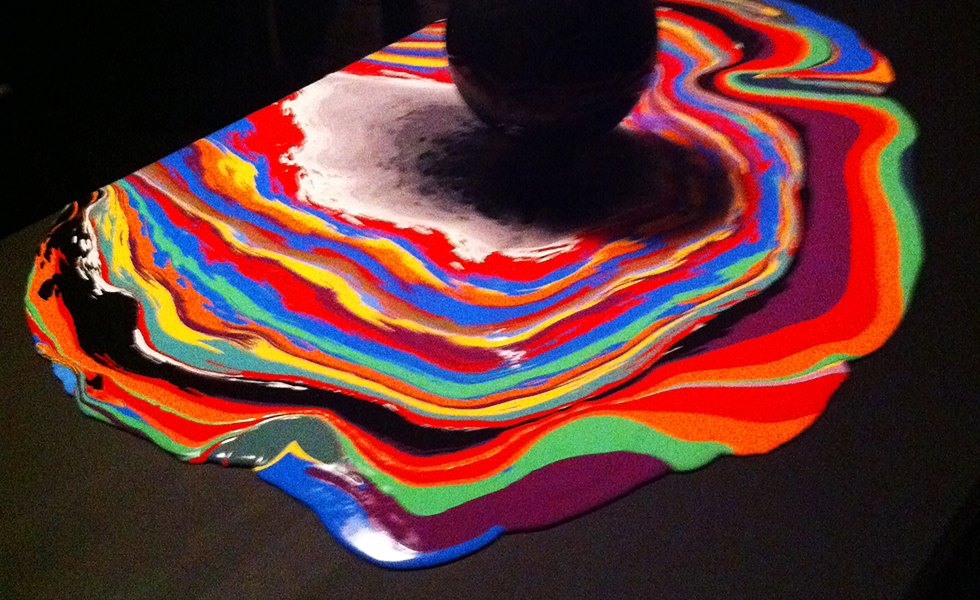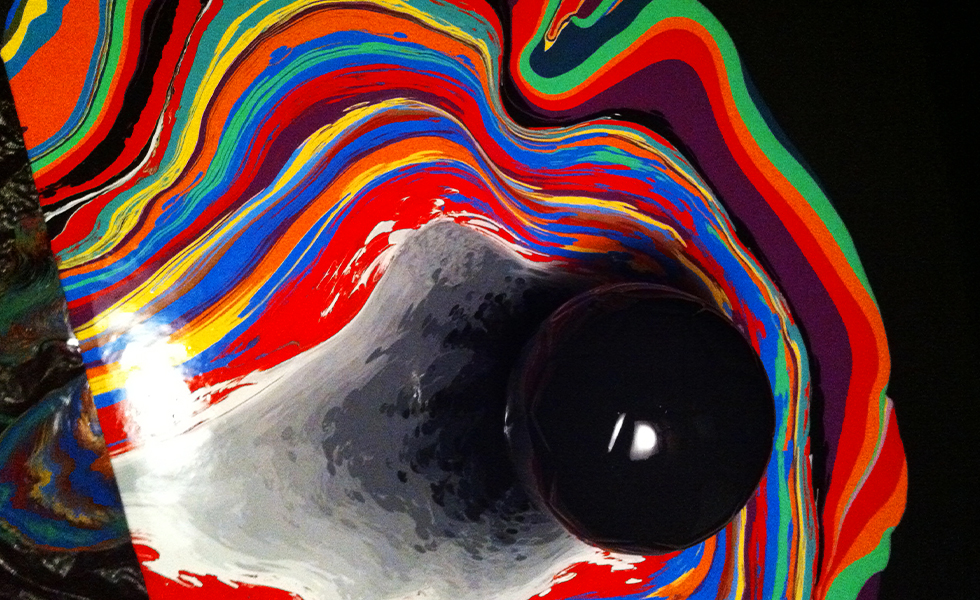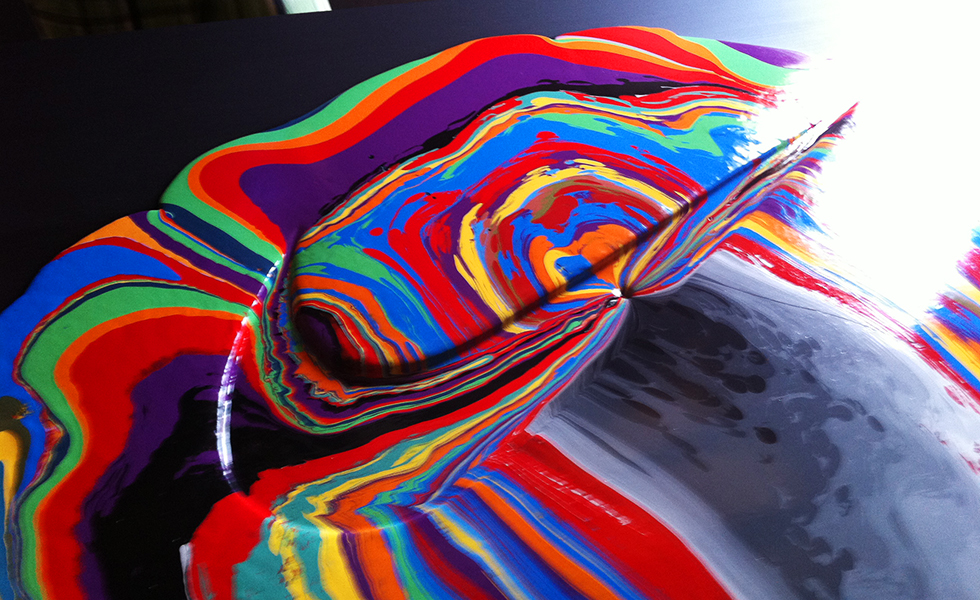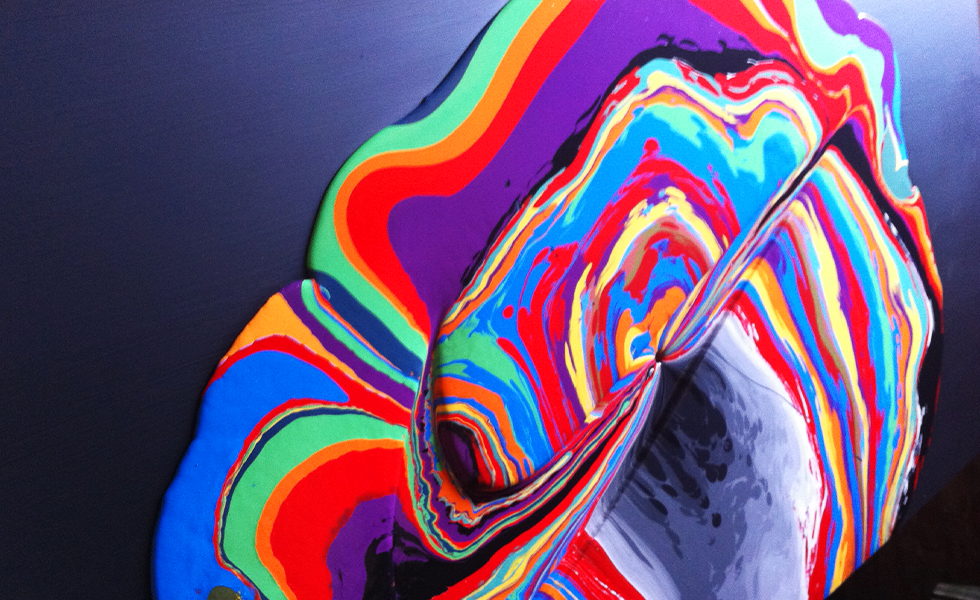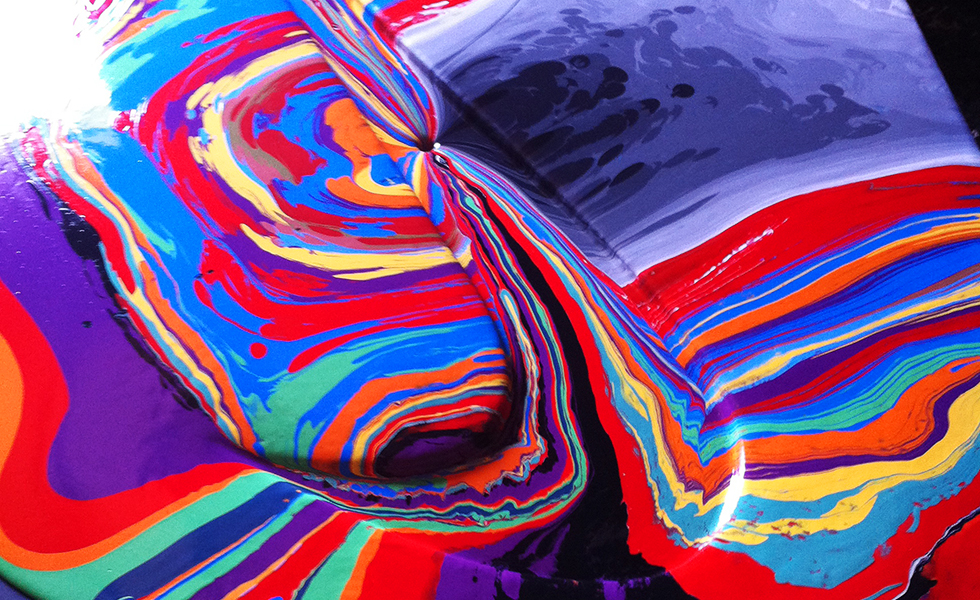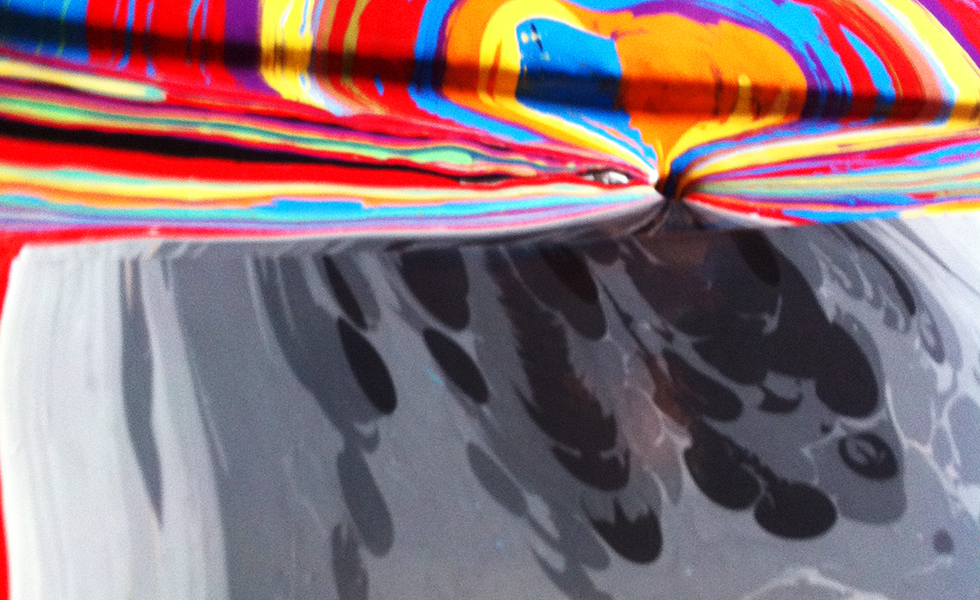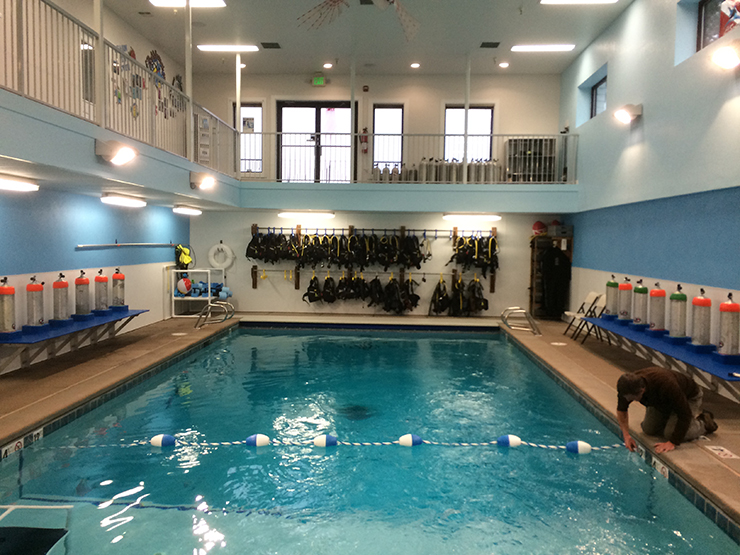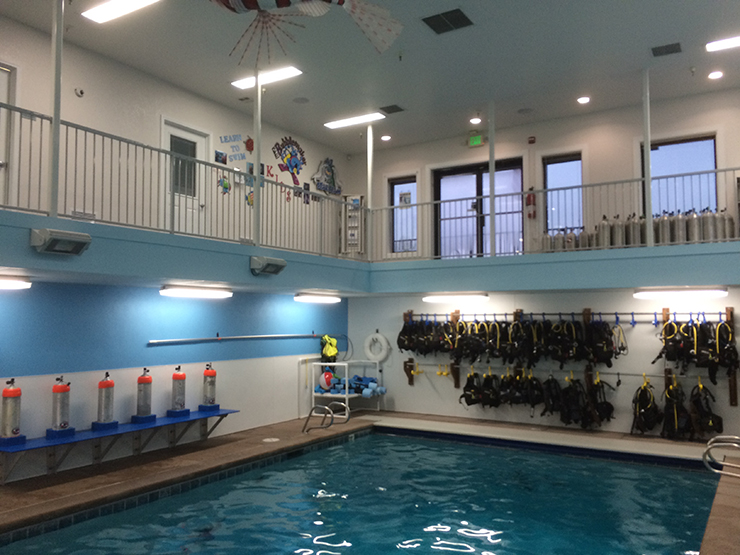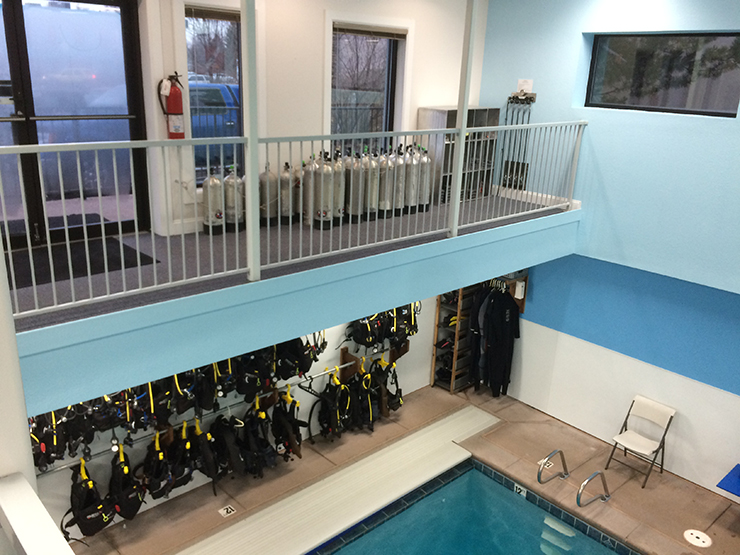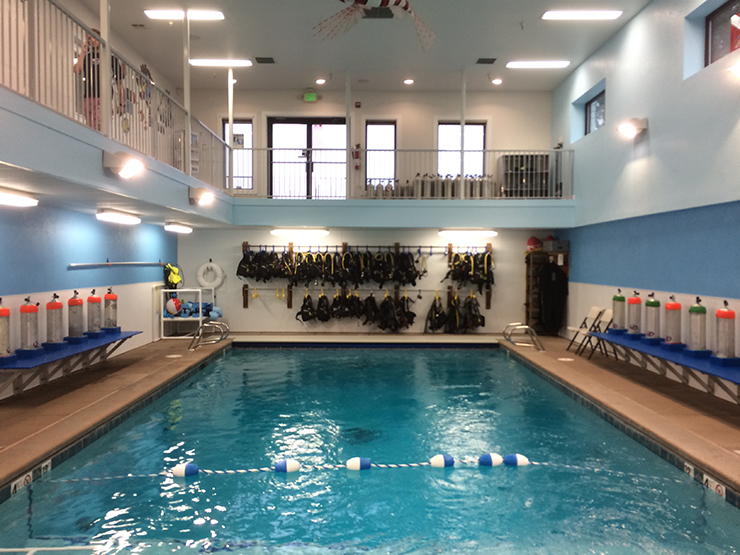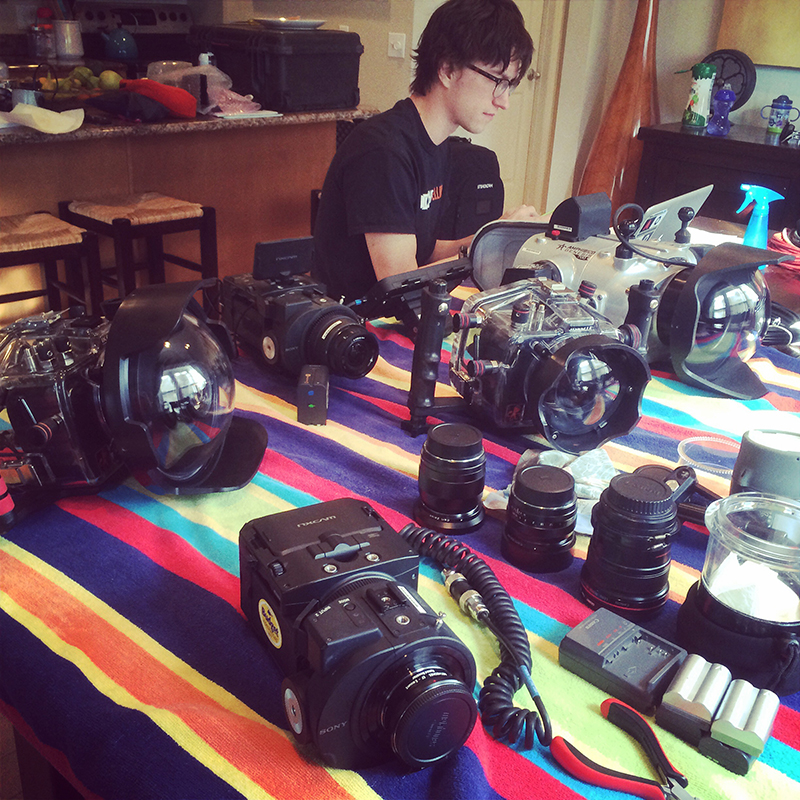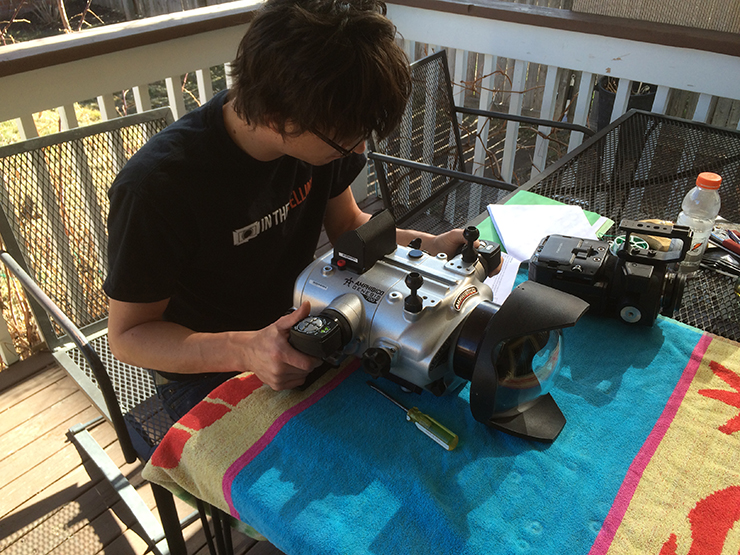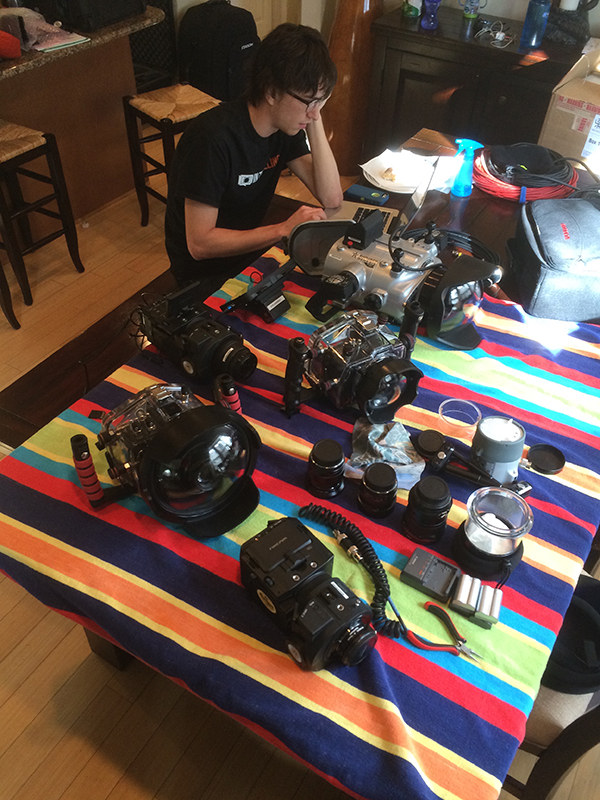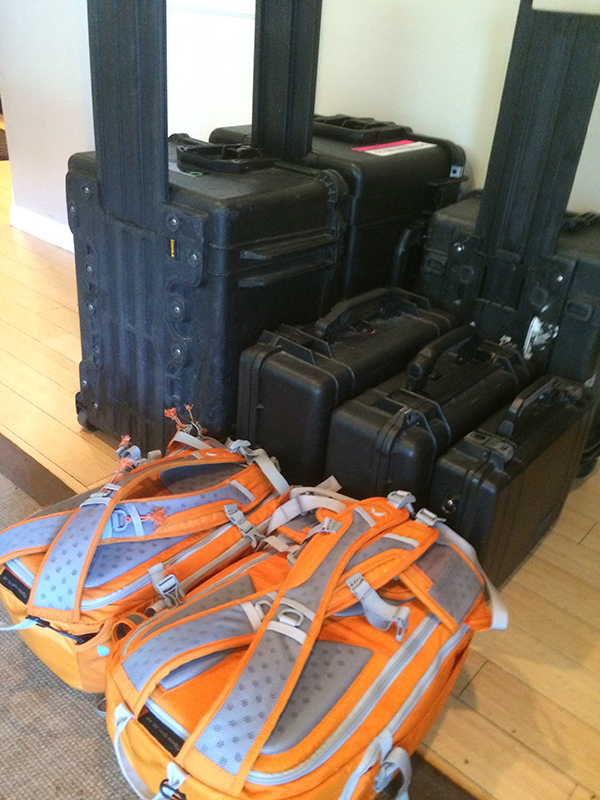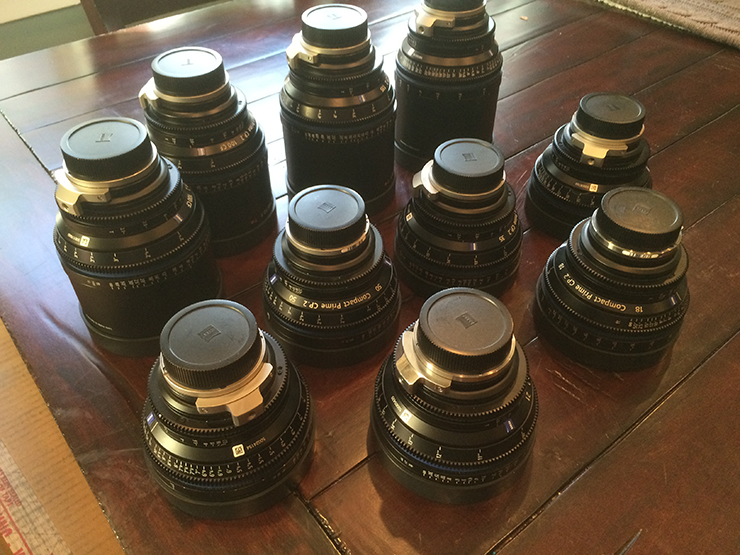Hoodman
Hoodman cards have changed the way I think about shooting. In the past, I never would have trusted a 16GB CF card on a shoot – What if something went wrong? What if the data was corrupted when I went to download the images? What if I dropped a card into the river while shooting? Coming from a background shooting on traditional film, I would never think of shooting a single roll of film containing hundreds of images! If there was a processing error, you’d lose the whole shoot. Instead, we shot on rolls of just 36 images. When I began to shoot digital, this way of thinking led me to purchase small 2GB cards so that if one card were corrupted, I wouldn’t lose everything. However, Hoodman’s high-quality, performance-tested cards mean there’s no reason to ever fear a card read error (yes, even if I drop it in the river). Hoodman is now my sole provider of CF cards, and I’m honestly more likely to misplace a card than to have one fail.
I trust Hoodman on every shoot and I trust them with my reputation. While shooting my reverse time-lapse films recently, I relied heavily on Hoodman’s RAW STEEL 16GB SHDC CLASS 10 cards. When you’re shooting 30,000 images in five hours, with five different cameras meticulously positioned all around the room (including one on the ceiling!), you don’t want to have to risk bumping a tripod or set element to change cards every other minute. By using these massive CF cards, I only had to change cards once during the entire shoot! There are so many variables that must be managed on a high production value shoot, and I have to be able to count on my cards. Shooting on Hoodman cards lets me focus on everything else that can go wrong a shoot – except losing my data.
Read more about how Hoodman cards have changed the way I shoot here.
Lowepro
Sometimes you find a product that is so perfect that it’s impossible to replace because it just won’t die. My Lowepro camera bag is like my favorite winter coat. I grew up in Chicago and later Denver, where winter coats are worn practically half the year. My mom was constantly buying me cheap new winter coats, because every year I’d destroy the old one (and what’s the point of buying an expensive one if I’m just going to destroy it?). Between walking to the bus and playing football with my brothers and friends, it took quite a beating. Towards the end of middle school, I finally convinced my mom to buy me a really nice winter coat from North Face, which I’ve worn for the last fifteen years. It wouldn’t even tear when I skied through tree branches slapping at full speed as I tore down a mountain slope. As trusty a companion as that coat has been to me, I resent it for being so indestructible. Every wintertime photo of me from age 14 to now, I’m wearing that coat. Last year, I finally let myself buy a new coat – not because the old one was damaged or worn out, but because I just wanted something different! It’s the same story with my Lowepro camera bag.
About six years ago, I bought the Lowepro Photo Trekker AW II, and it’s so good that I almost hate it. Whenever Lowepro came out with a new model or added new features to their line-up, I dreamt about the day when my old one would finally break down and I could buy a shiny new model. Like my old winter coat, my Lowepro bag just won’t quit. Even though it’s still in perfect condition, I recently bought a few new Lowepro bags, just to try something new. I’ve never had a single issue with my old bag, and I’ve traveled the world with it. It’s been to Africa and thrown into sketchy planes with fuel leaking out of the wing next to the bag. It’s been crammed into tiny overhead bins on tiny commuter planes. It’s fallen off a snow machine at full speed, right into fresh powder. It’s been by my side in the deserts of Namibia , shooting star trails in the freezing winter and in the sand dunes of Colorado and California. It’s been co-opted as a seat, a pillow and an umbrella. My Lowepro bag has taken everything I could throw at it and more, protecting my expensive photography gear and keeping me shooting.
Take a peek inside my bags to see how I packed for my latest shoot:
LowePro Photo Trekker AW II -Bag #1
5-Cameras; 1-Ds Mark III, 1-D Mark II; 5D Mark II; 20D; Rebel XTi (not shown in photo)
6- Lenes; 70-200mm, 100mm Macro, 17-40mm, 15mm FishEye , Zeiss Planar 85mm, Ziess Planar 50mm
1- Case for Hoodman RAW compact flash cards
1- Hoodloupe 3.0
The equipment list for bag #2
1- Hoodman Cinema Kit Pro
4- Pocketwizards Plus (1 transmitter & 3 receivers)
16- Batteries (extra batteries for all cameras; cable releases; pocketwizards)
13- filters (ranging from ND, split ND, polorizers, and more)
1- 80-200mm lens
4- Cable releases (2 timers, 2 regular)
1- Sekonic light meter
1- set of extension tubes (for extreme close ups)
PocketWizard
We set up a total of 5 cameras, all shooting at the same time. I have only 2 intervolmanters (they are a bit pricy), but I make up for it with PocketWizards. During the shoot, I had my main time lapse camera running on a timer remote programmed to shoot an image every 3 seconds, with a PocketWizard transmitter on that camera. The other cameras all have a PocketWizard receiver on it, with a cable to the cable release. Once the main camera takes a picture, all the rest of the cameras fire as well. This PocketWizard setup saved me money and provided a very dependable way to remotely fire cameras. During this important shoot, with so much time put into set up, I had to be sure that all cameras were in sync. I trusted PocketWizards to come through, and I always do.
Creative Collaboration
Brian Wall Fine Art
I asked Brian for the impossible and he delivered! A local painter with a seemingly endless supply of talent and creative solutions, he was able to achieve a feat that other artists wouldn’t even attempt. He came in during our time-lapse shoot to slowly paint a globe on the wet and endlessly-rotating ball, working methodically from the top down, moving out of the way every few seconds so we could capture another frame for the time-lapse, all while maintaining our pristine set. If he’d bumped the ball, spilled some paint or even dropped a brush, we would have to start over from the beginning. Talk about pressure!
Brian has become my go-to guy when I need an artistic miracle, and he never disappoints. I love collaborating with him because he goes with the flow and is always up for whatever crazy idea I throw his way. In addition to paint, he works with plexi, plasters and a myriad of other mediums. He’s a great addition to any shoot, and he really stepped up to the plate on this high-pressure project. I’m so glad he was able to work with us and add his unique flavor to the project.
Check out Brian’s website where you can purchase his amazing artwork.







